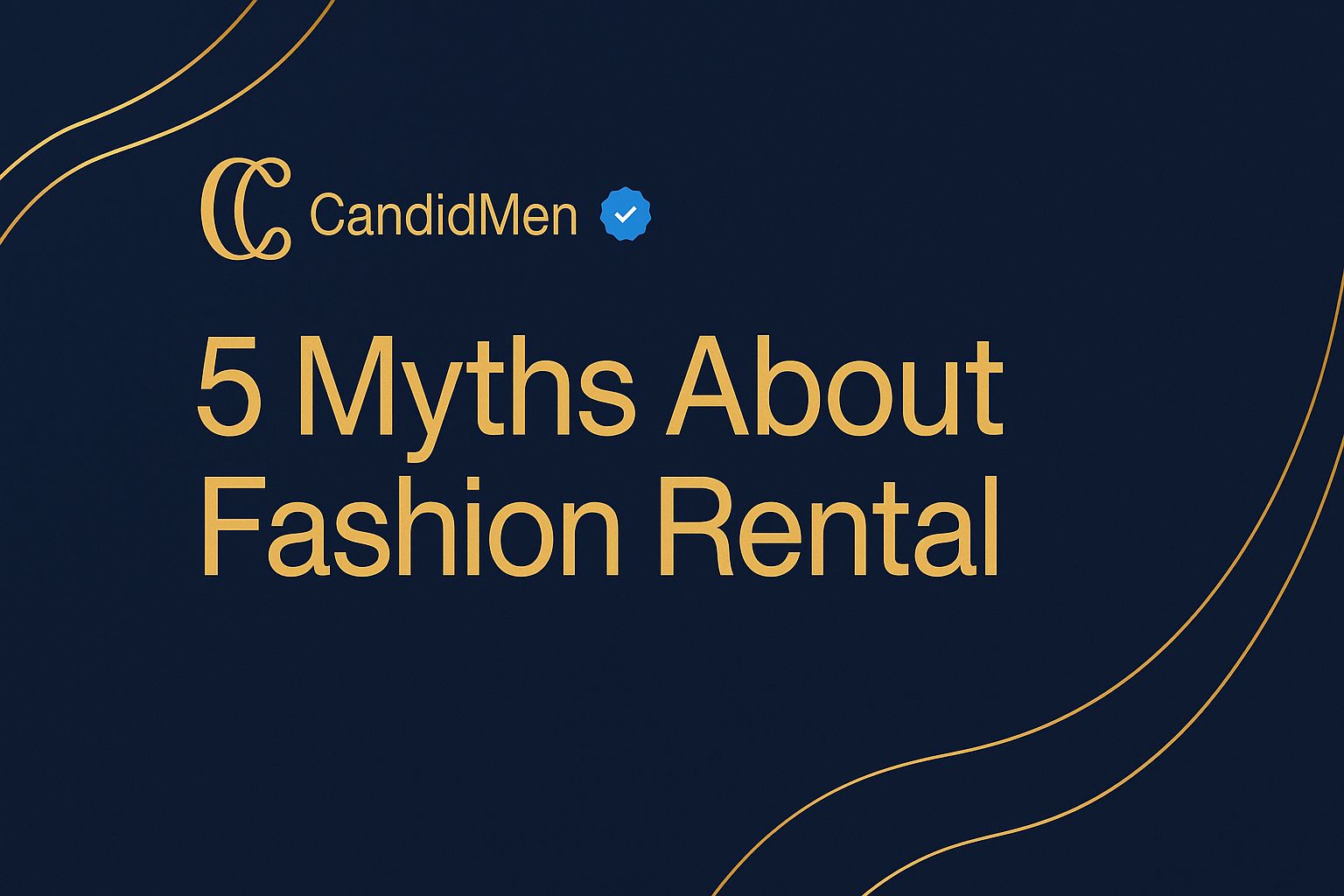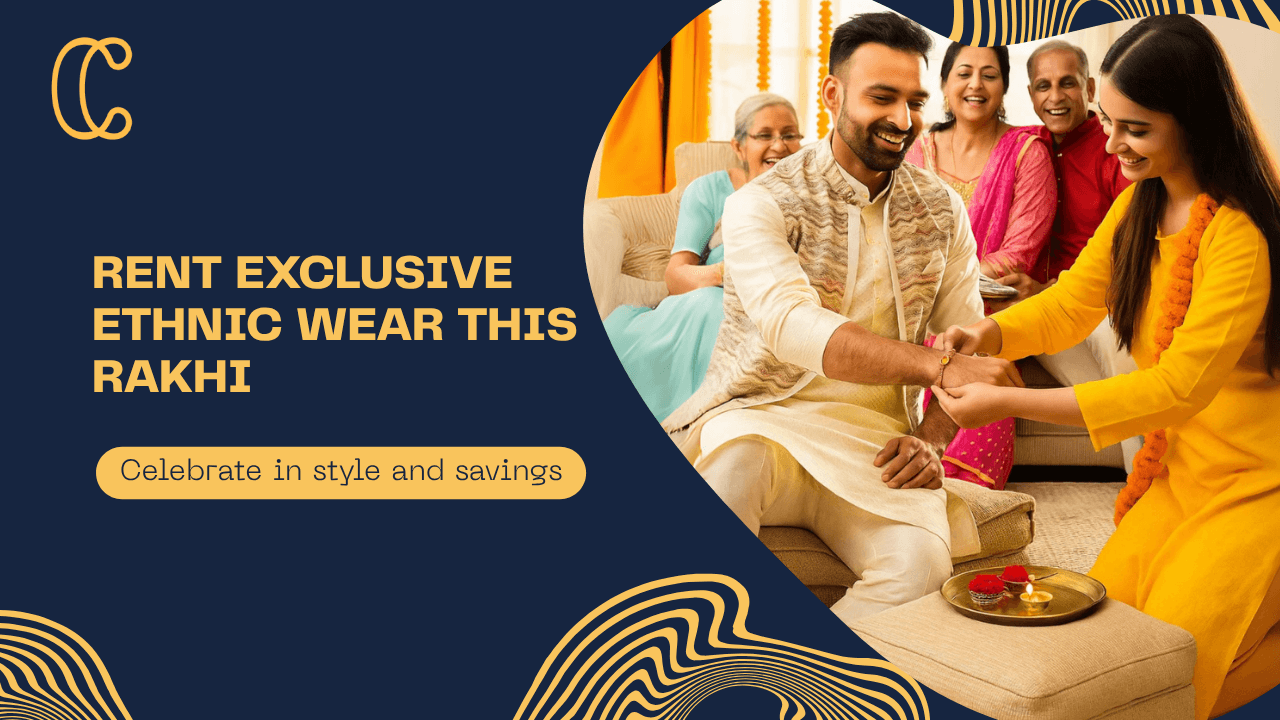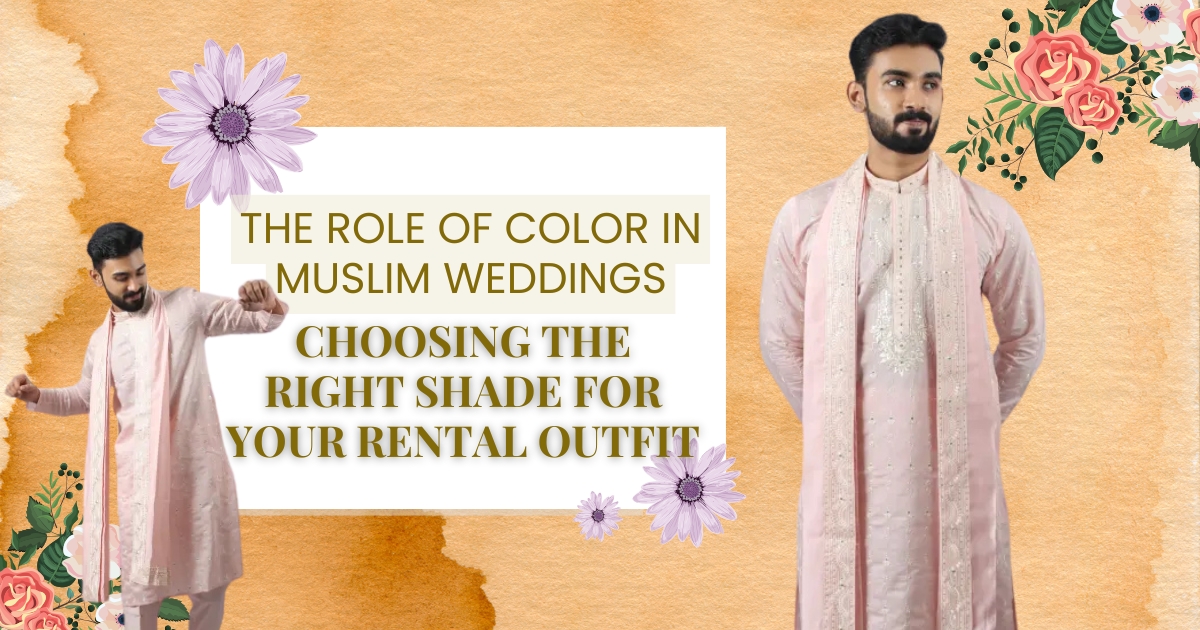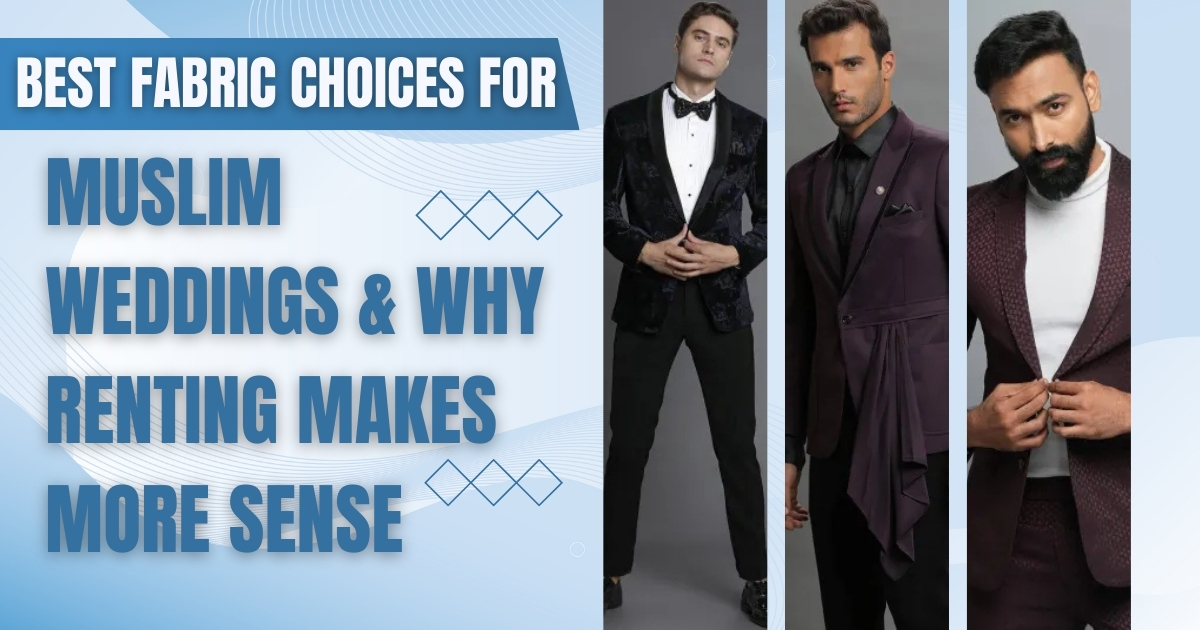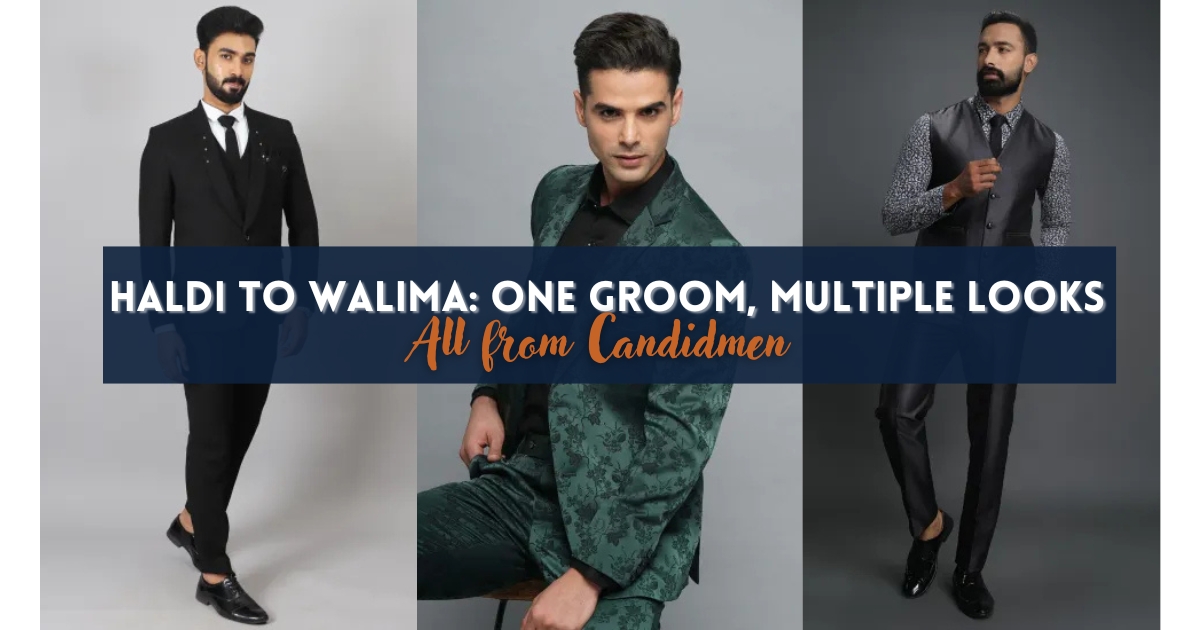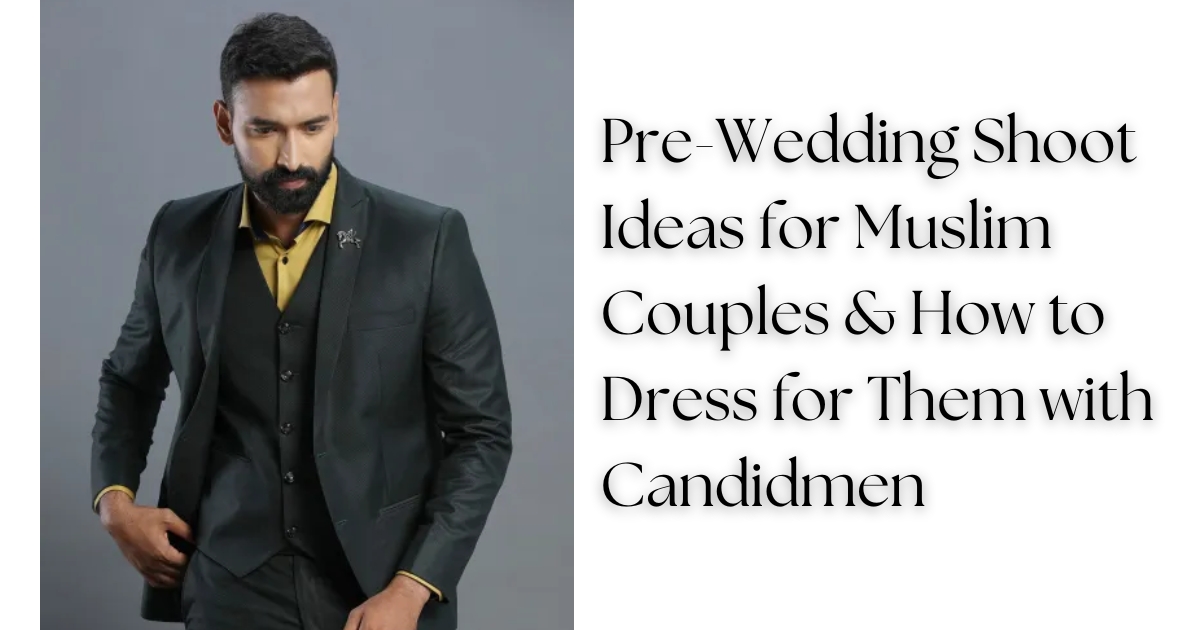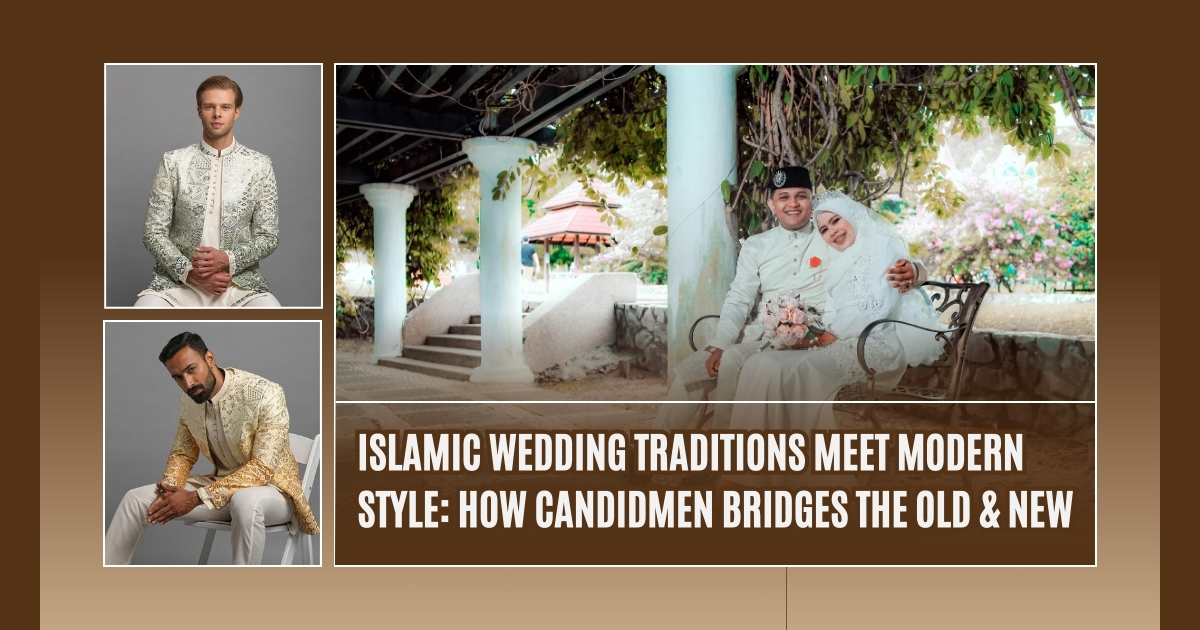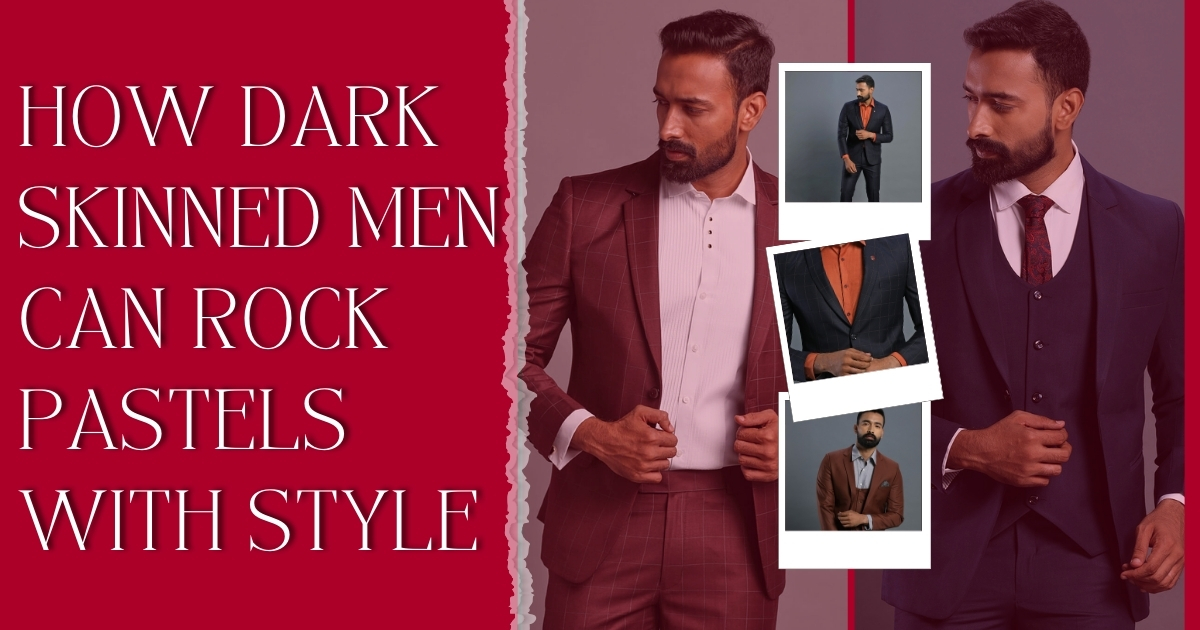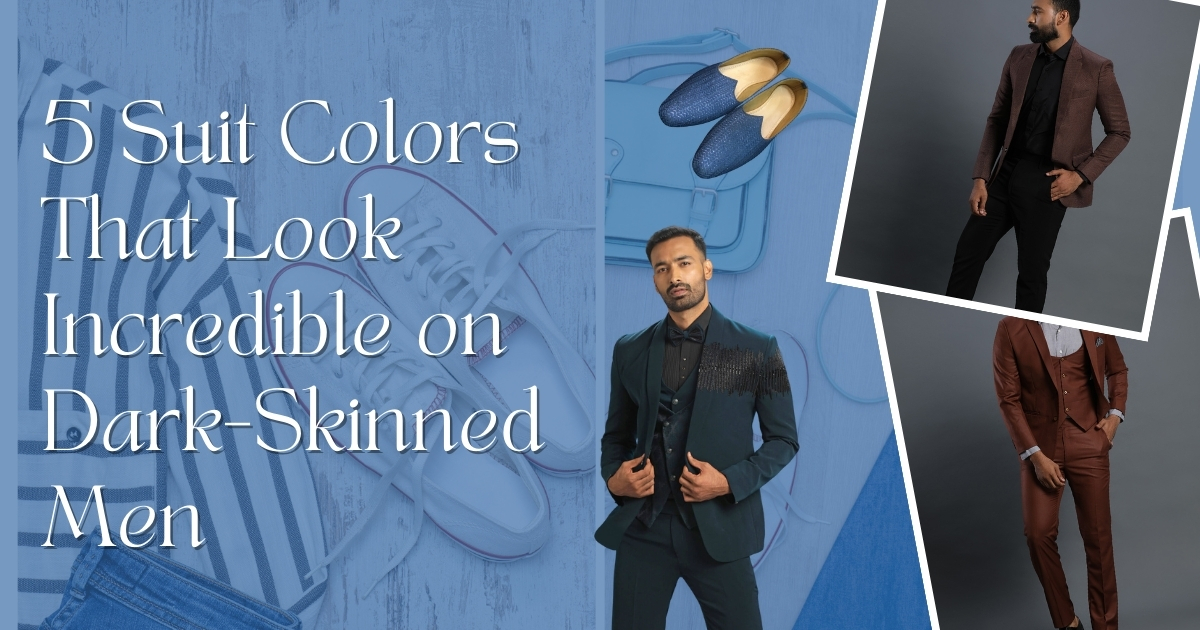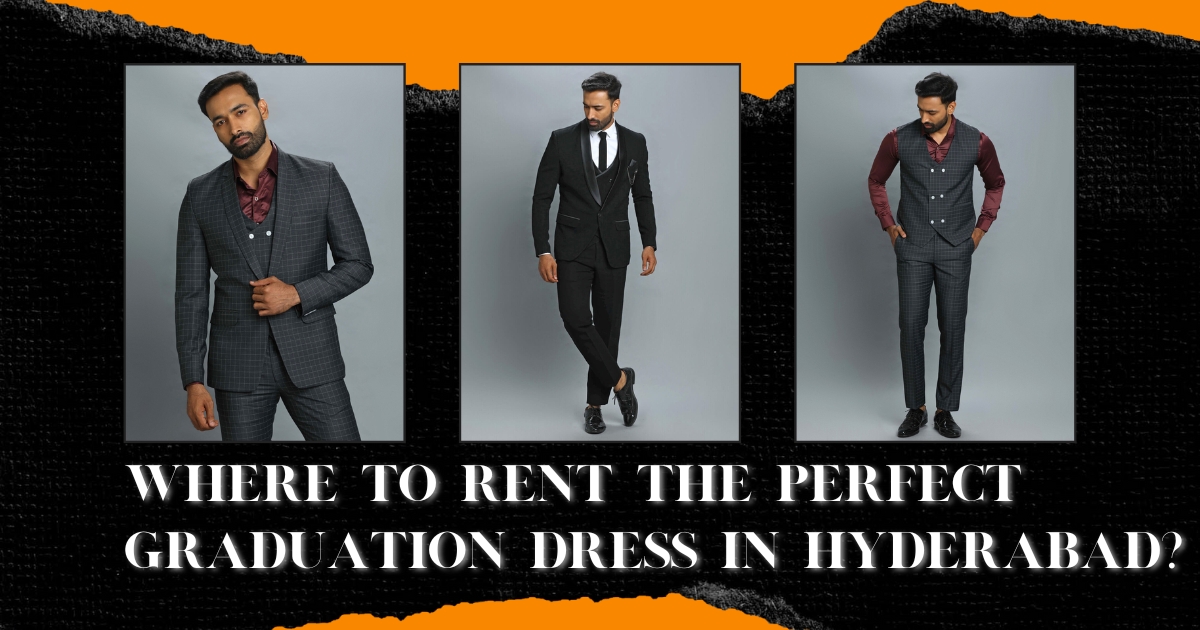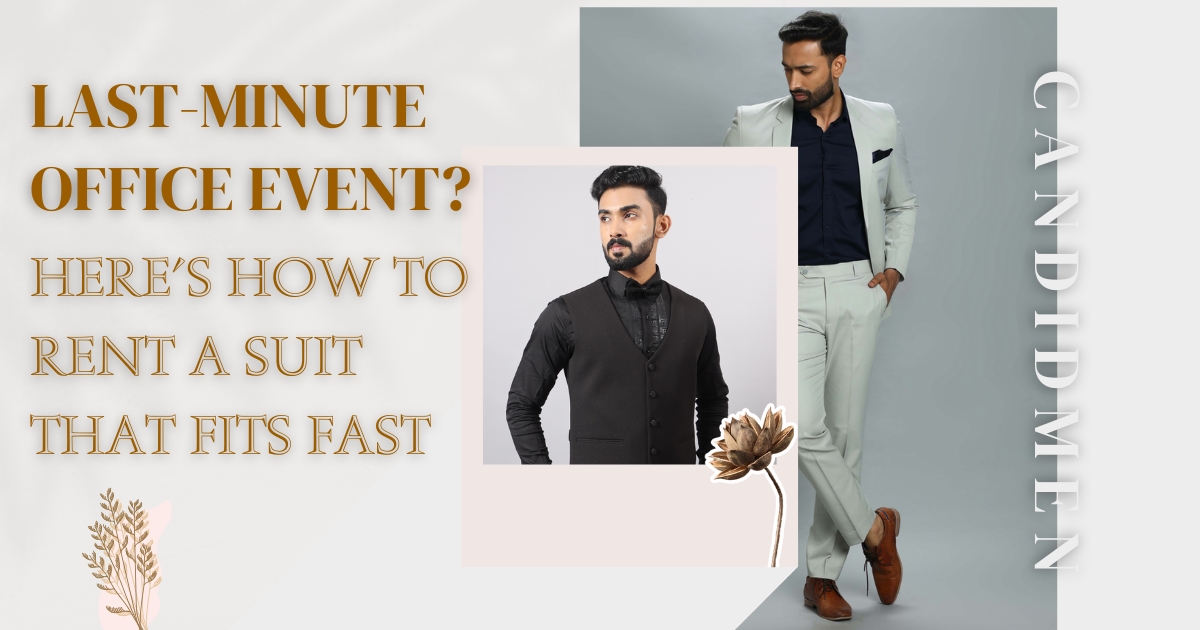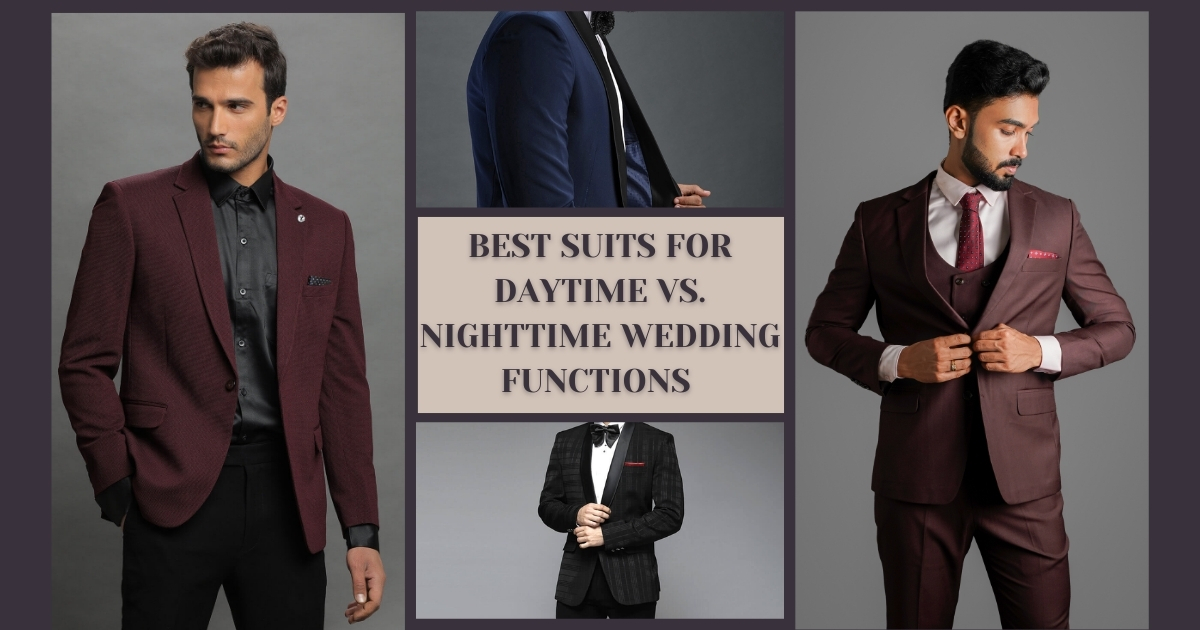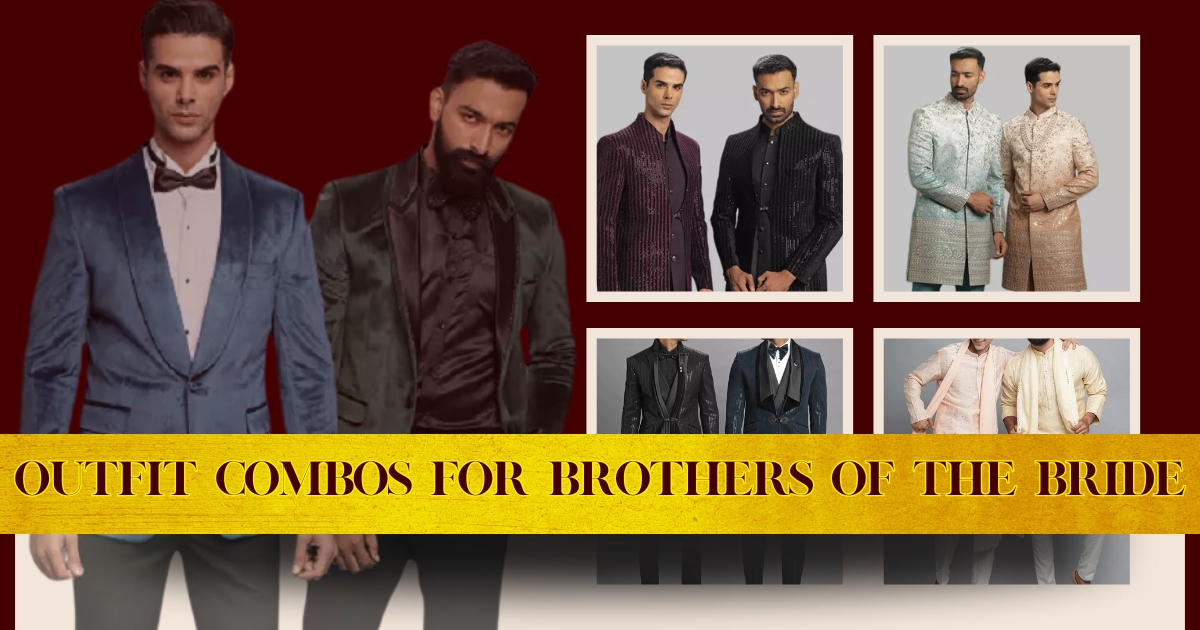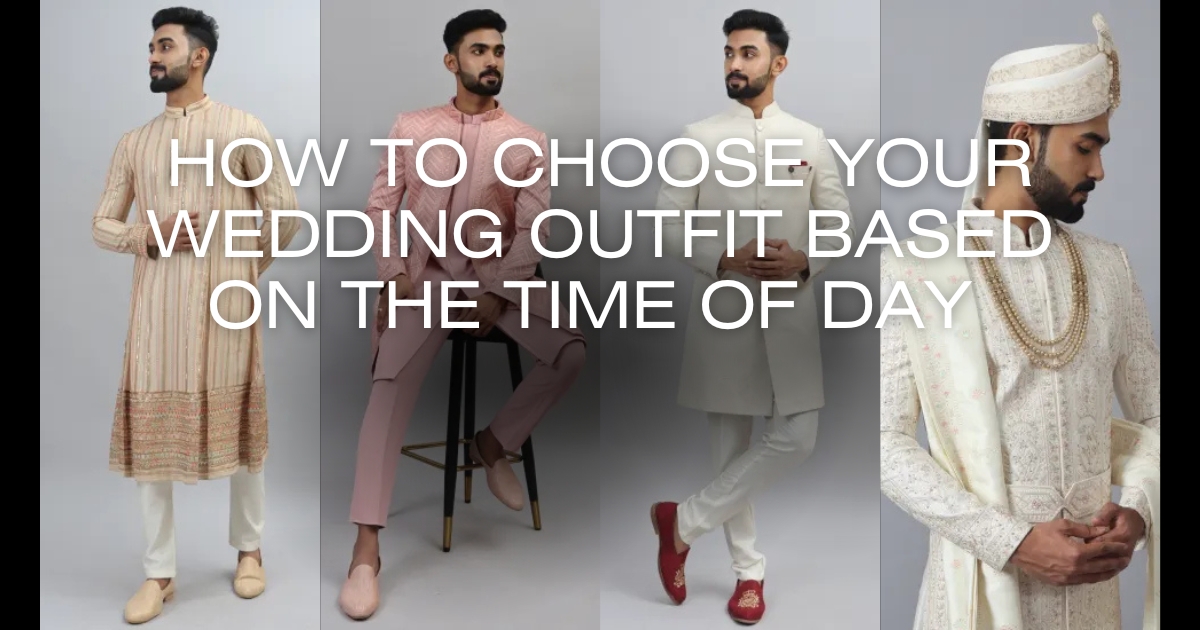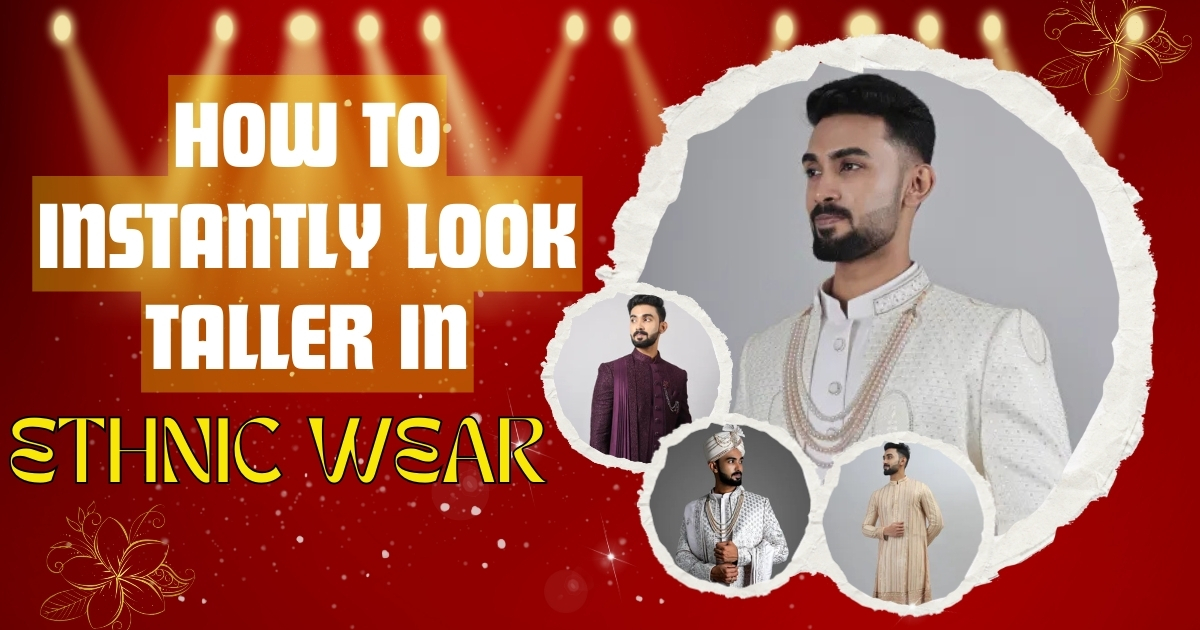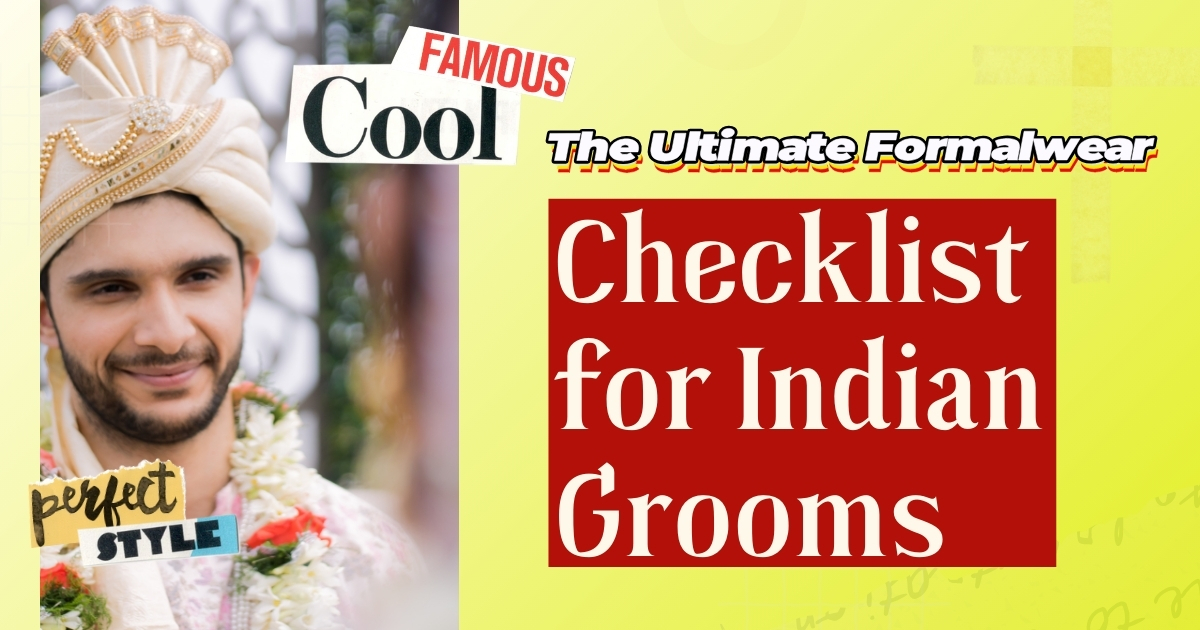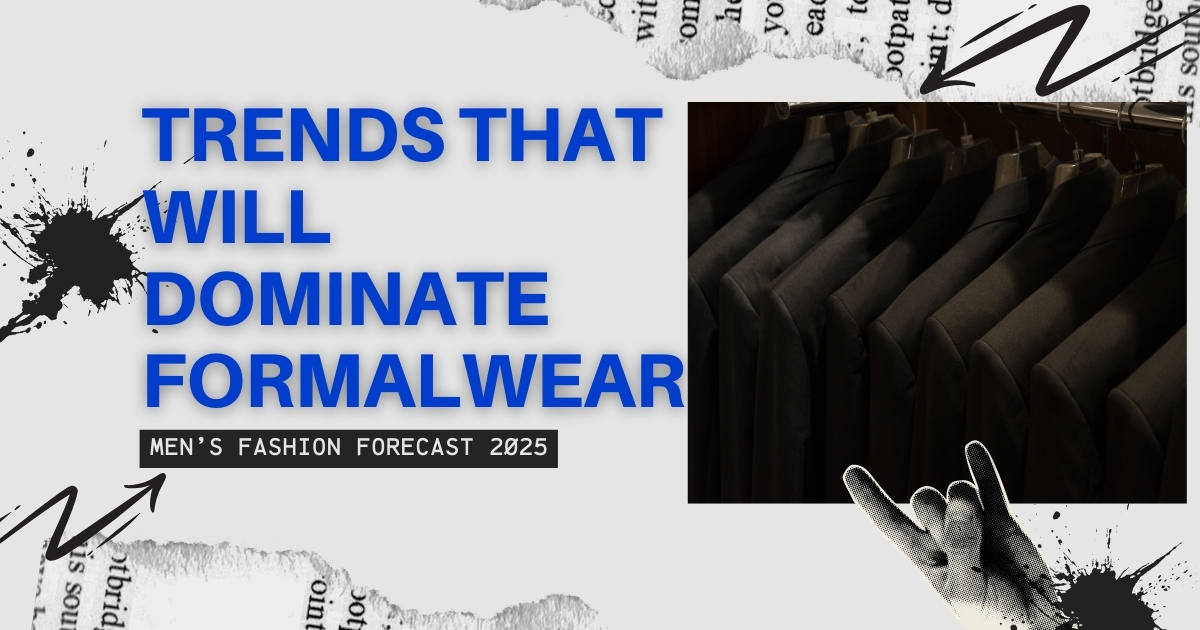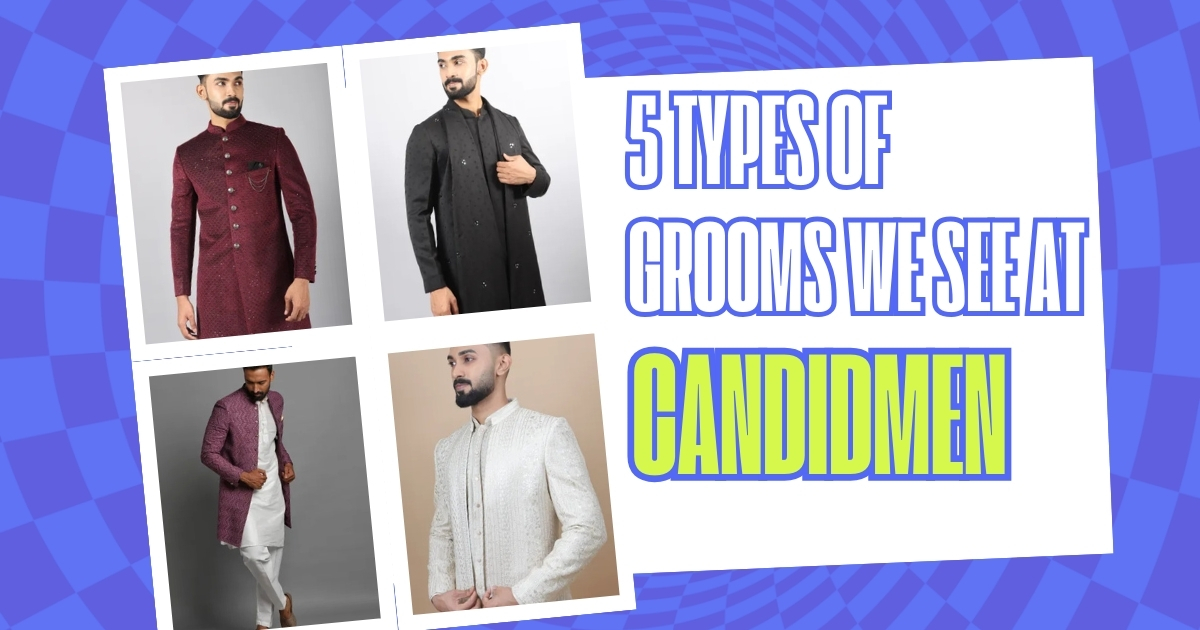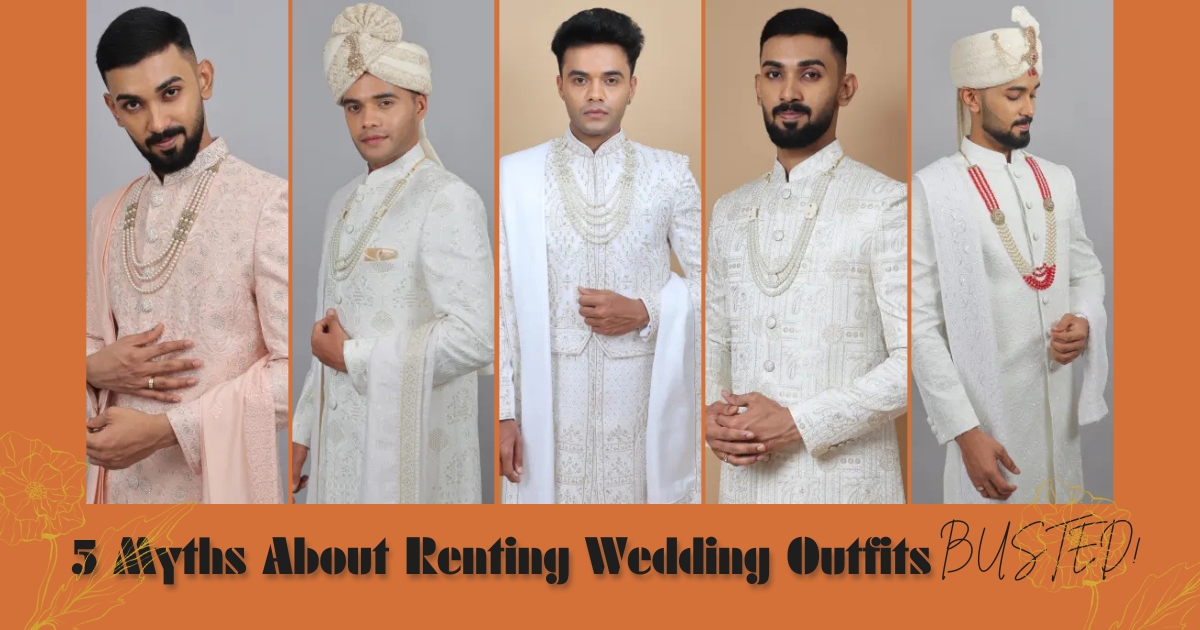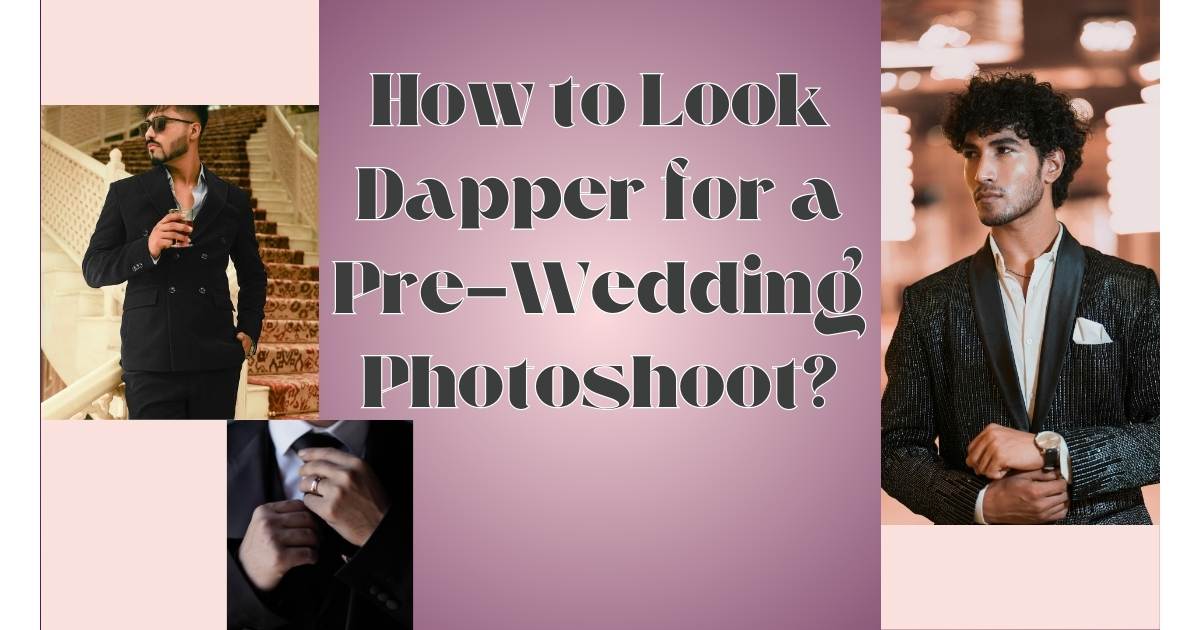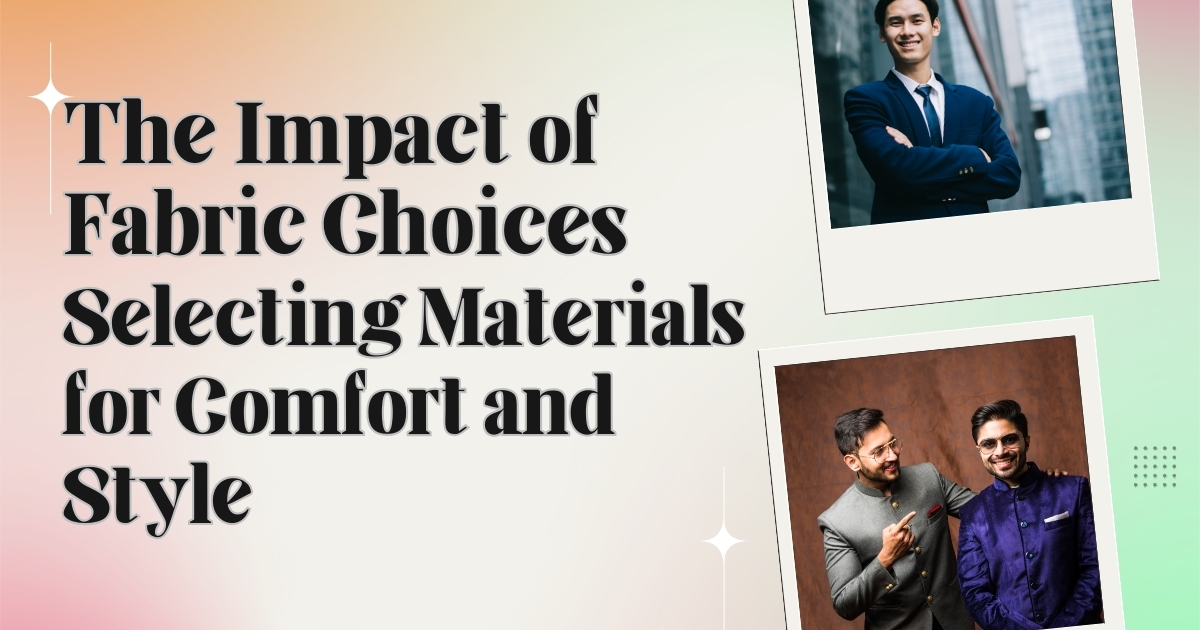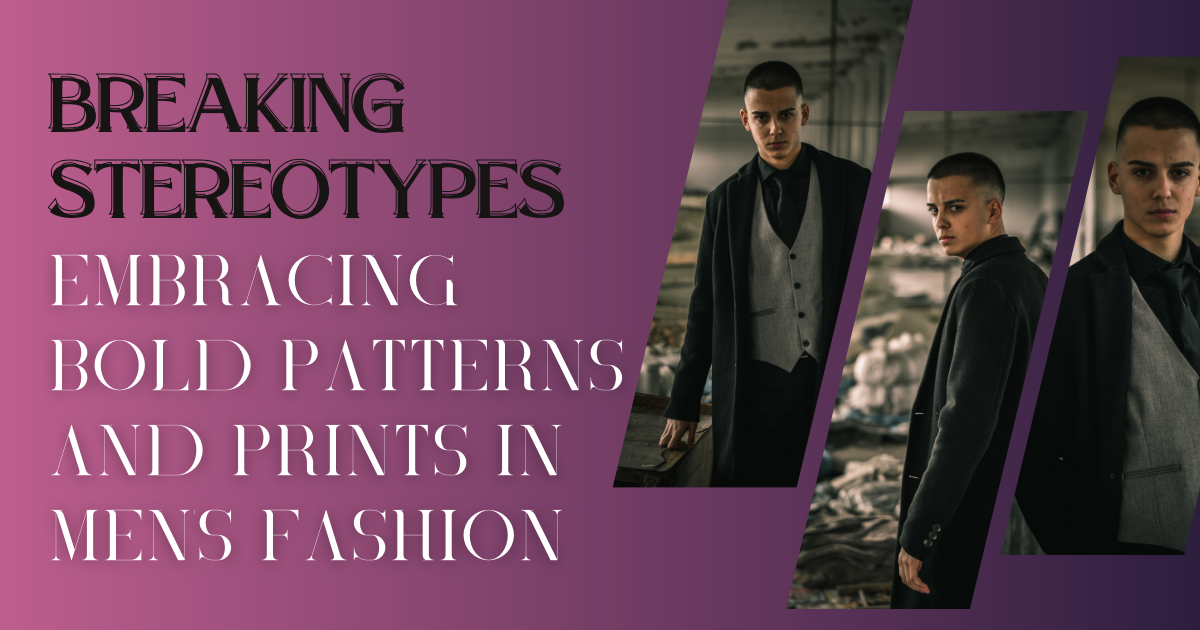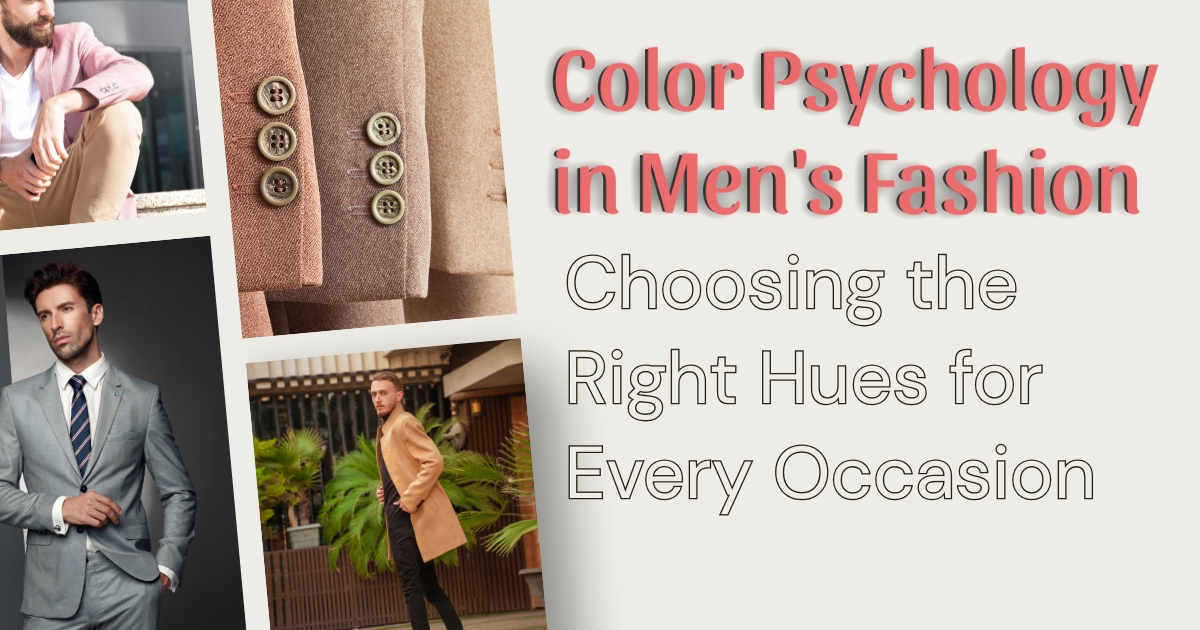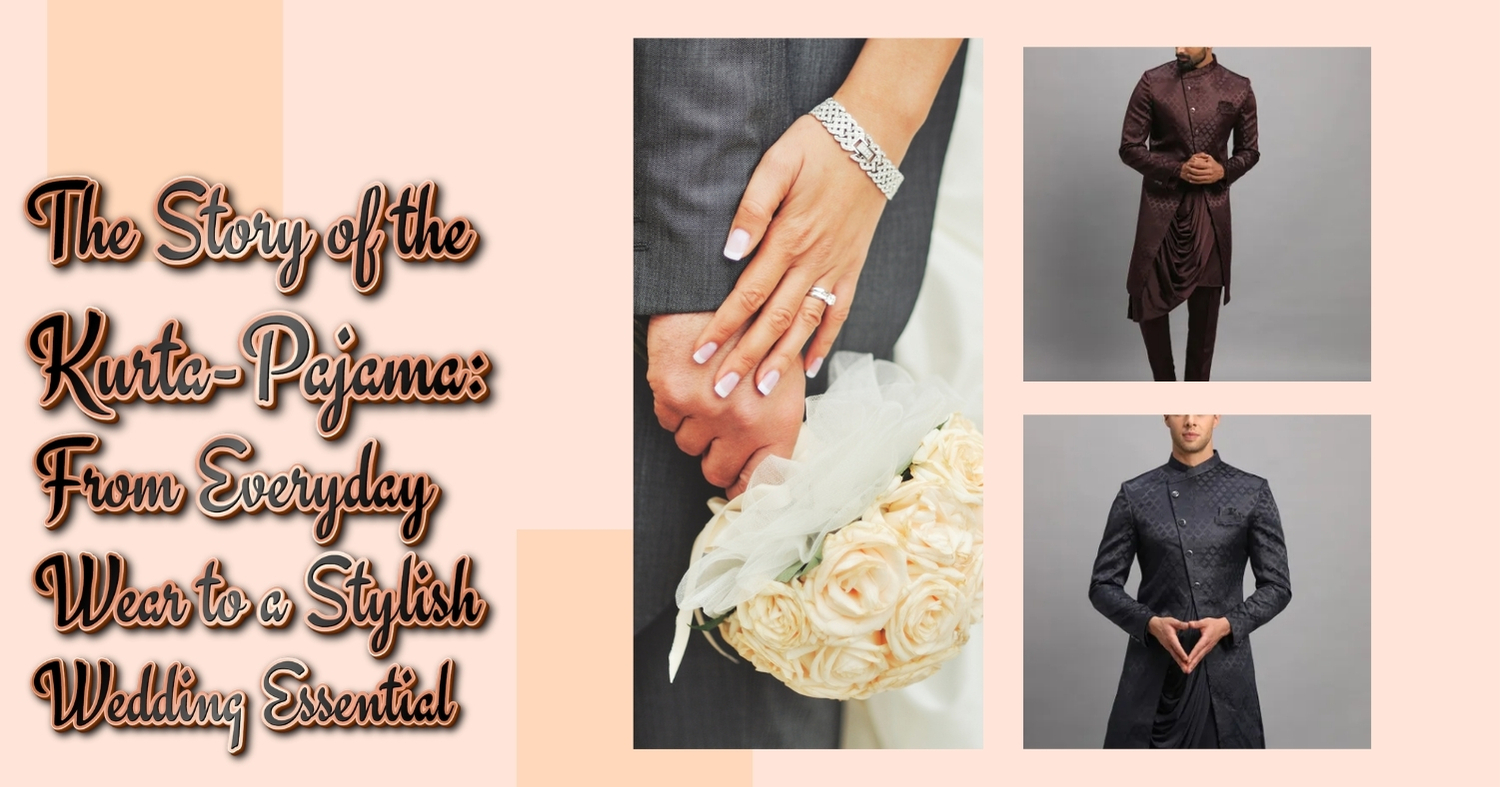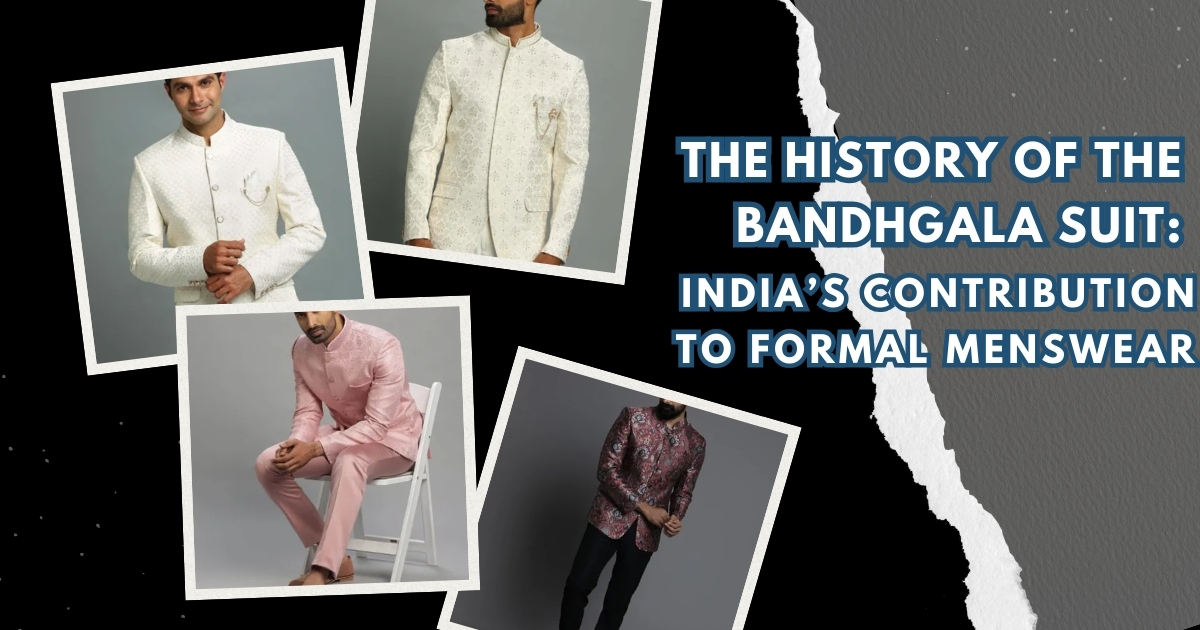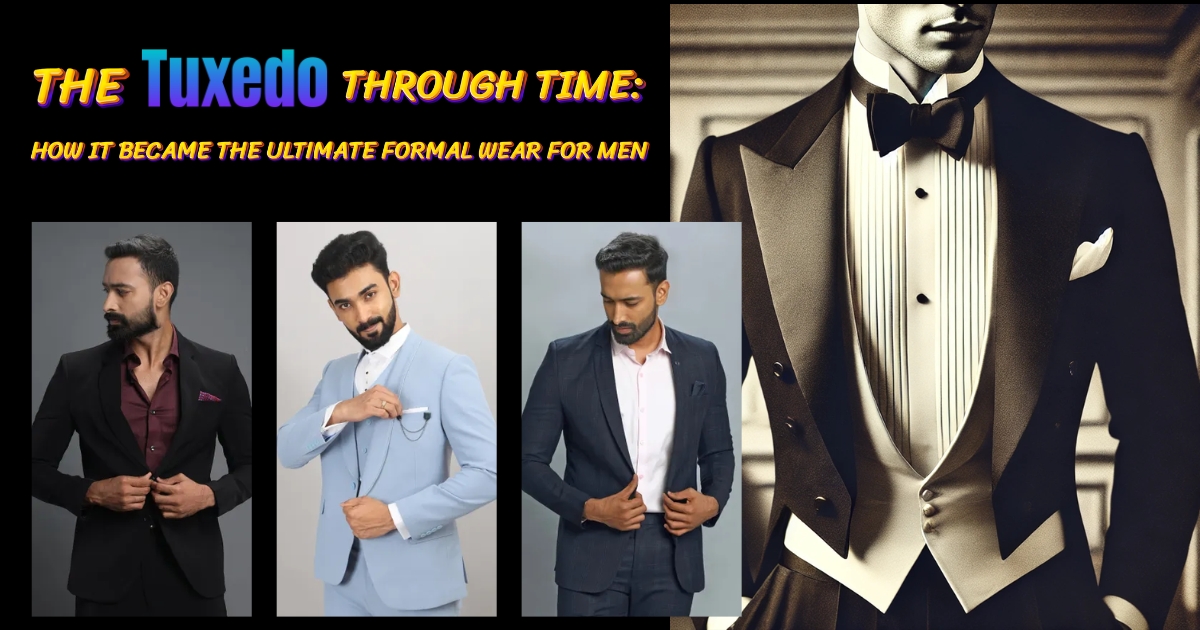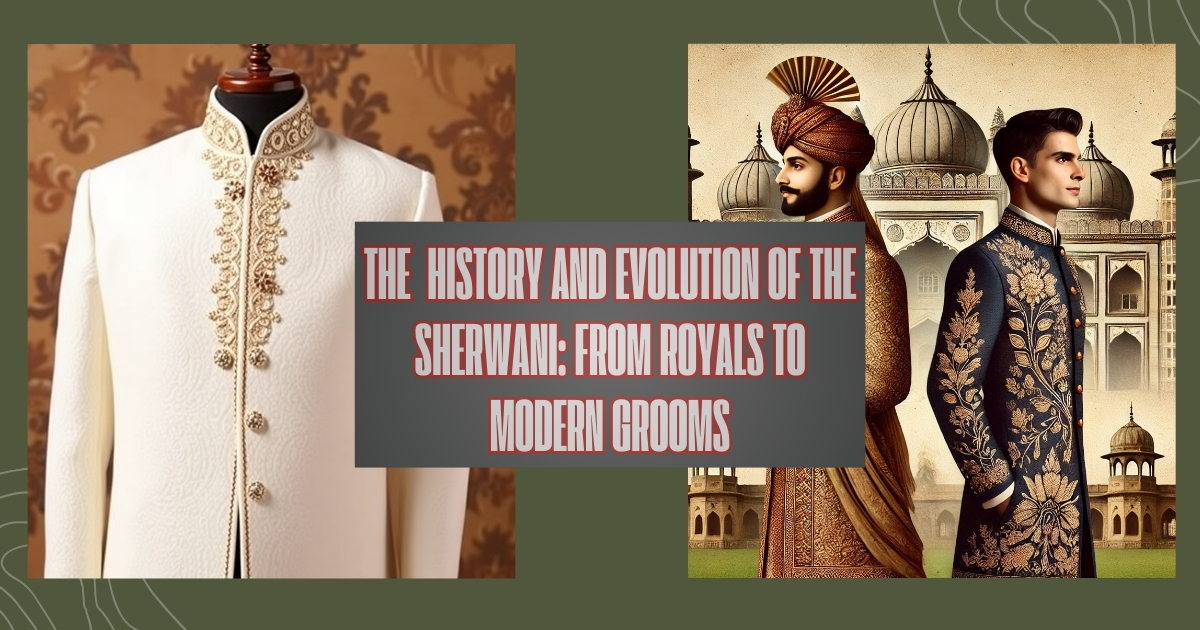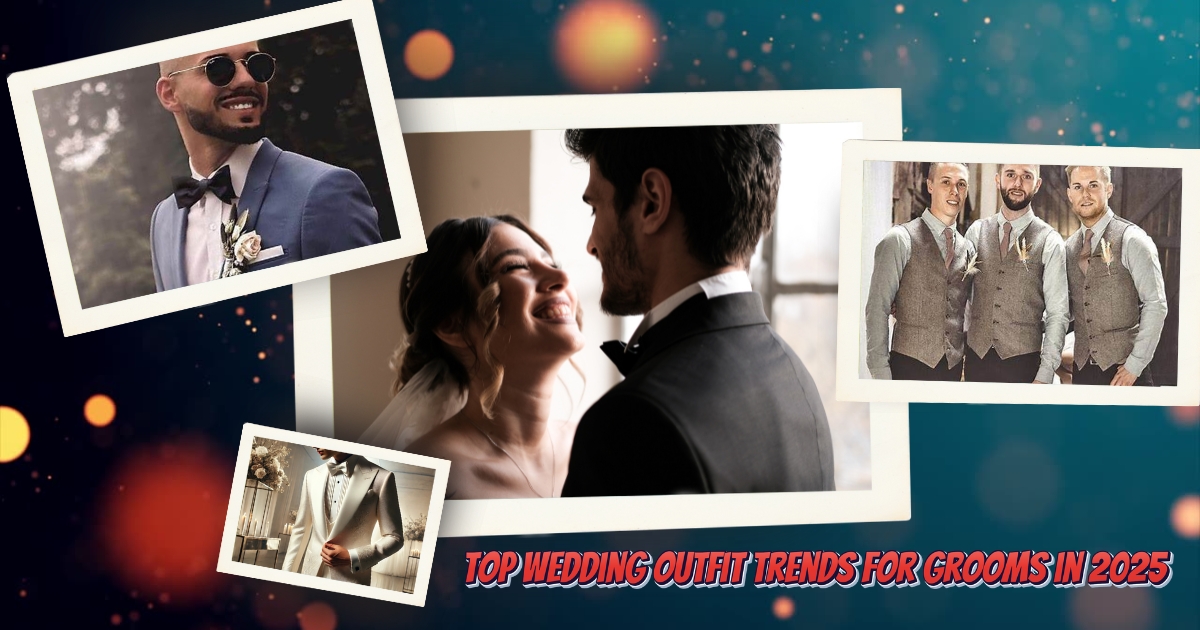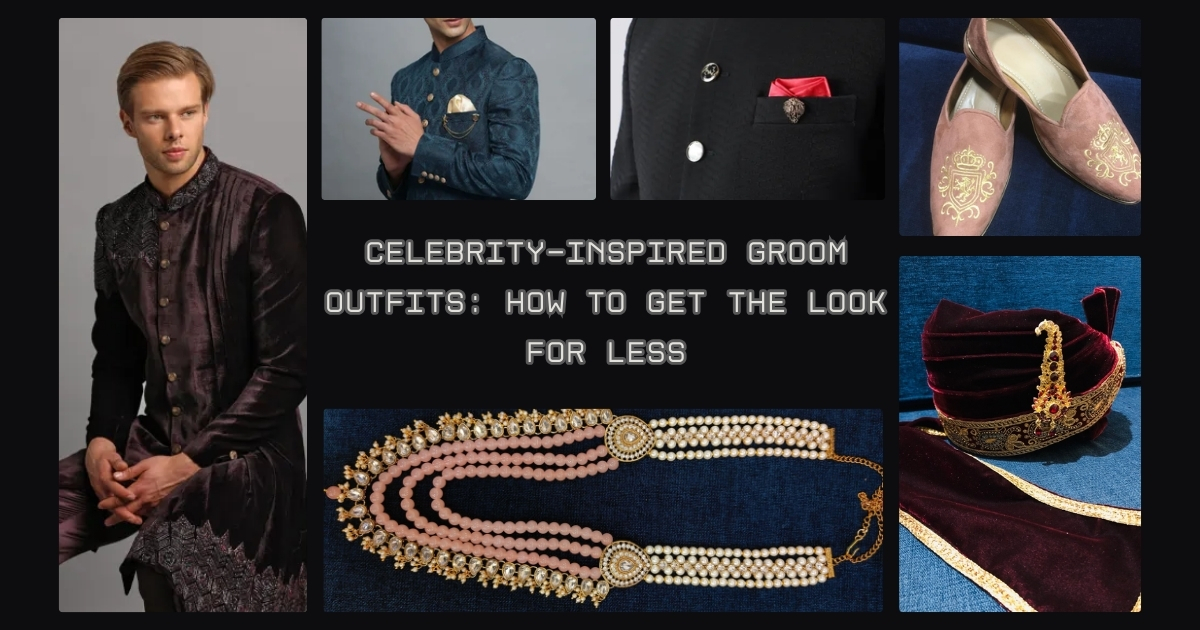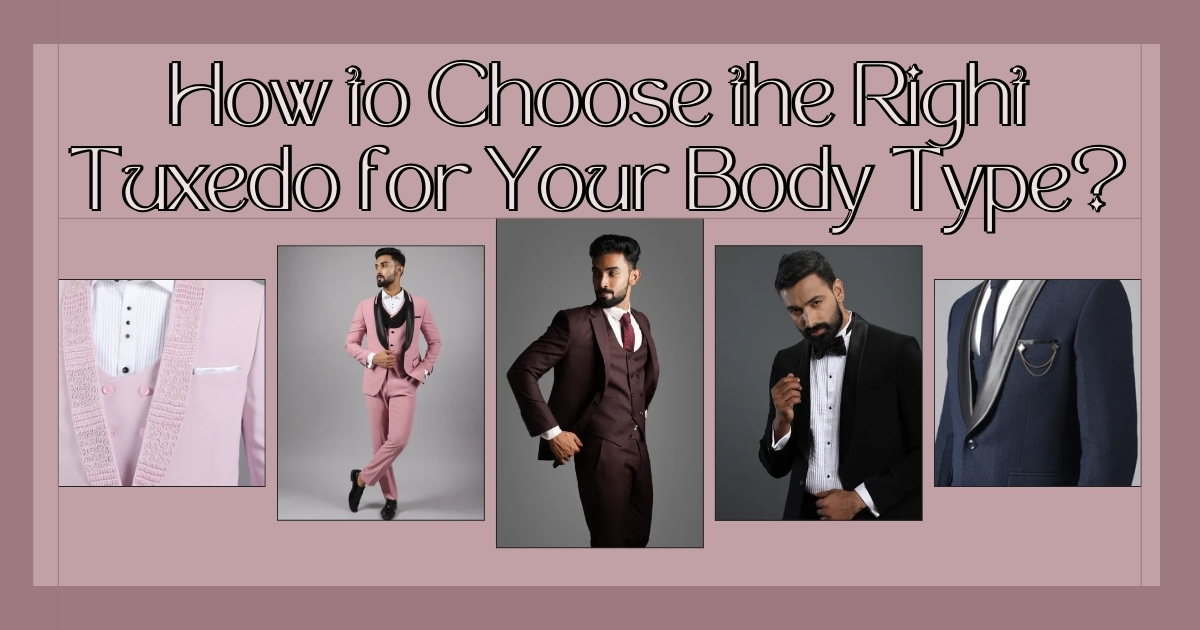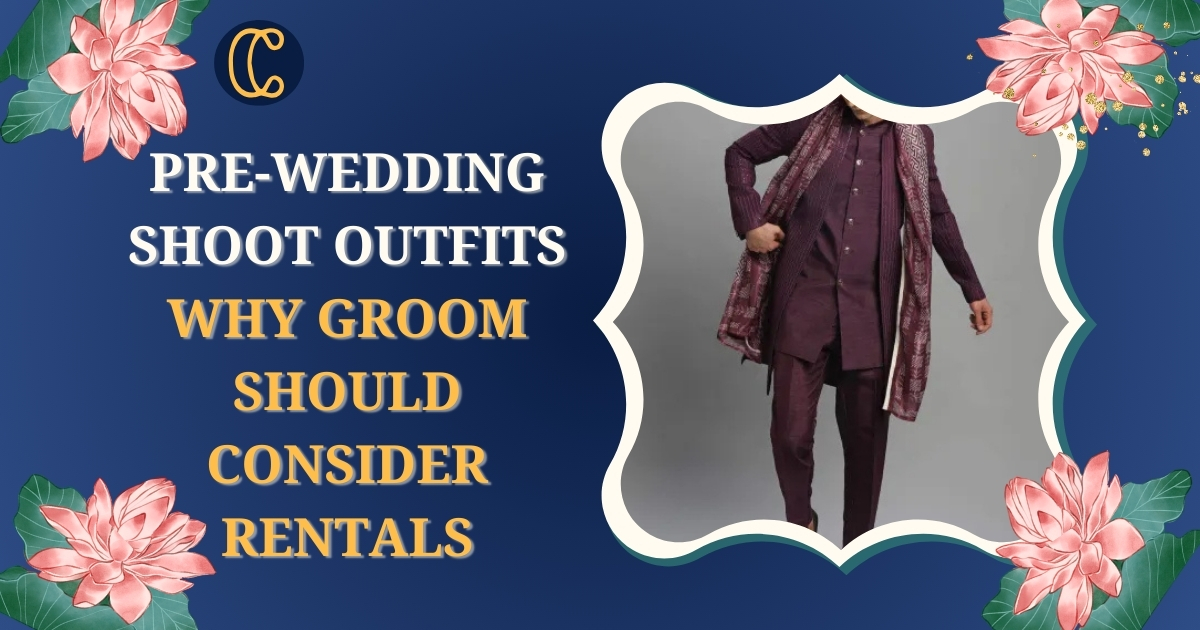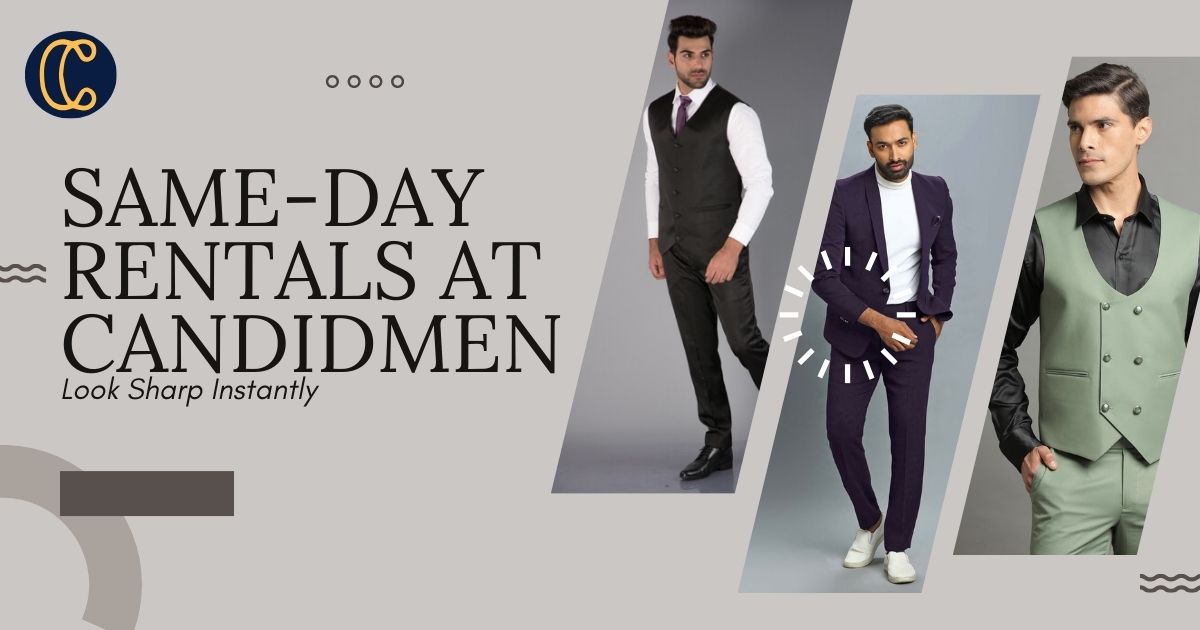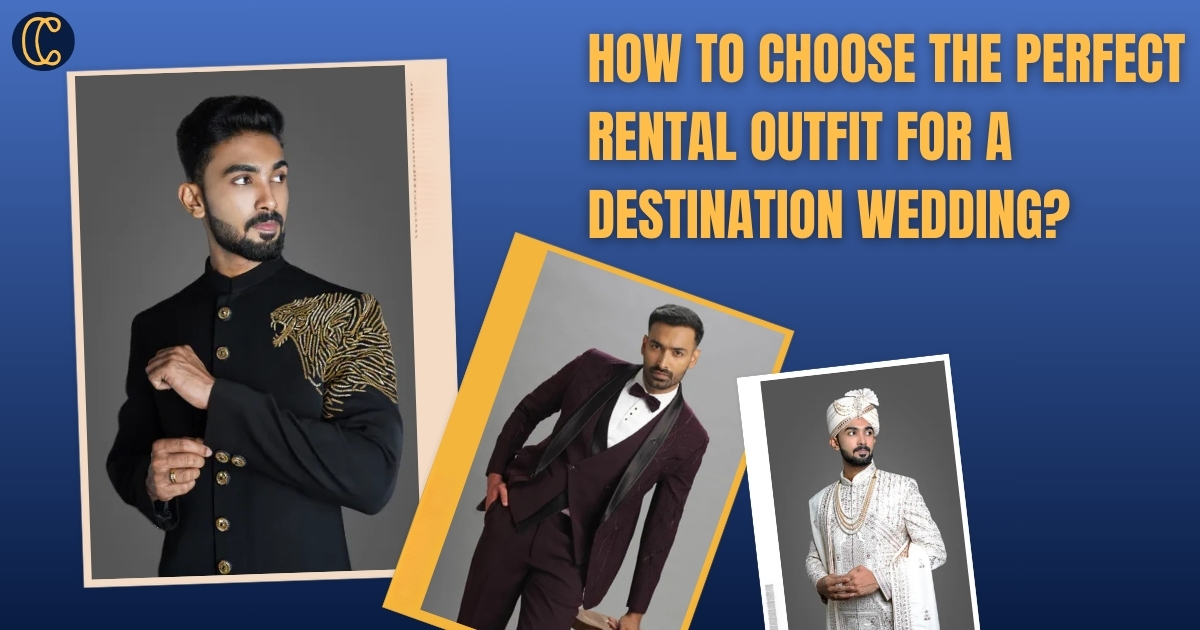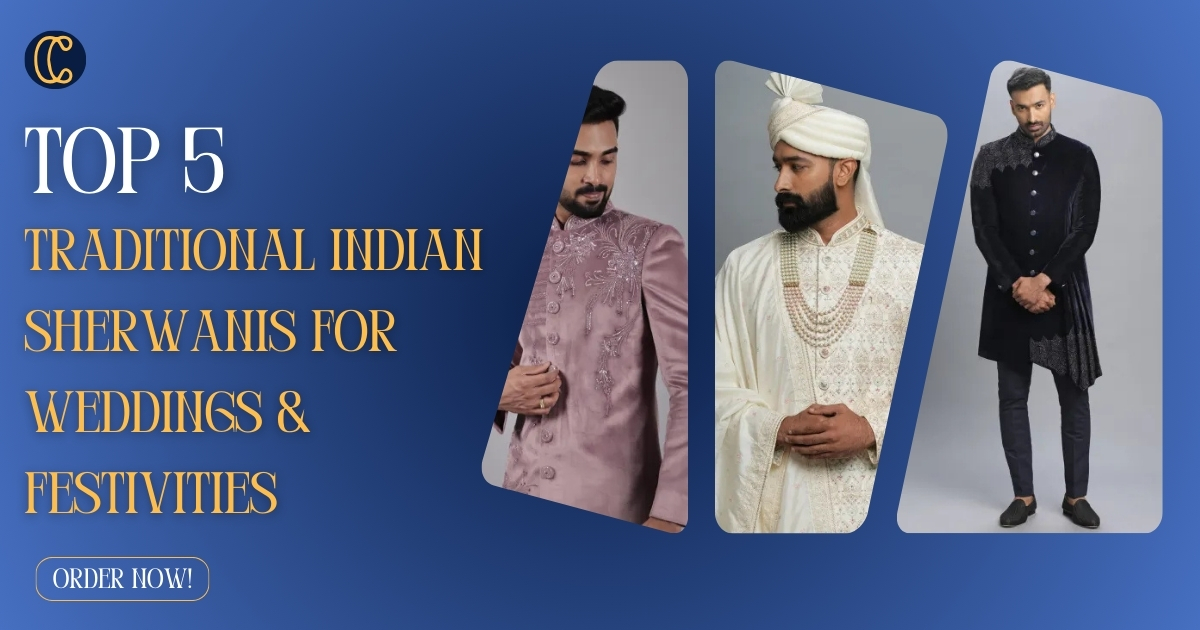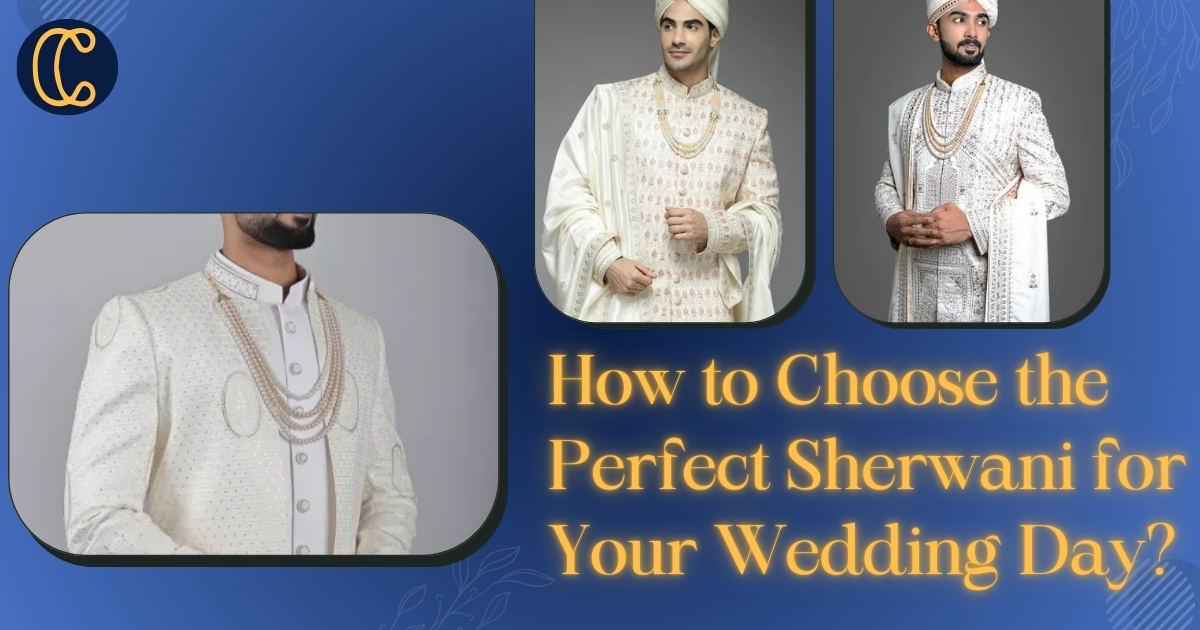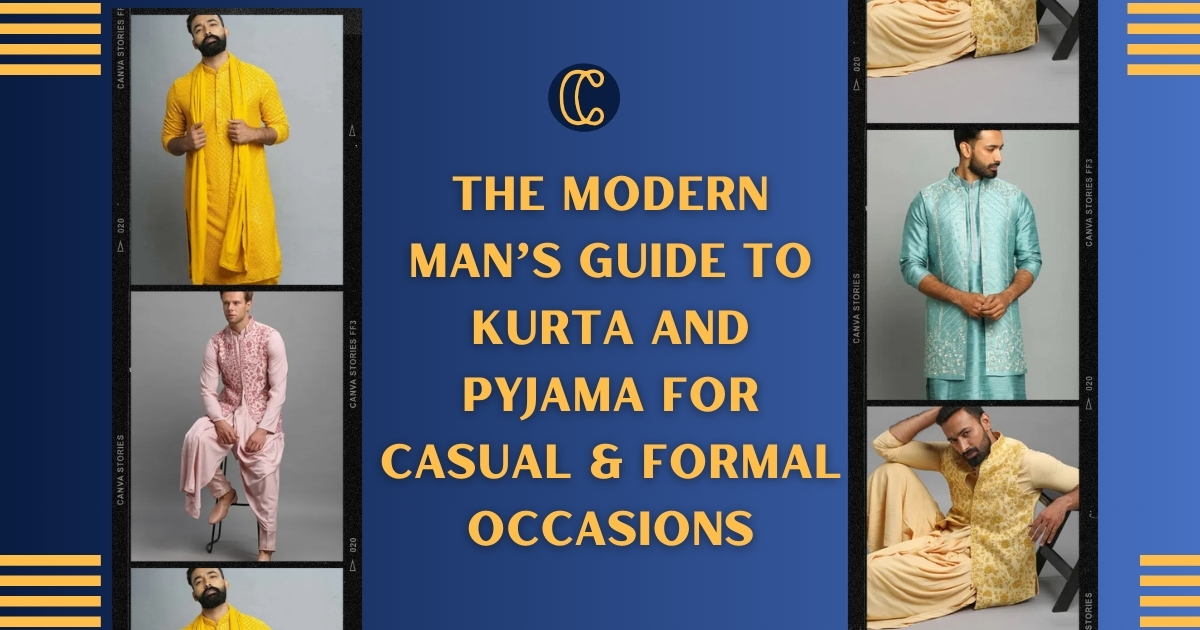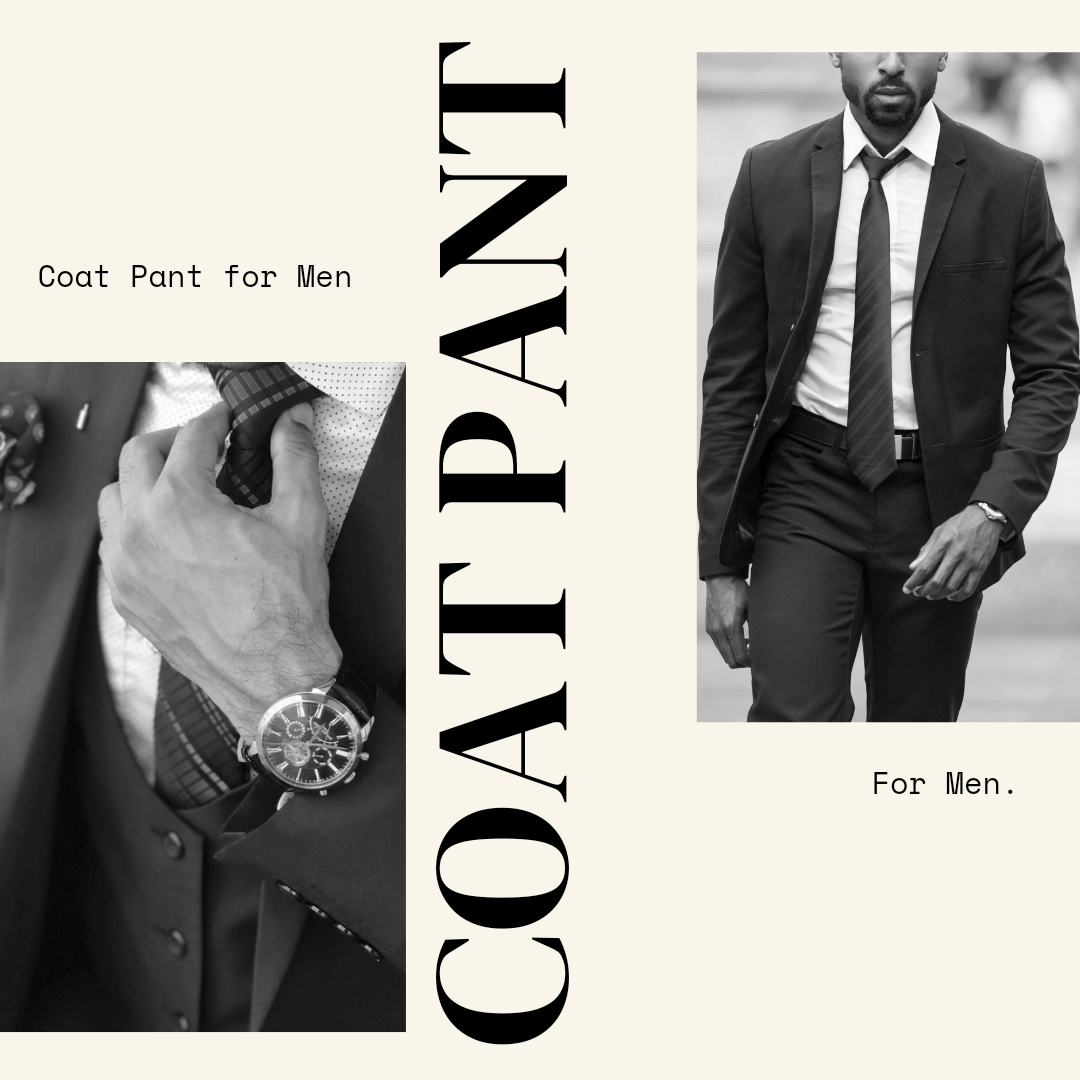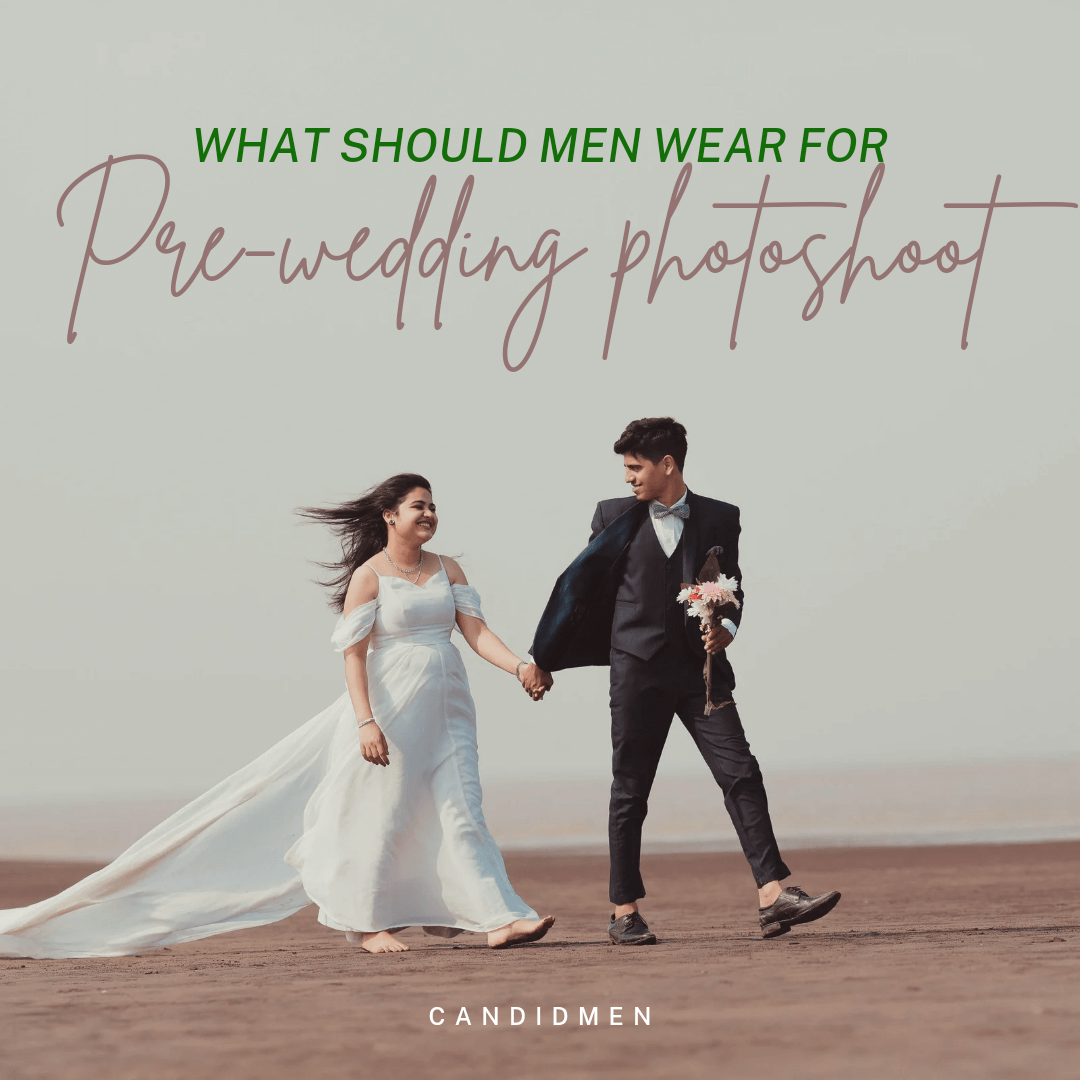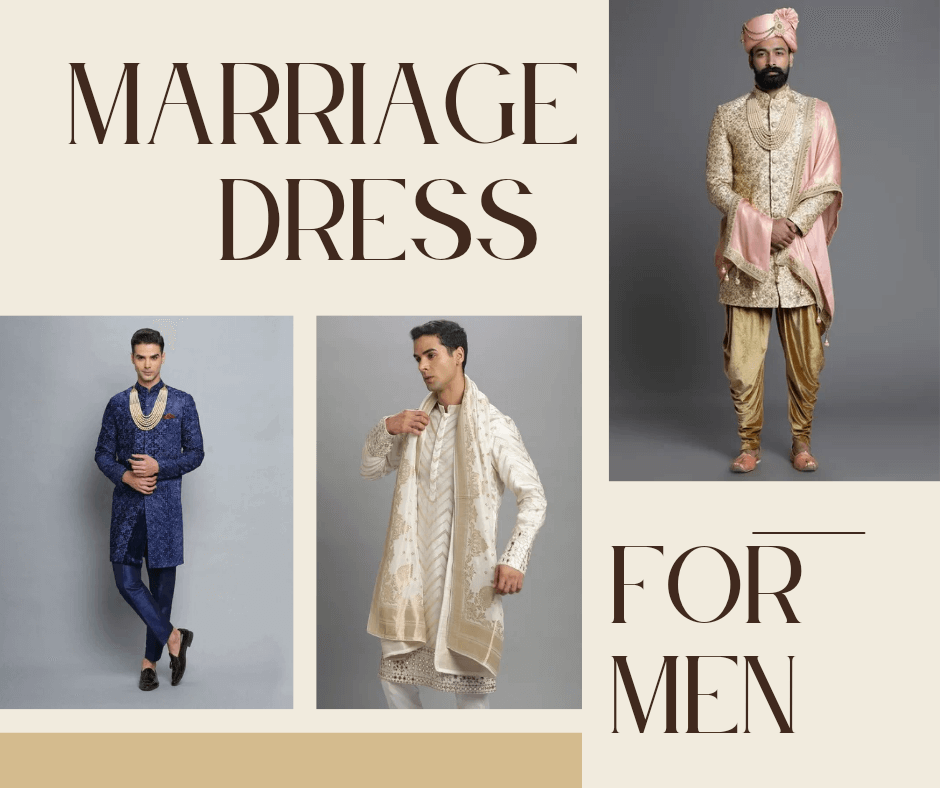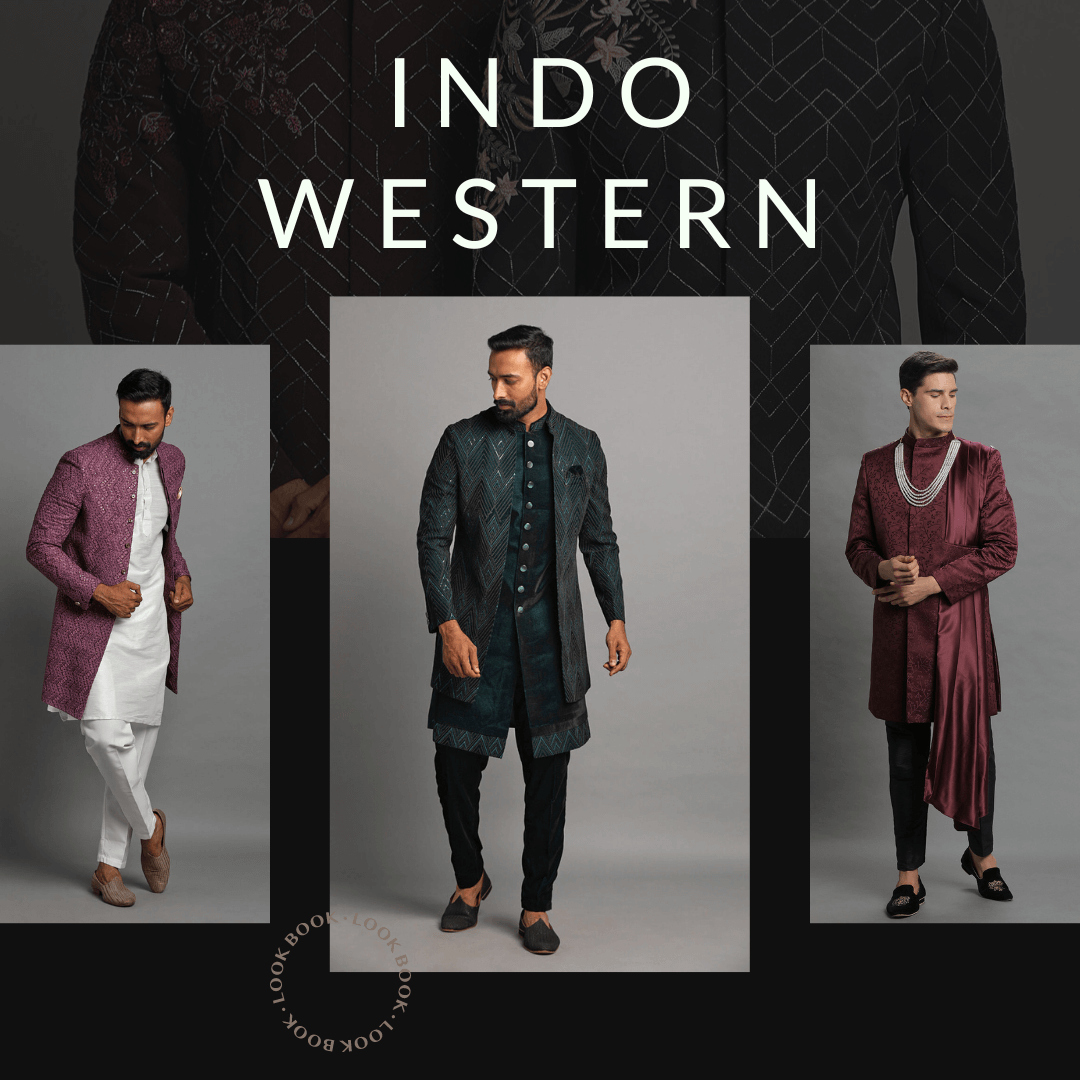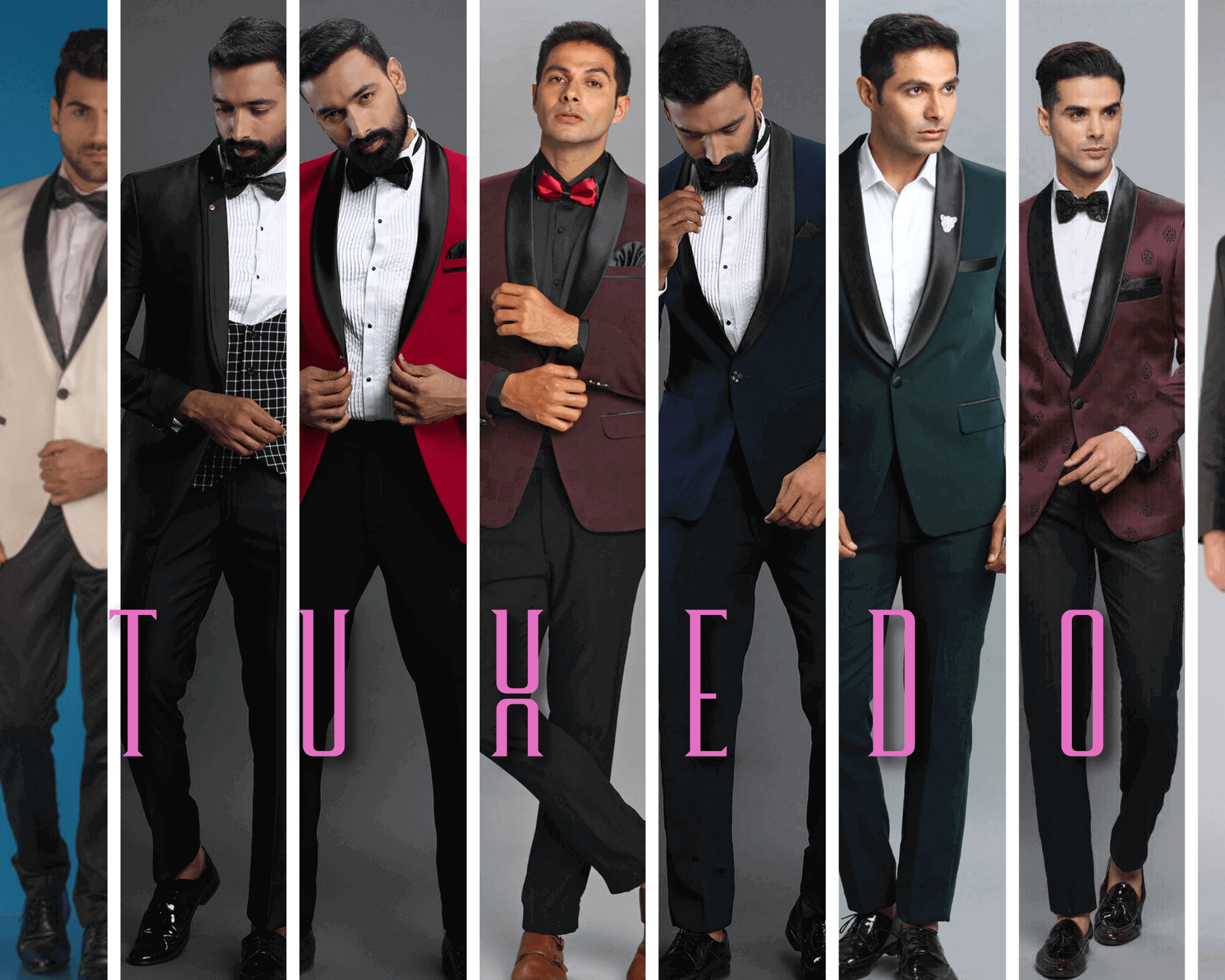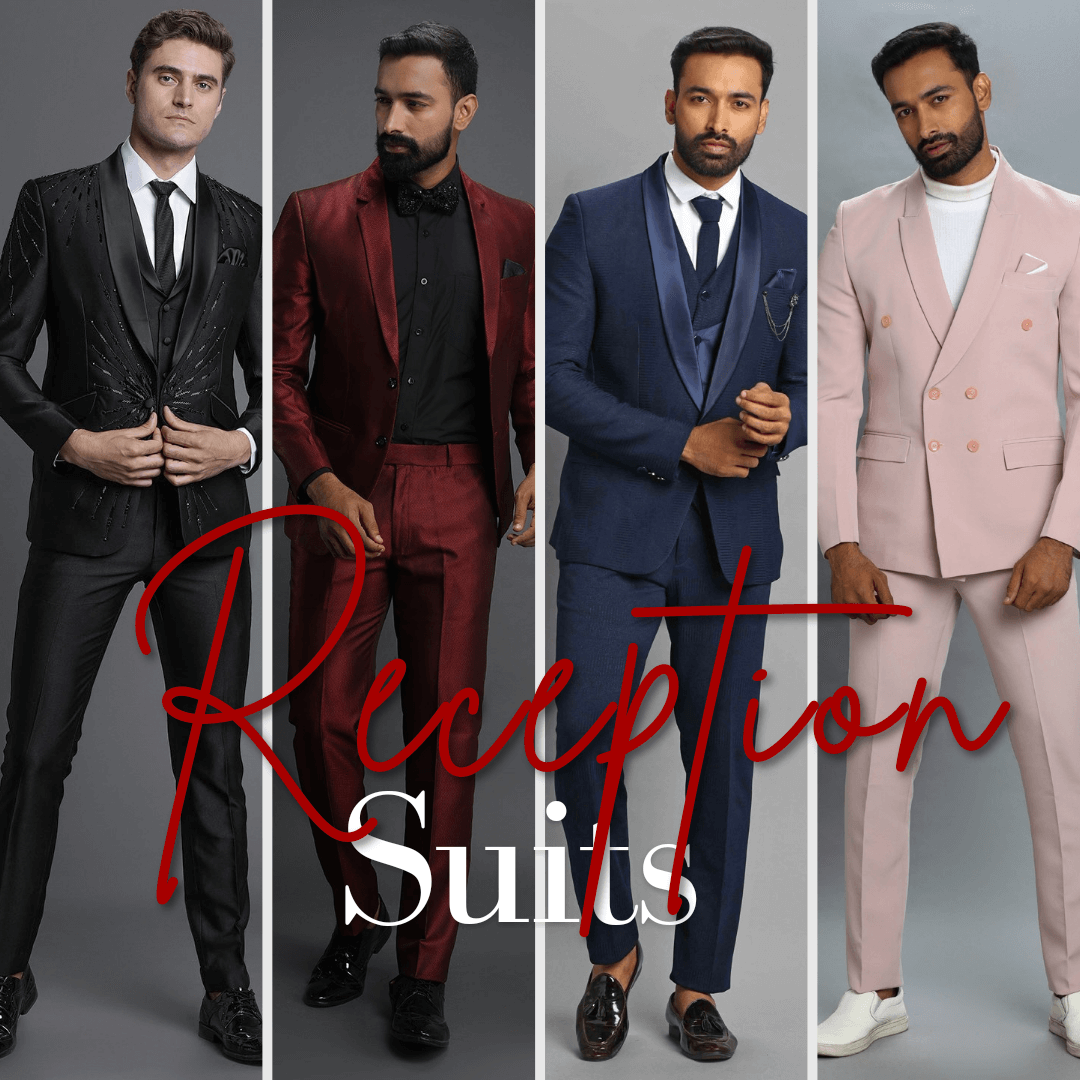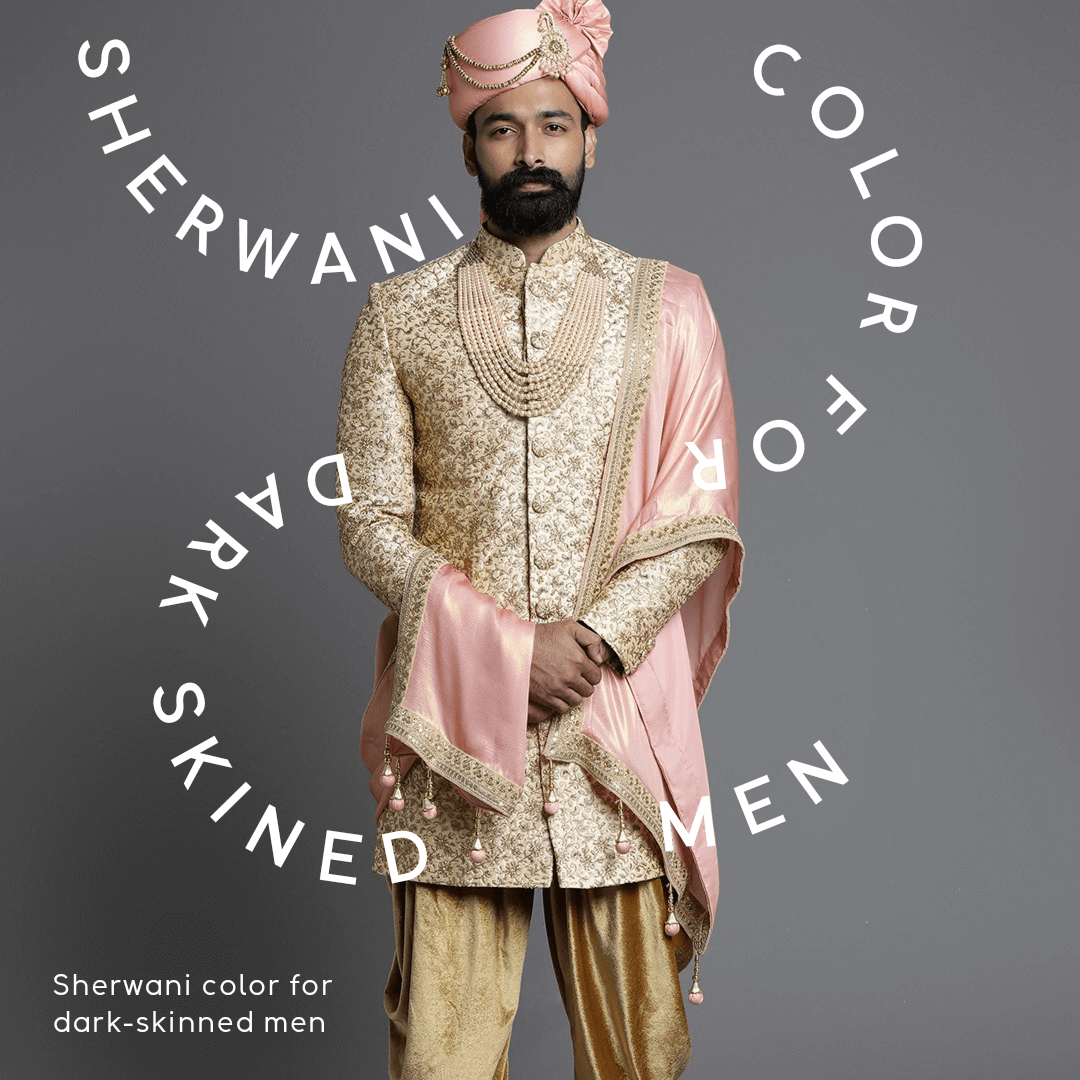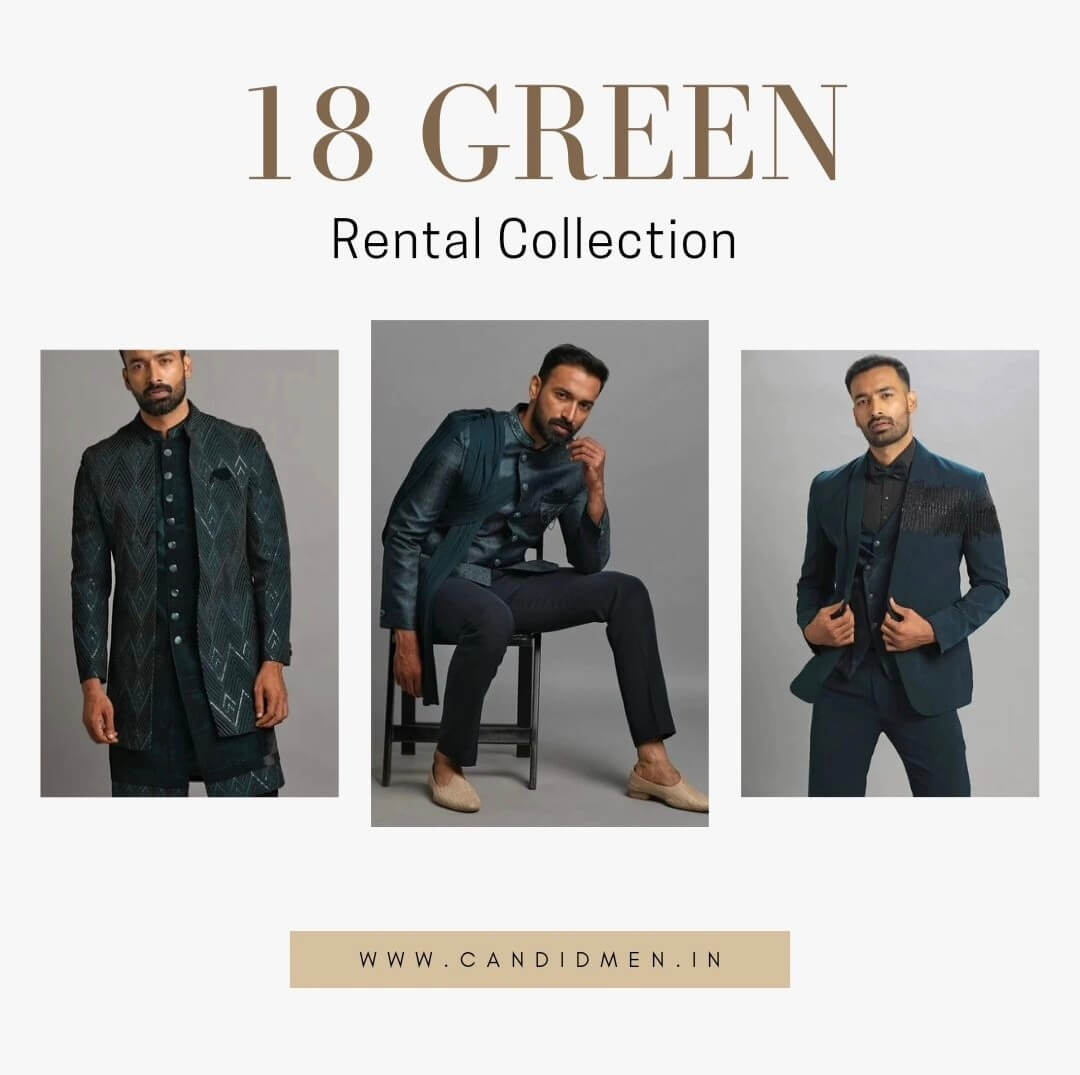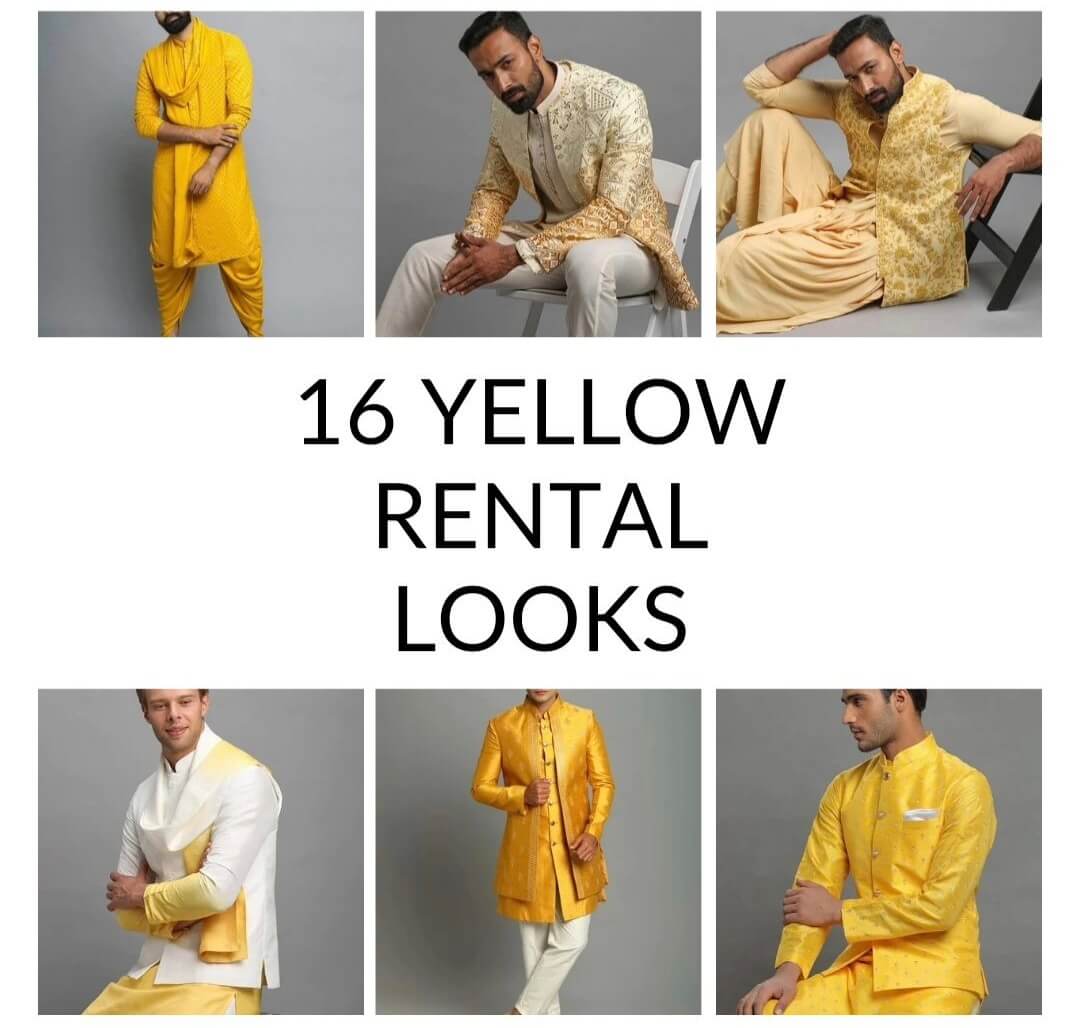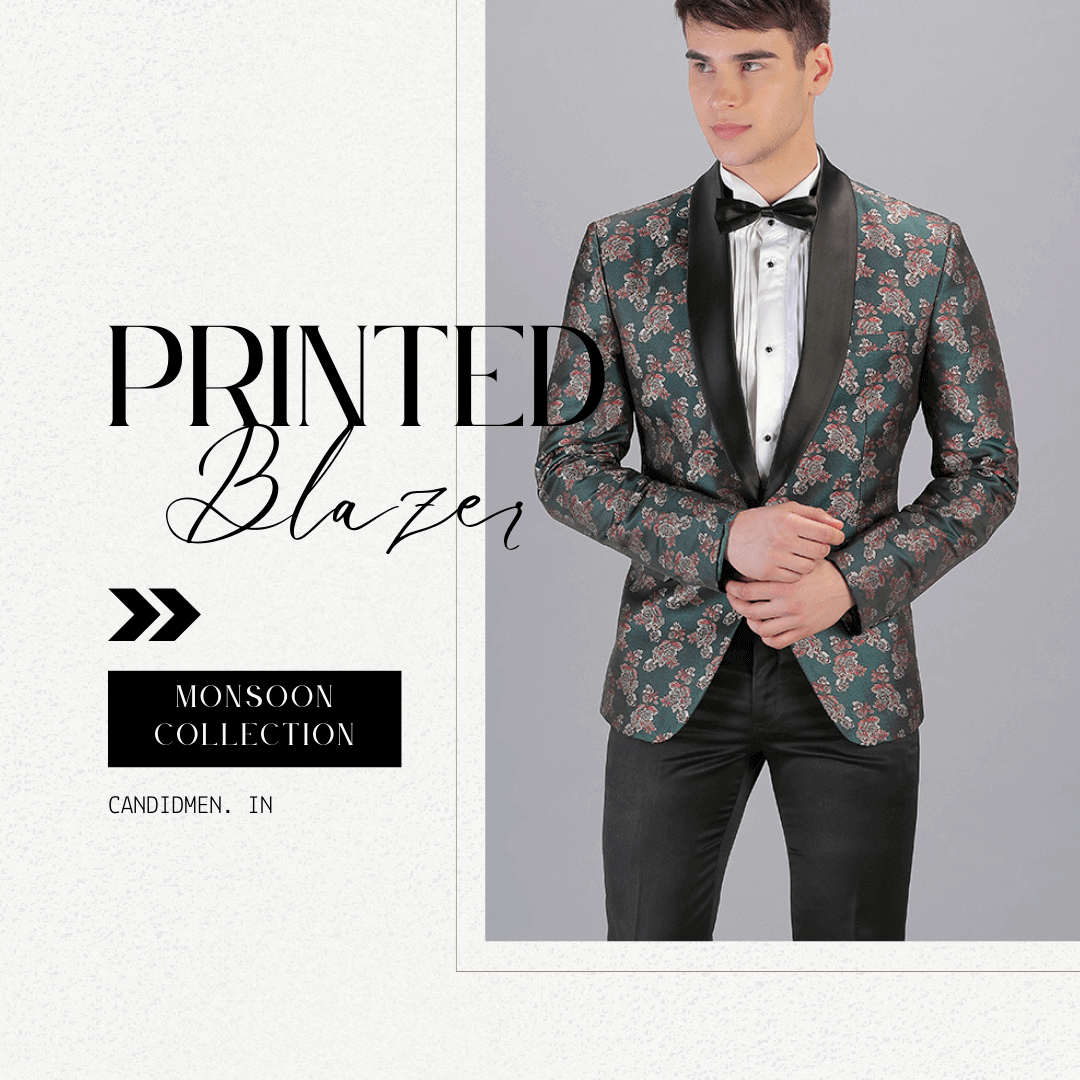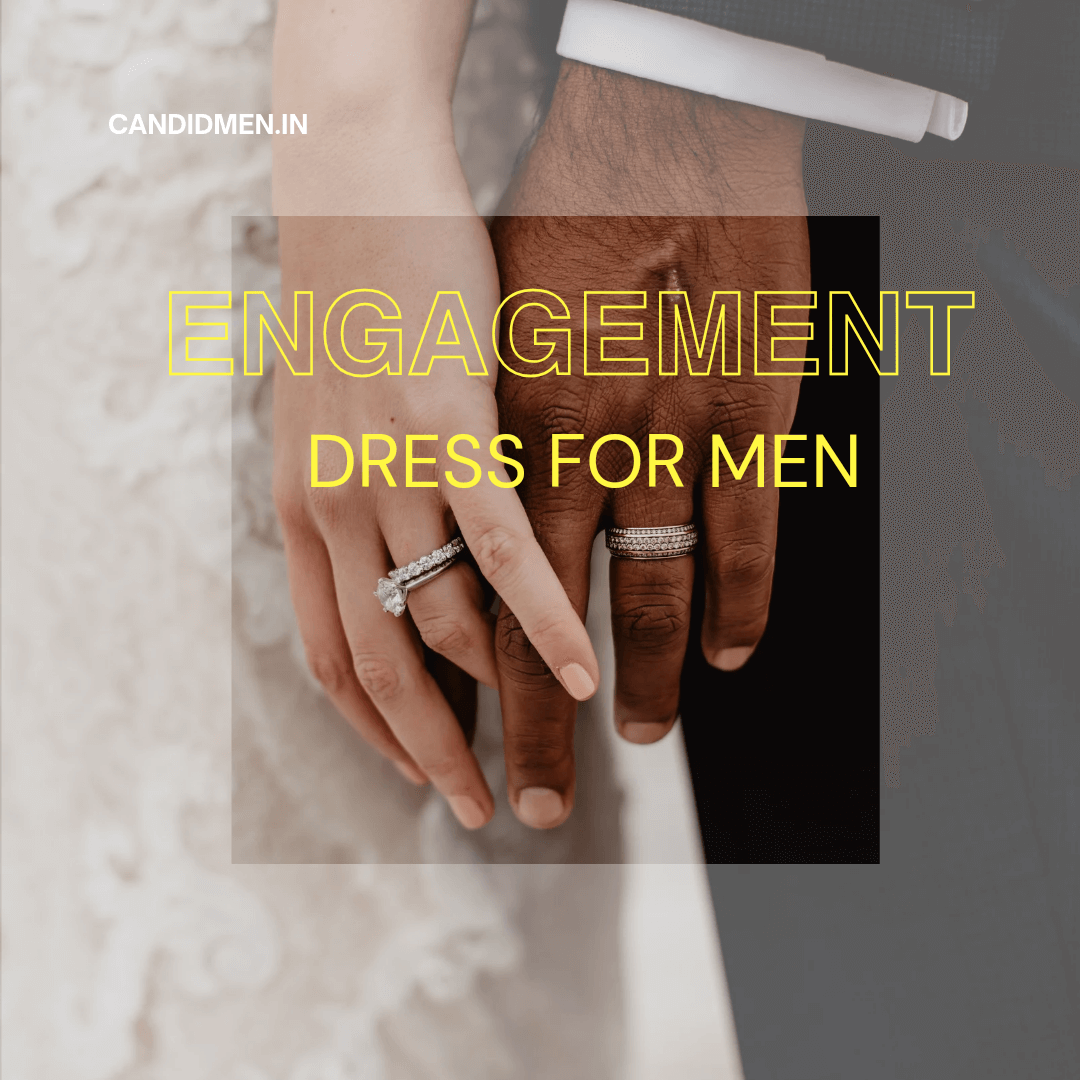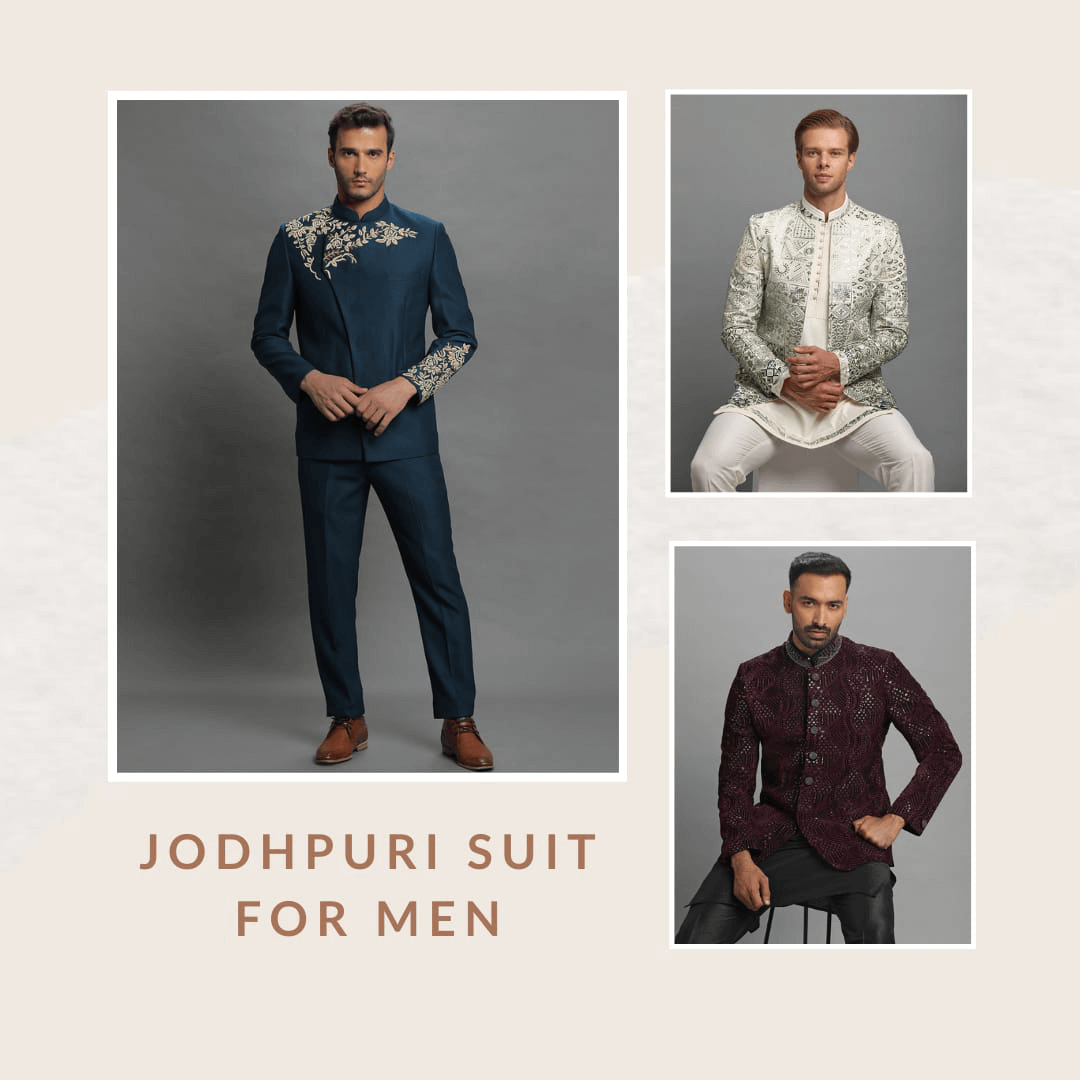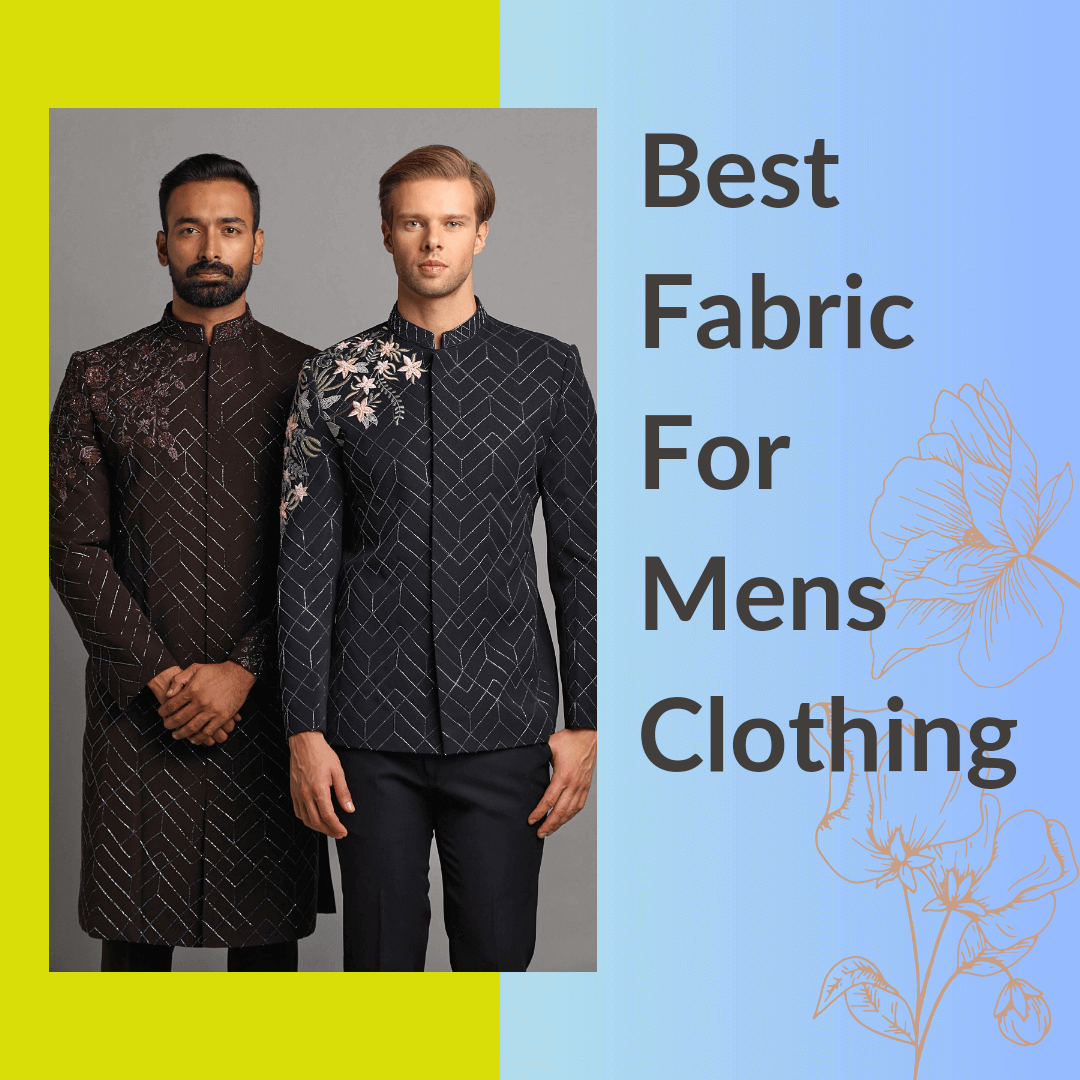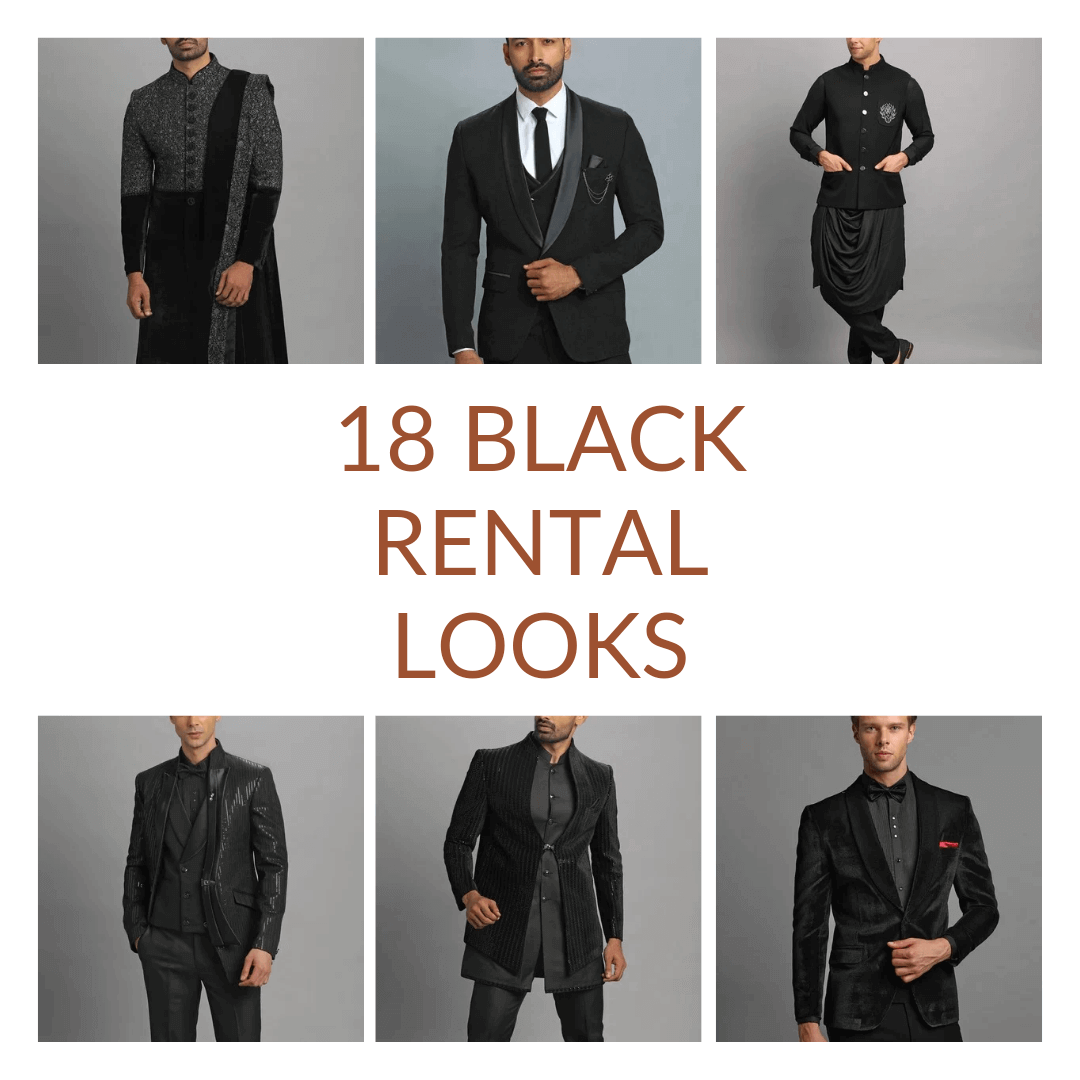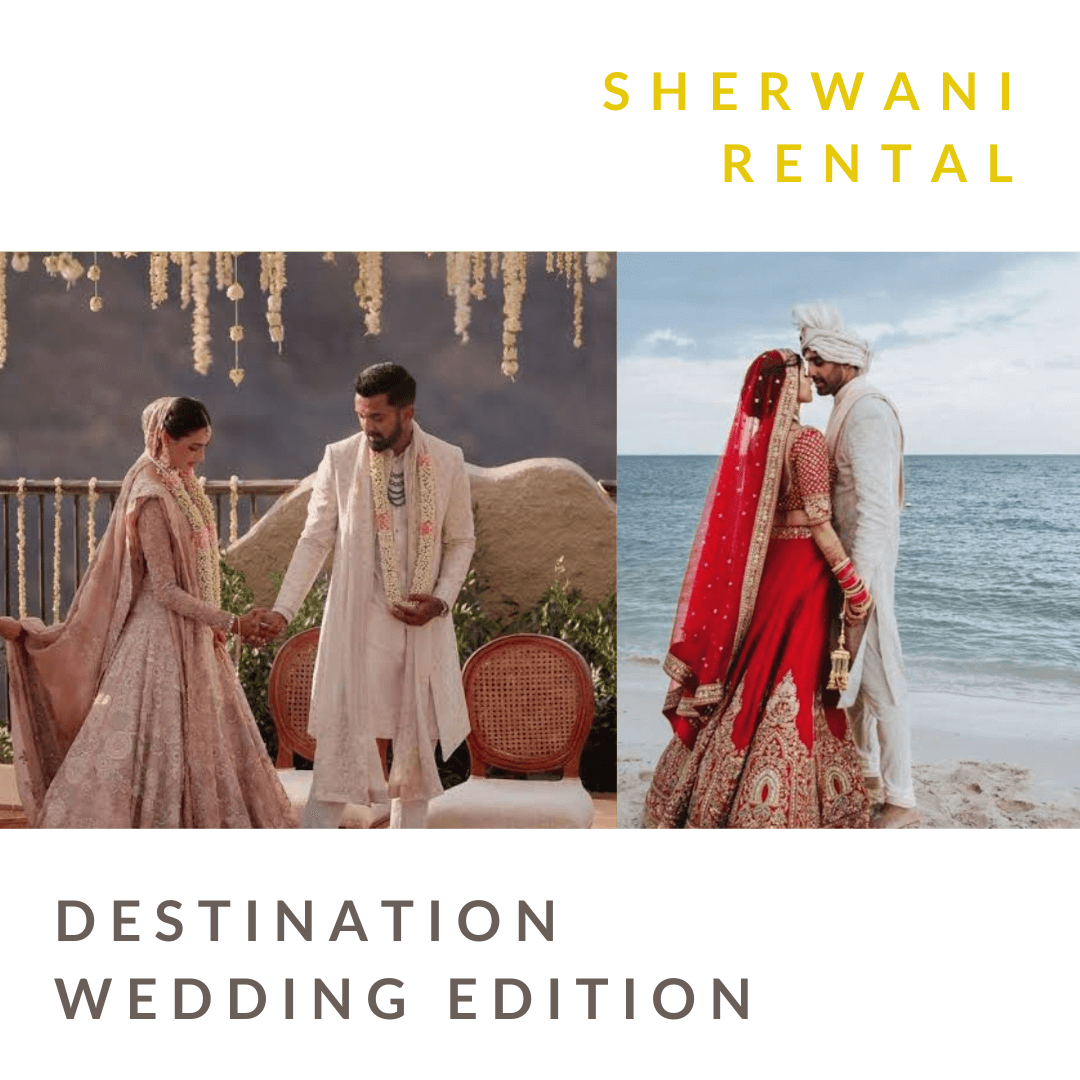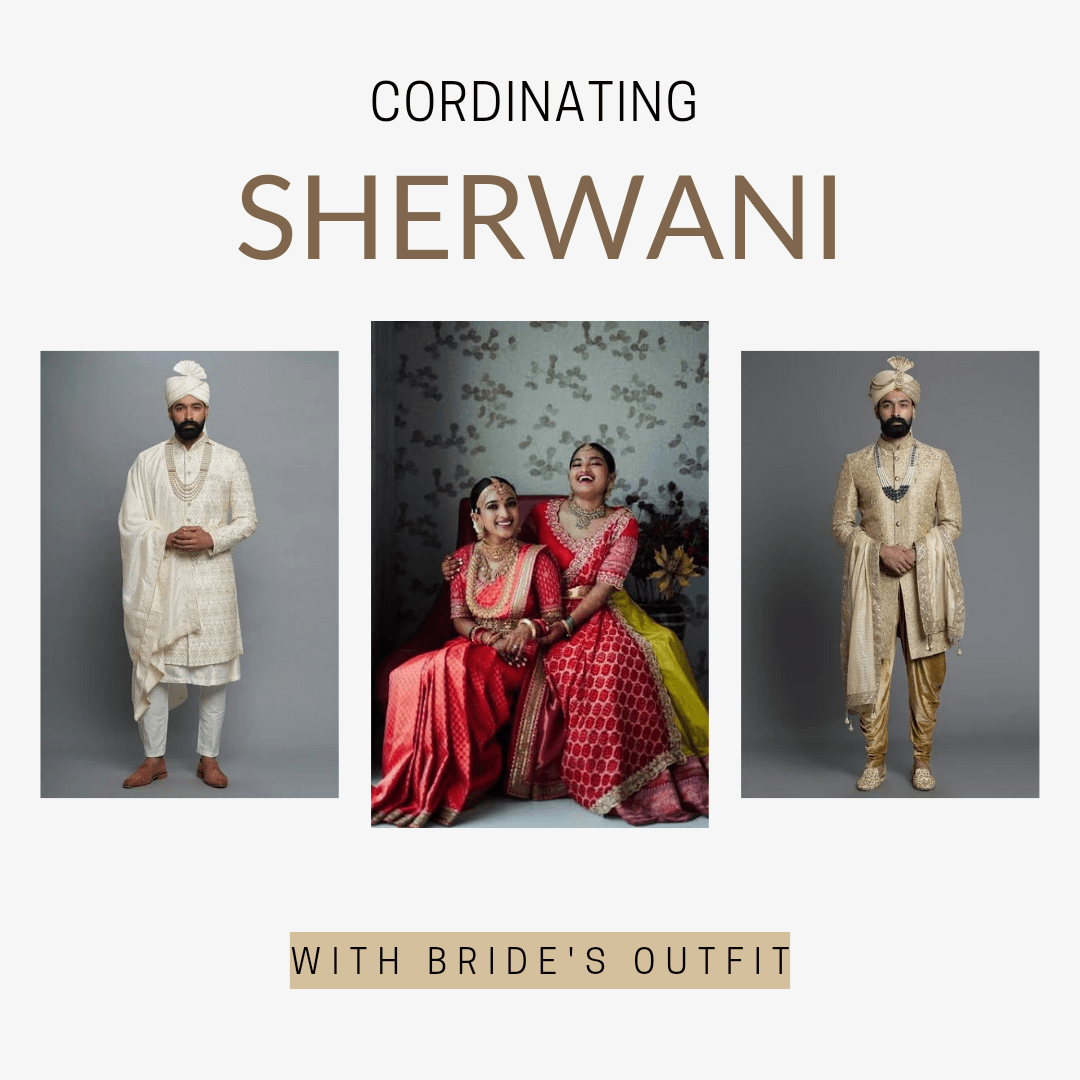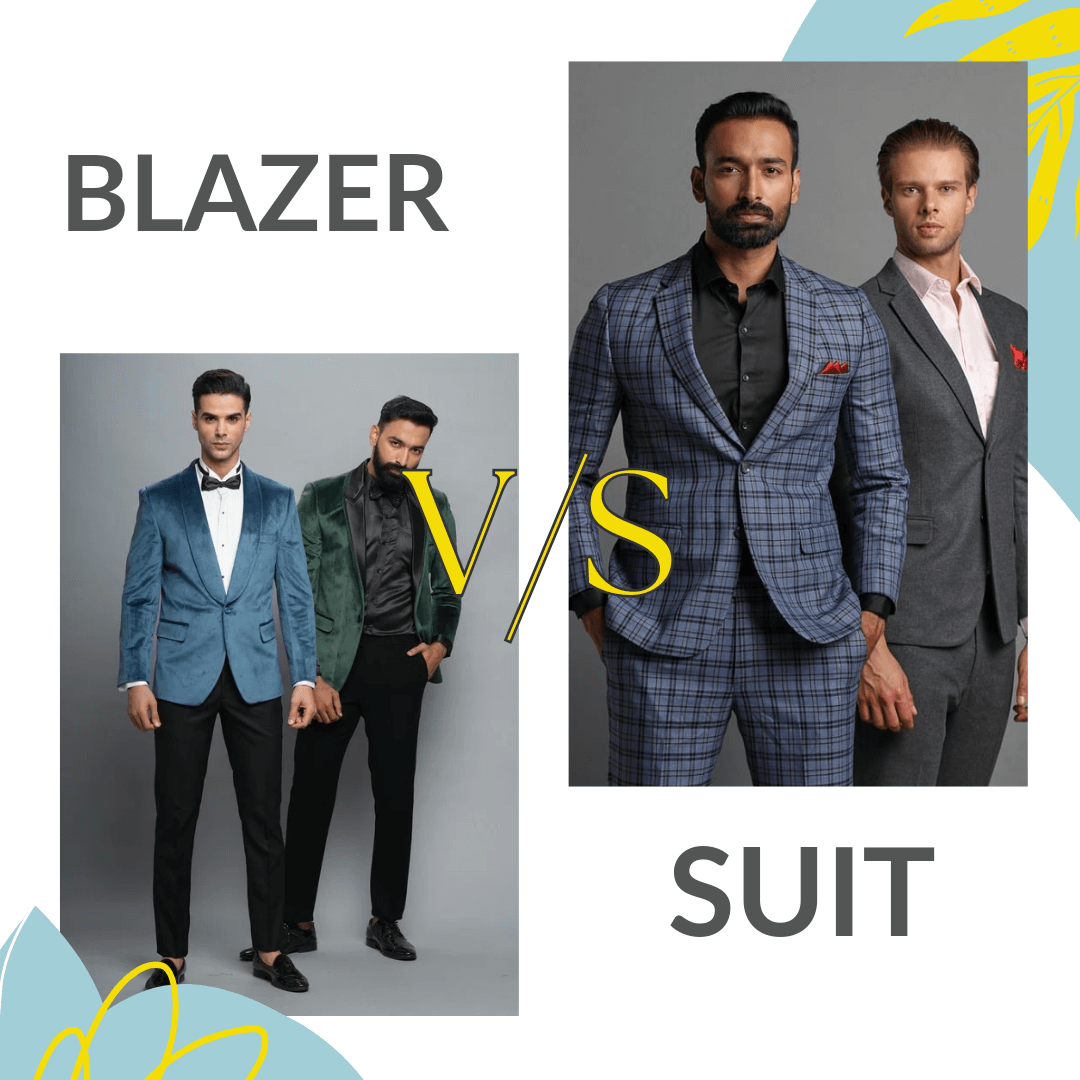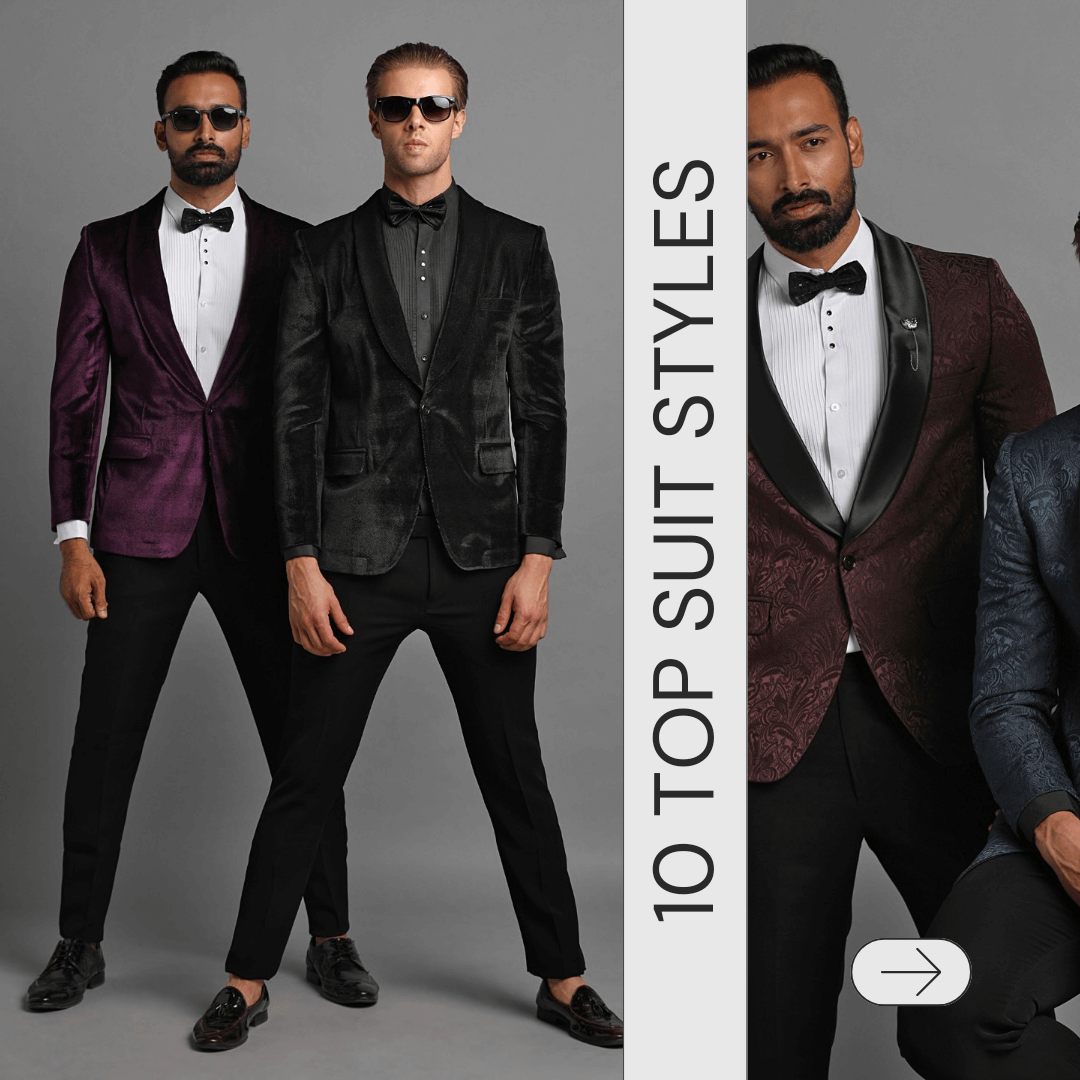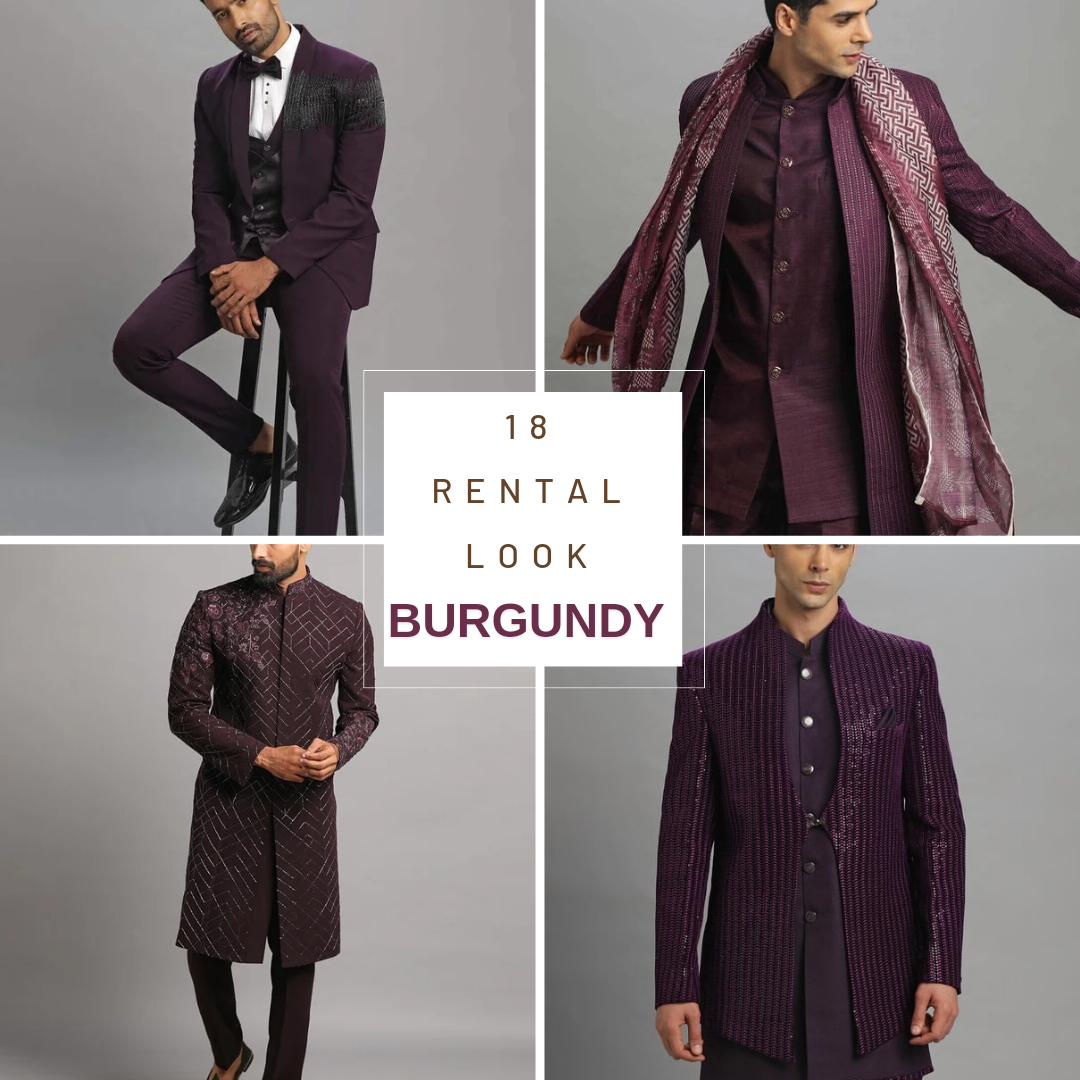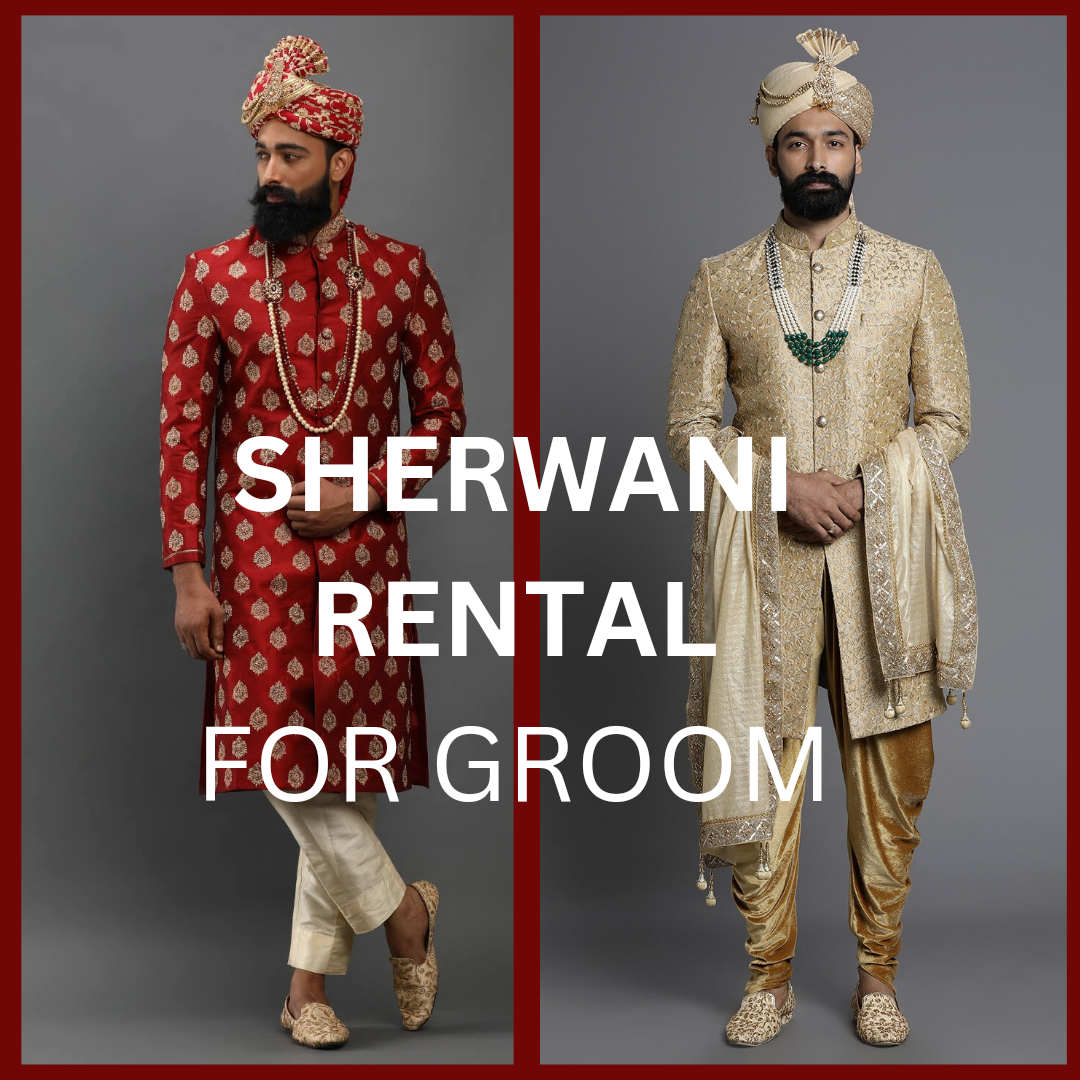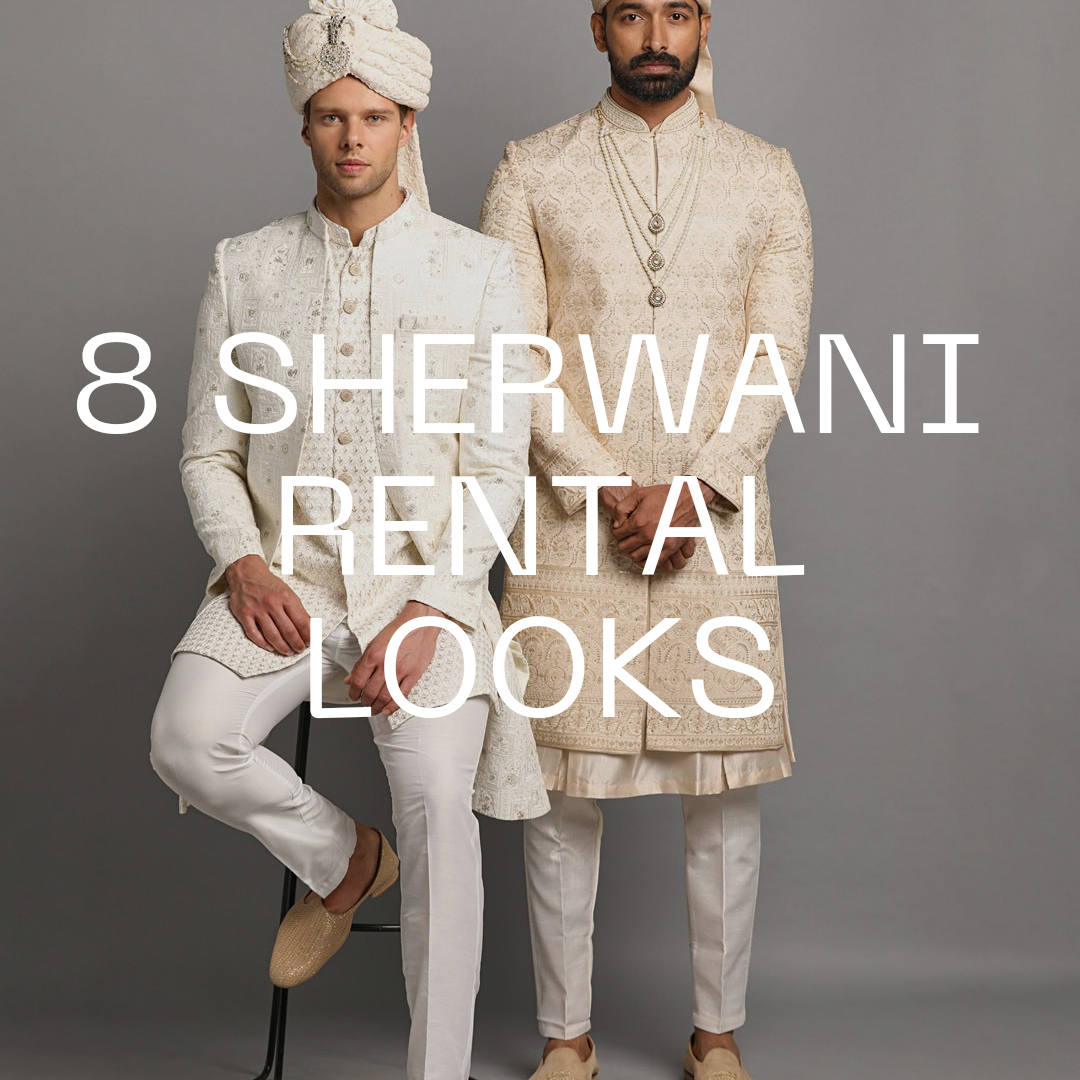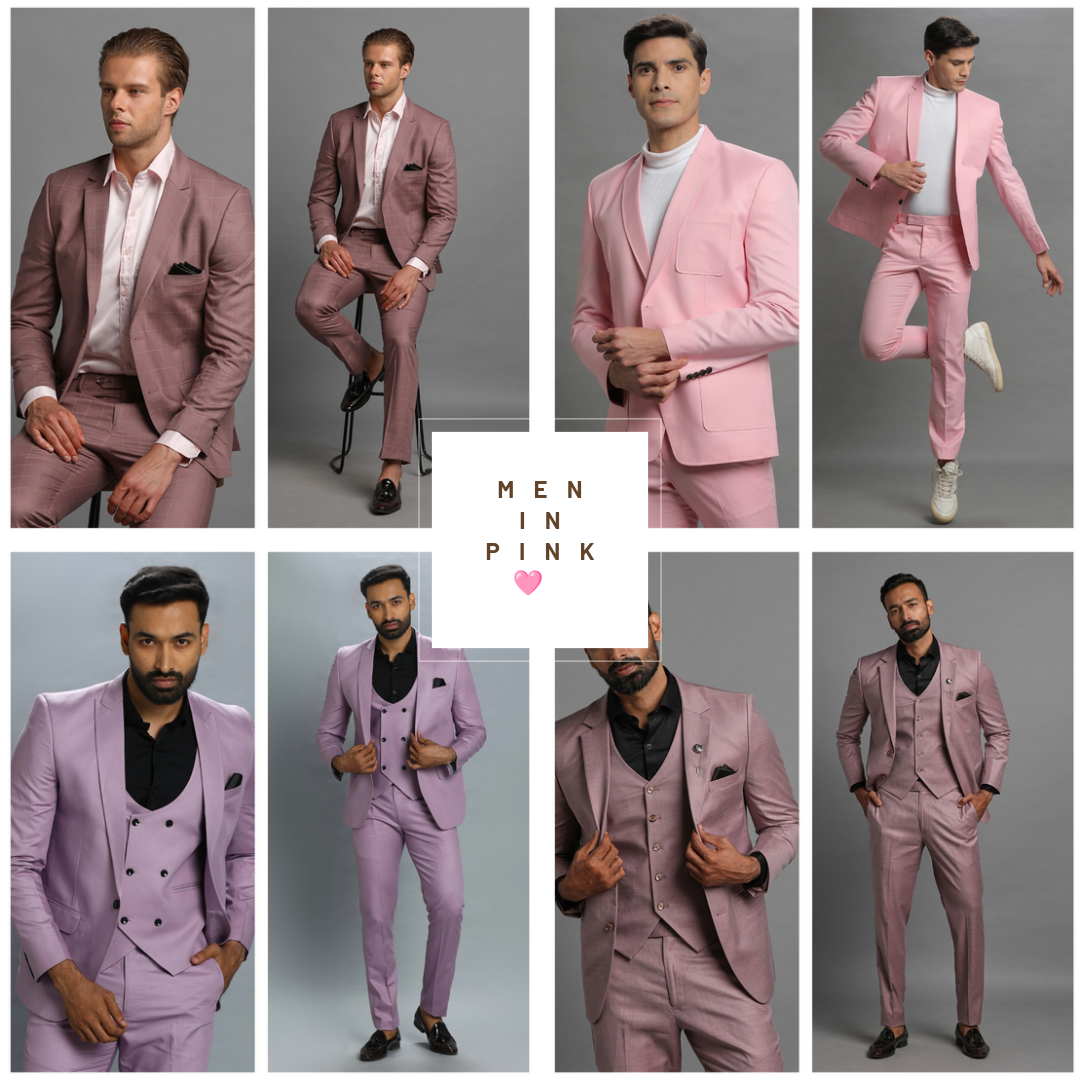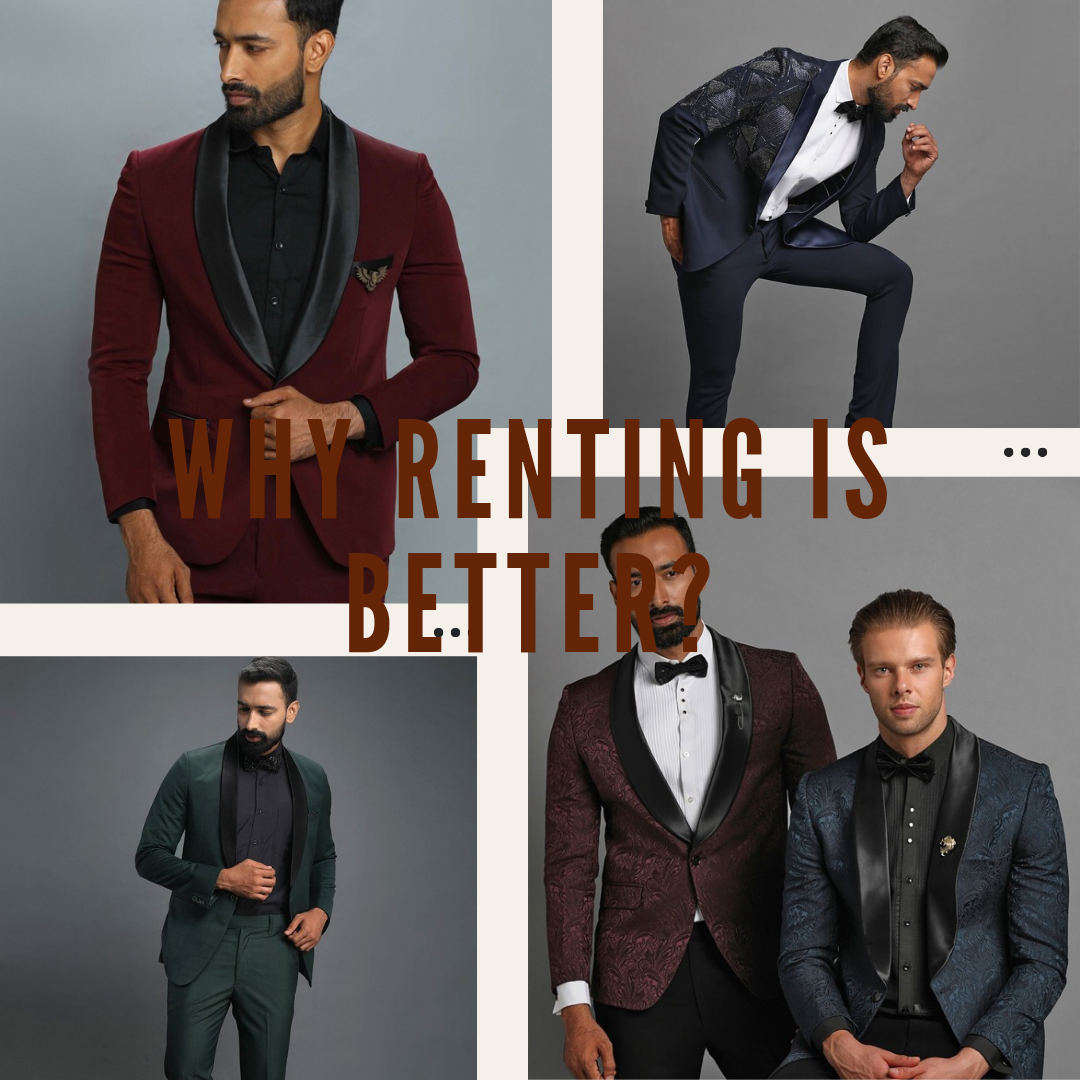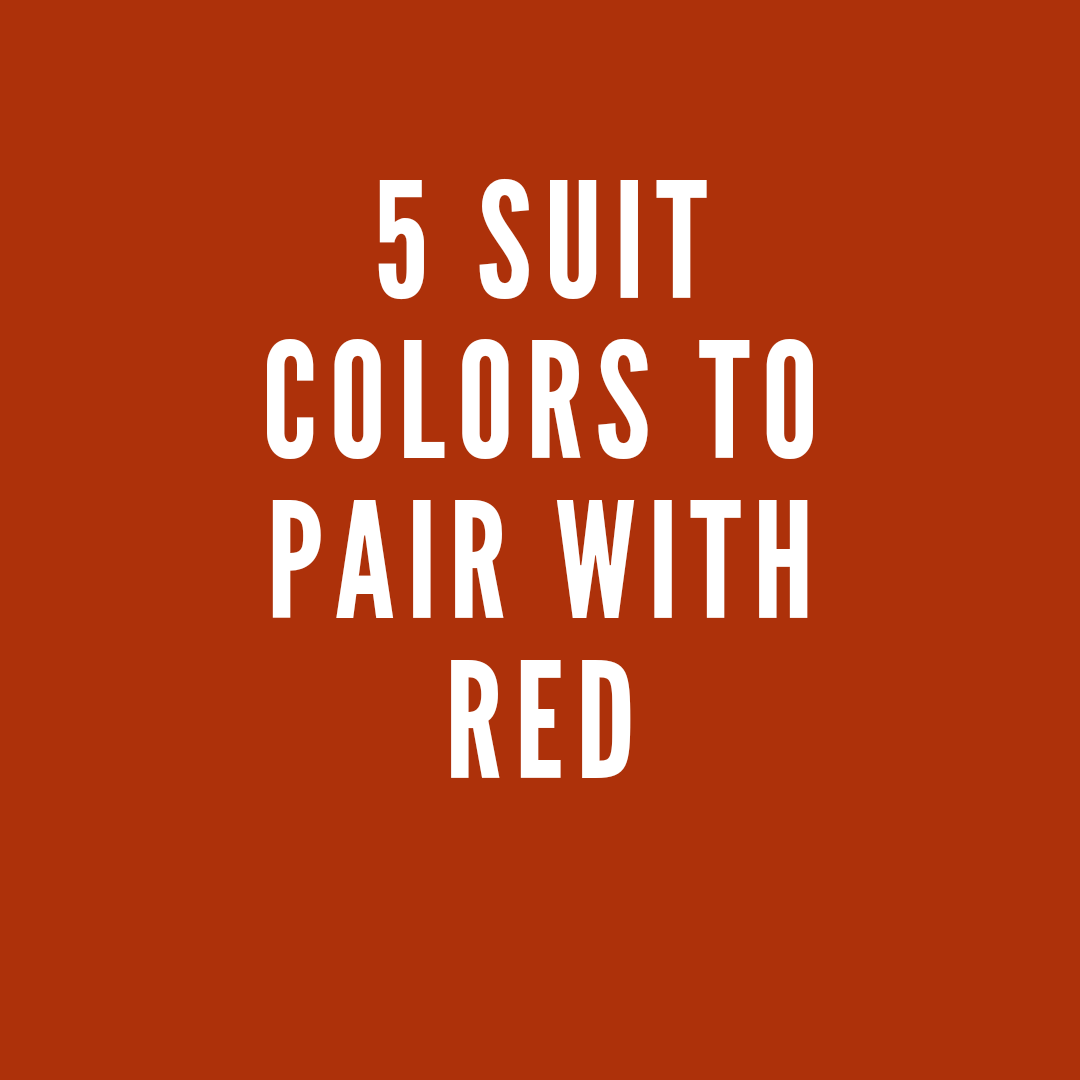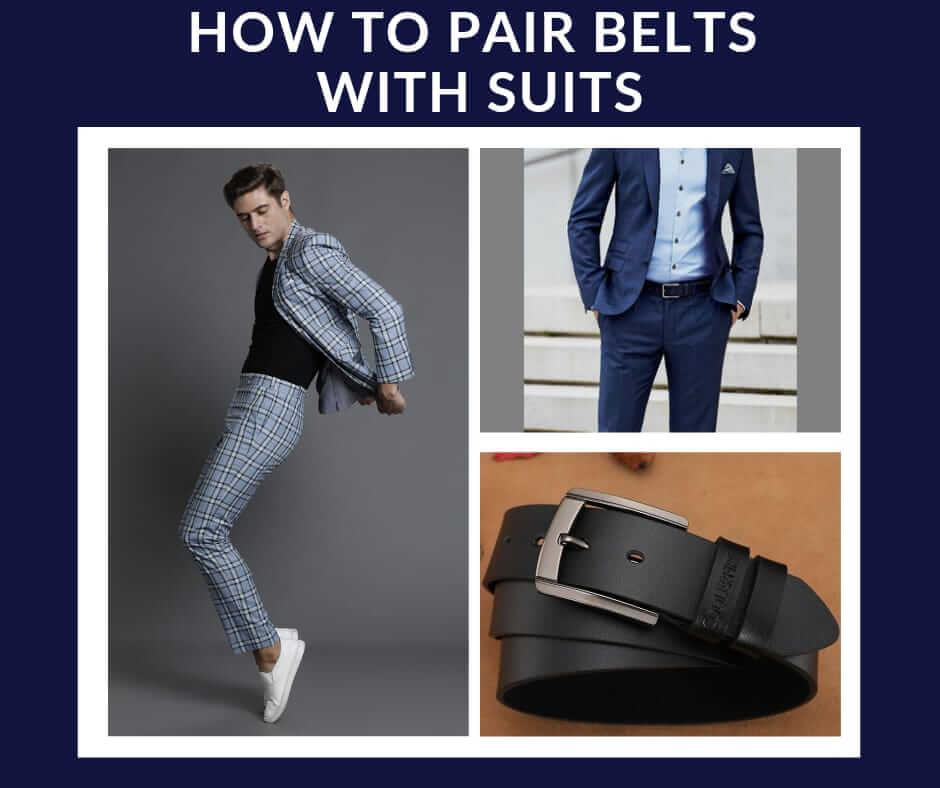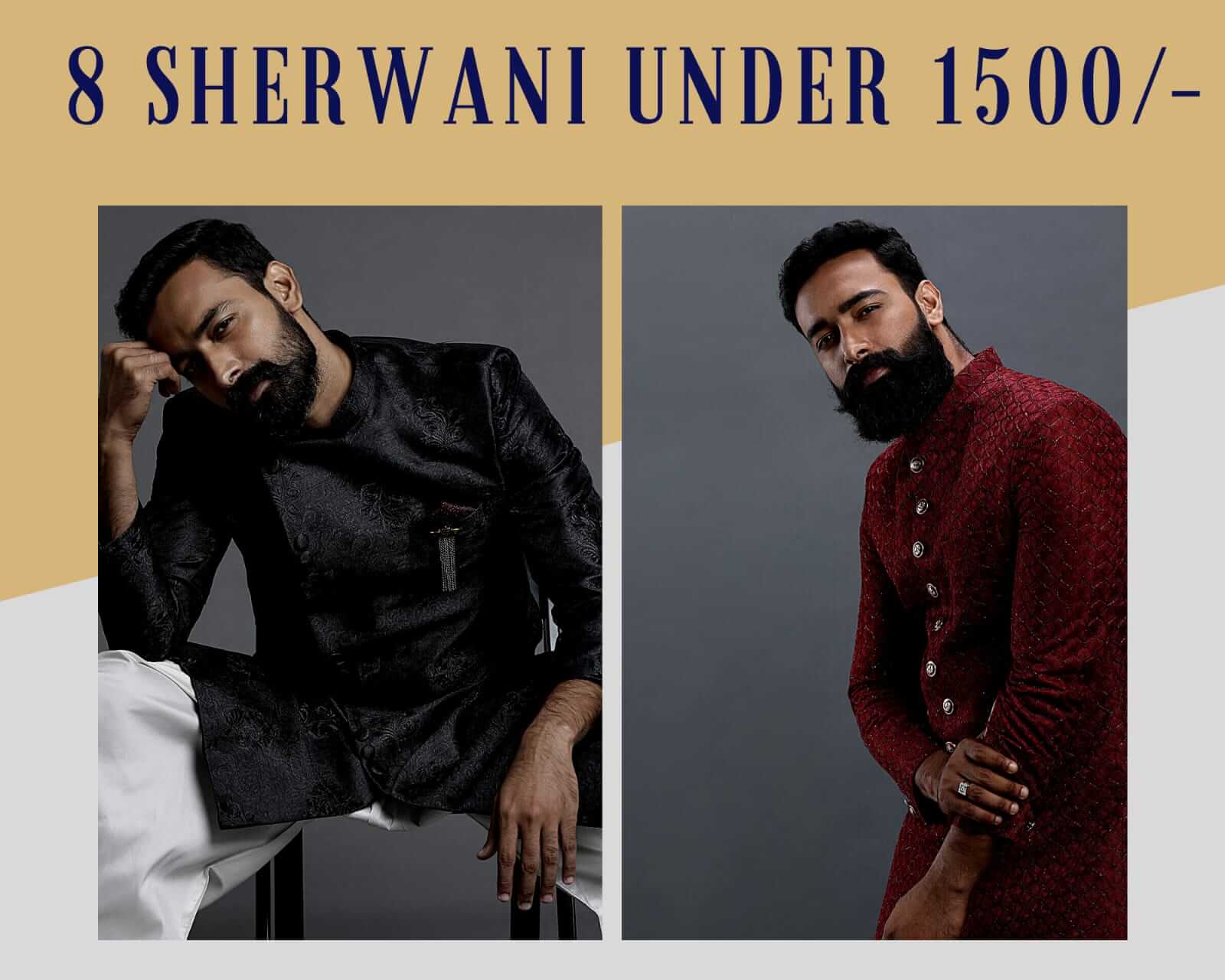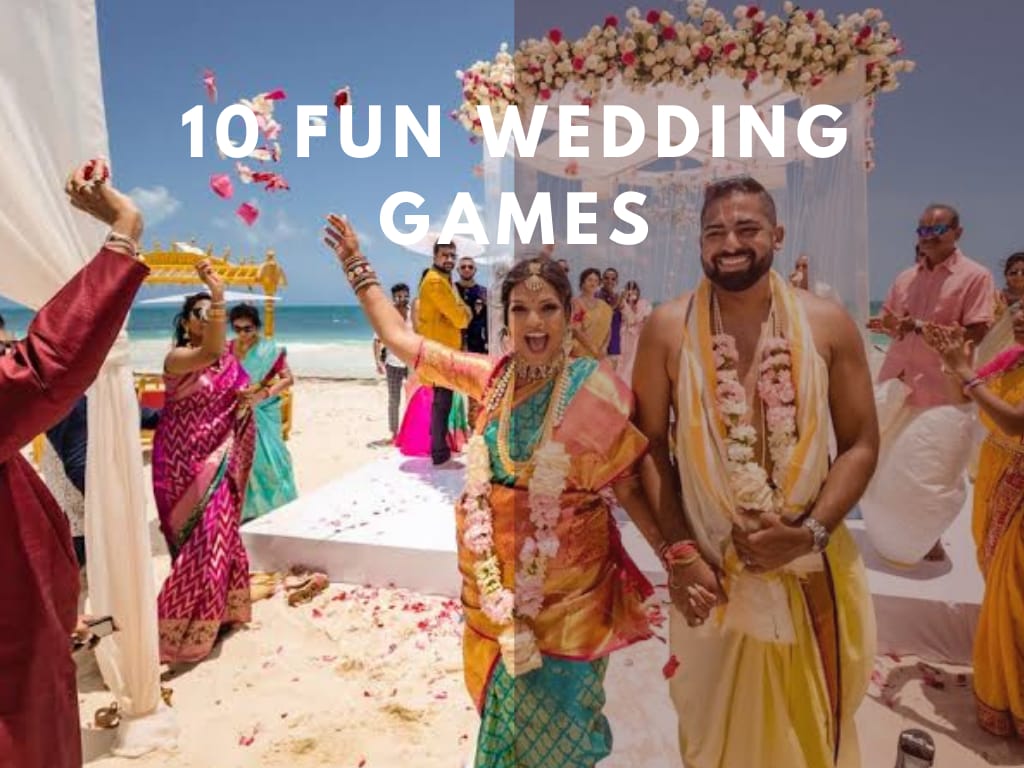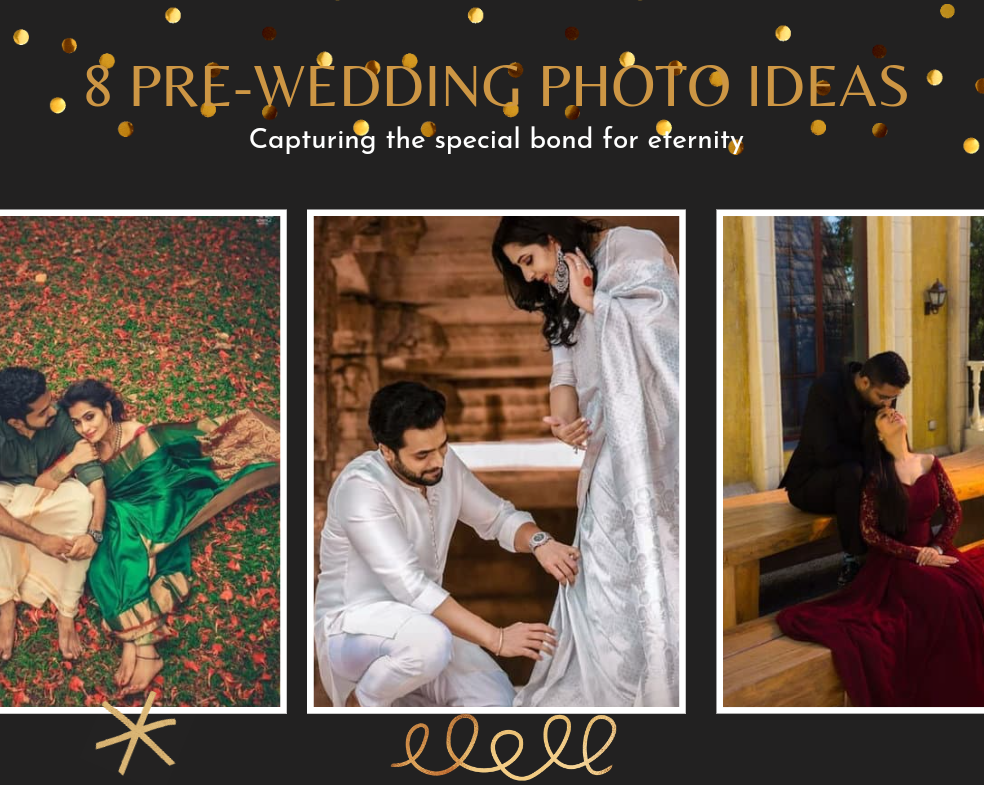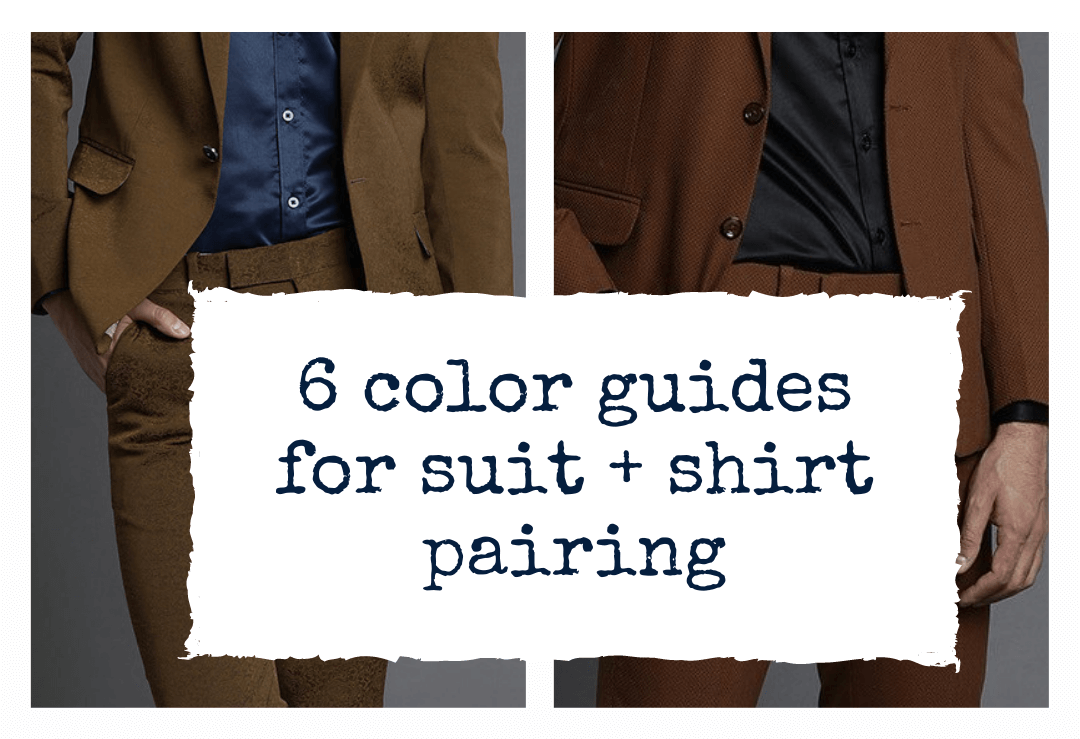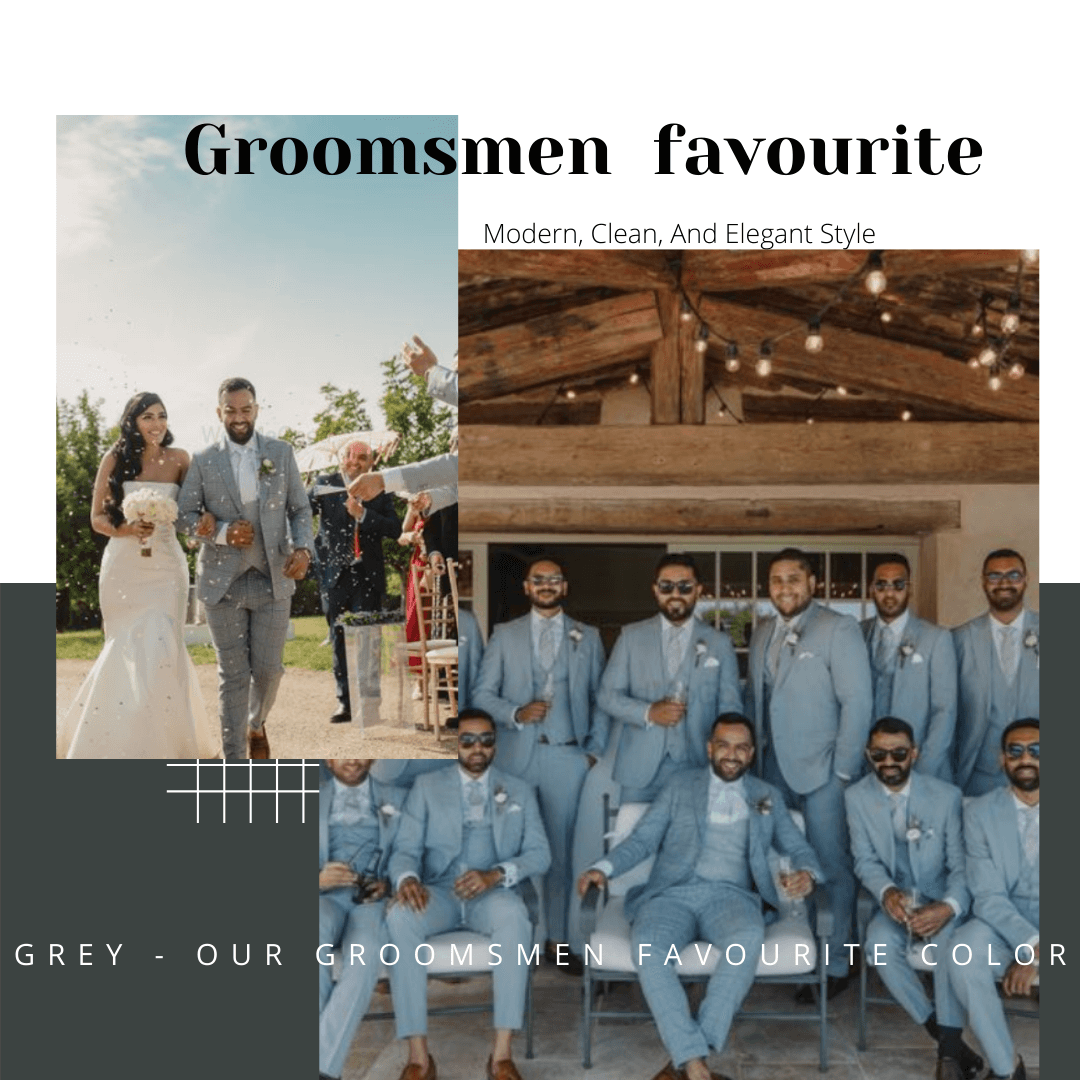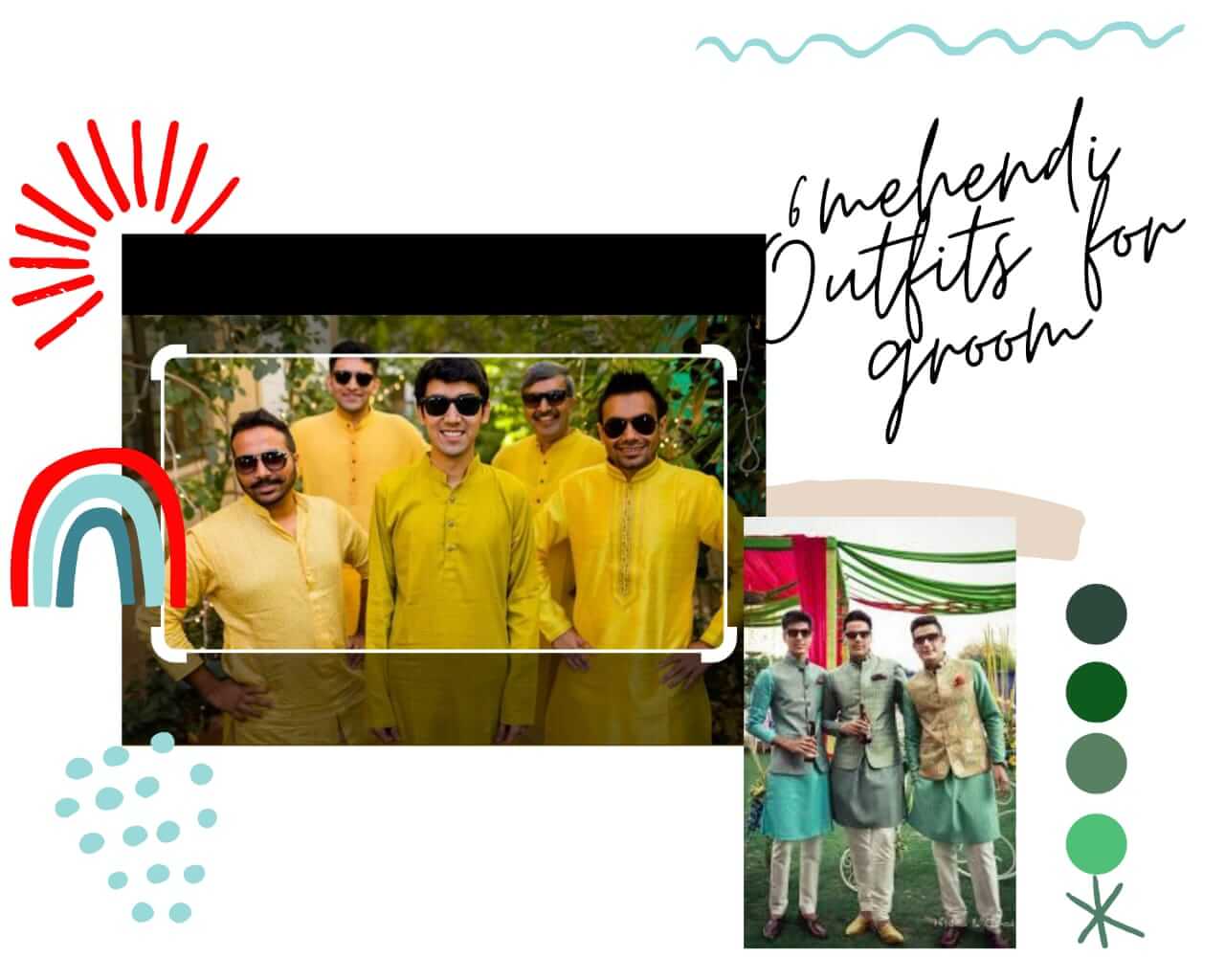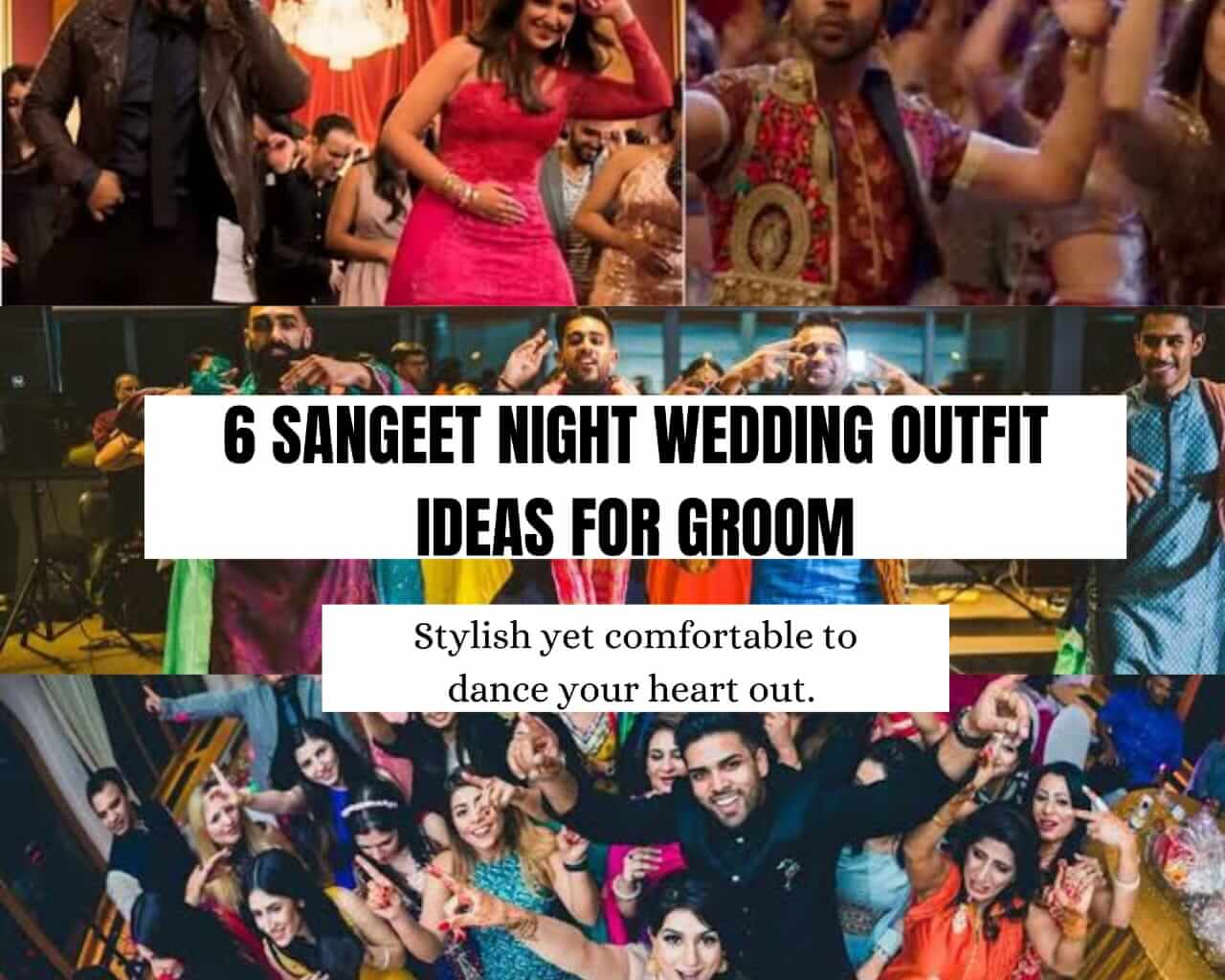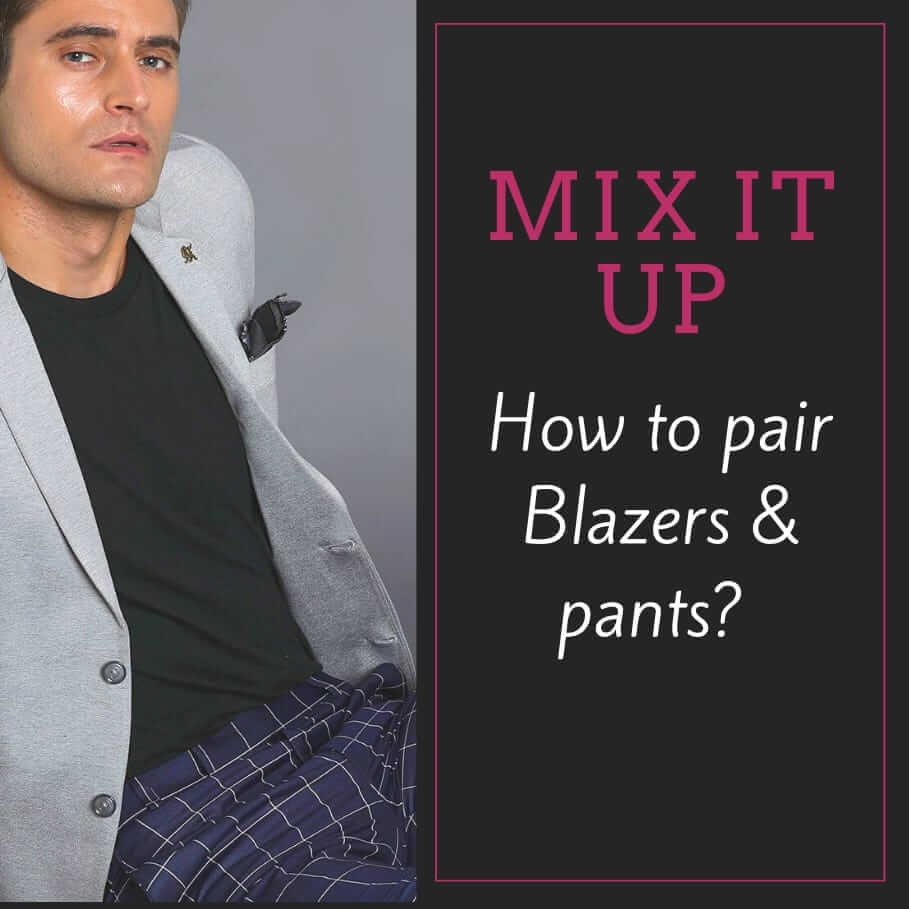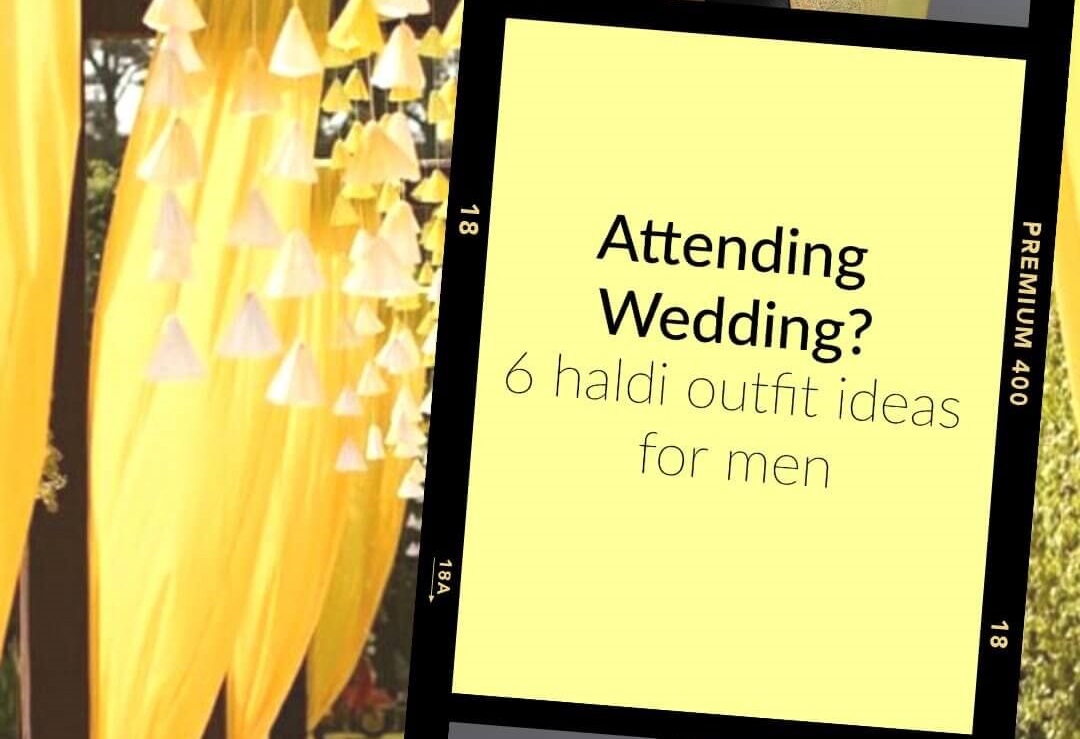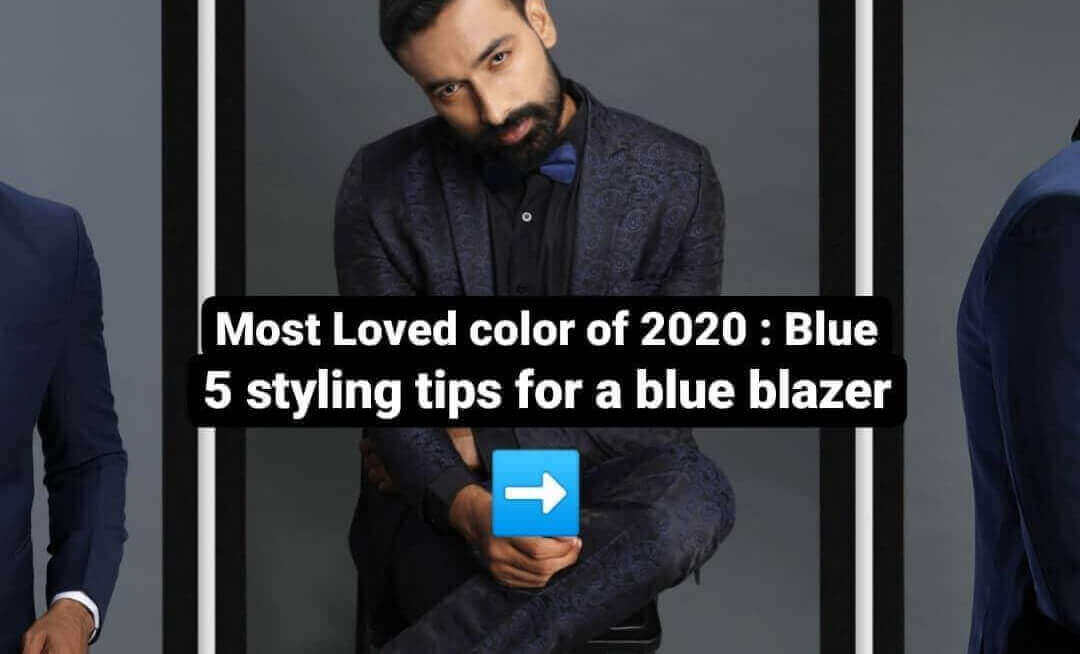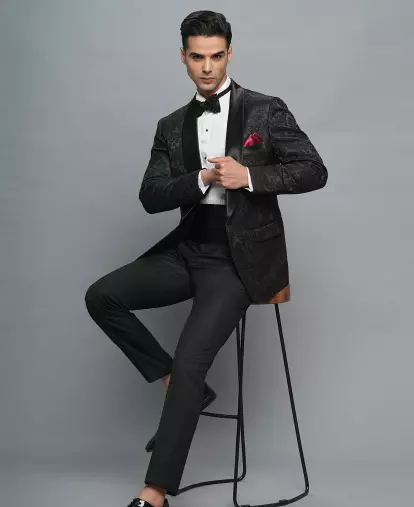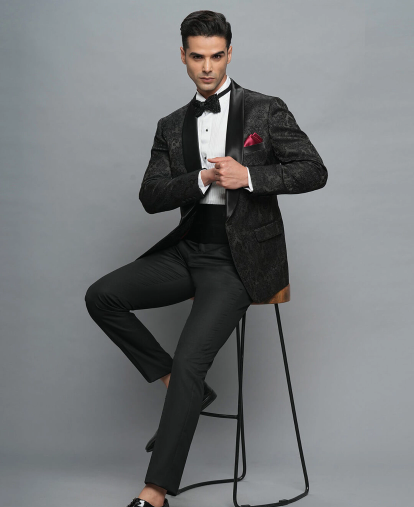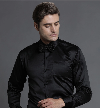 Back
Back

Your Guide to Understanding Indian Groomswear Terminology" (Achkan, Bandhgala, Sherwani, etc.)
In Indian weddings, the groom's outfit is as essential and ornate as the bride's. Indian grooms wear various traditional clothing with individual histories, styles, and cultural relevance. With superb embroidery and luxurious fabrics, these ensembles create a story and help the groom present himself regal on his big day. Whether you are getting married, visiting a wedding, or are simply curious, knowing the terminology used in Indian grooms wear will help you value the richness of Indian fashion. Let's look at a few of the most popular looks, including Achkan, Bandhgala, and Sherwani.
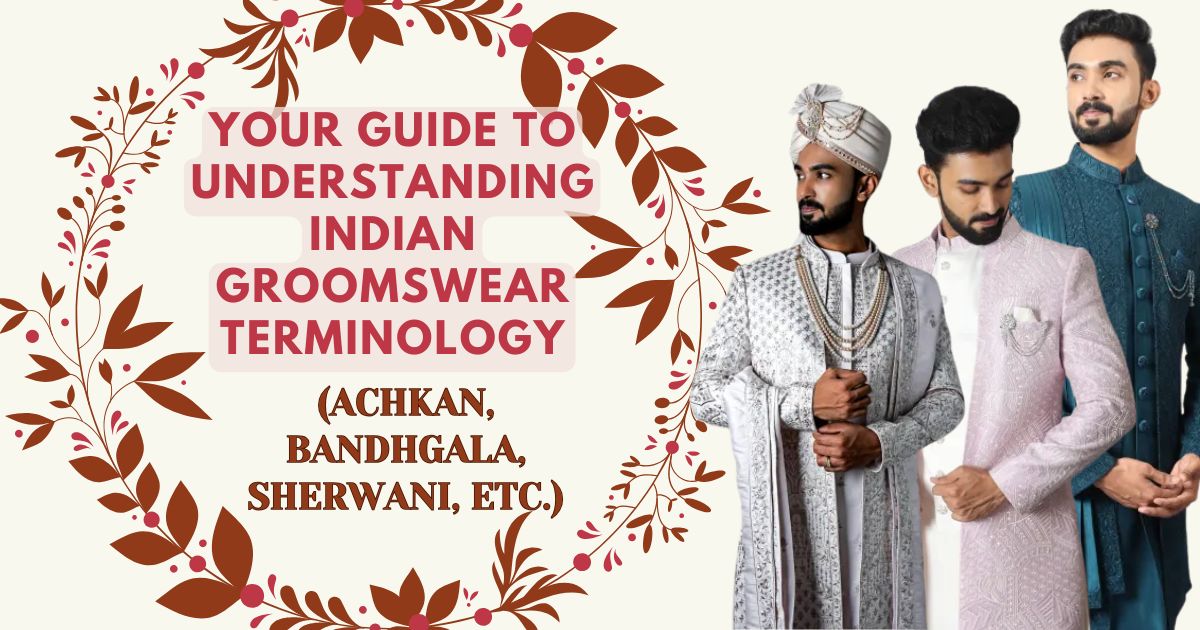
What Are Sherwanis, Bandhgalas, and Achkans?
Wearing trousers over a kurta, an Achkan is a knee-length jacket. It is usually made of light materials like cotton or silk and boasts a button front opening. The Achkan is more appropriate than other traditional attire; the collar and sleeves usually have beautiful embroidery. Originating in the Mughal courts, this clothing blends Persian and Indian influences.
For example, grooms usually choose the Achkan in engagement ceremonies for less traditional formal wedding celebrations. Its elegant design and cosy fit make this an excellent choice for men who want a royal but modern look.
Sometimes called the Jodhpiri suit, the Bandhgala is a formal Indian outfit that combines Western suit elements with traditional Indian wear. It comes with trousers, a short button jacket, and a closed collar that fits tightly around the neck. Usually built from opulent fabrics like silk, wool, or terry rayon, the Bandhgala is tasteful and appropriately fitting.
Many grooms pick the Bandhgala for cocktail events or festivities since it combines a modern silhouette with timeless charm. The design could be basic or incorporate exquisite brocade or embroidery designs for greater depth. Perfect for males who prefer neat, clean looks is this.
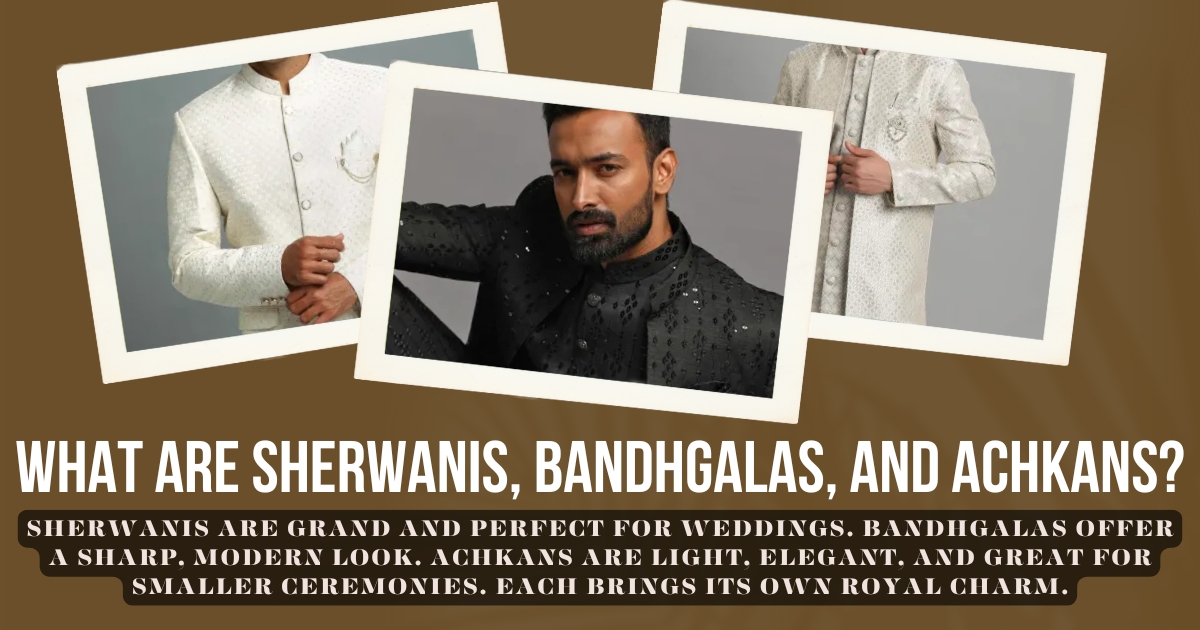
India's most often worn wedding apparel for grooms is the sherwani. Wearing it over a kurta and churidar or salwar makes one seem to have a long coat. Often worn with a stole or dupatta, the sherwani is made from rich materials, including silk, brocade, or velvet, and is highly embroidered.
Originally Mughal, Sherwanis represent grandeur and dignity. For a big wedding, they are perfect. Grooms don a turban, a broach, and classic shoes like juttis or mojris, often accessorising the sherwani. The whole look is fantastic and fits the opulence of Indian weddings.
The combination of Indo-Western
Western and Indian fashion is creatively fused in Indo-Western attire. They mix modern fabrics and cut with traditional elements, including Indian forms and embroidery. Two ideas are a kurta with a fitting jacket or a sherwani with asymmetrical buttons and a modern hemline. Younger consumers interested in this design want something unique from mainstream clothing. Indo-Western clothes have allowed more creative flexibility while providing a sophisticated yet respectful homage to history. With a more relaxed dress code, they are fitting for pre-wedding celebrations or receptions.
Men's most basic but iconic Indian clothing is a kurta pyjama. It is a straight-cut tunic worn over trousers with an elastic waist or drawstring. Regular kurtas are cotton or linen; wedding kurtas are made of silk, jacquard, or brocade with exquisite embroidery.
Grooms usually wear kurta pyjamas for informal ceremonies such as Haldi or Mehendi festivities. Wearing it is comfortable and straightforward, and you might accessorise it with a dupatta or Nehru jacket. The simplicity of the kurta pyjama qualifies it as a versatile choice for many wedding events.
The Pathani suit is a strong and eye-catching garment in Afghanistan and Pakistan. It includes side slits on a long kurti and loose-fitting salwar pants. Usually, it has a front button placket and a shirt-like collar. Traditionally worn in darker colours like deep maroon, navy, or black, the Pathani suit is simple but elegant. Groomsmen or groomsmen for Mehendi or other family gatherings could choose the Pathani attire. Its flexible fit and strong presence make it perfect for everyone who wants to keep a pleasant yet commanding presence.
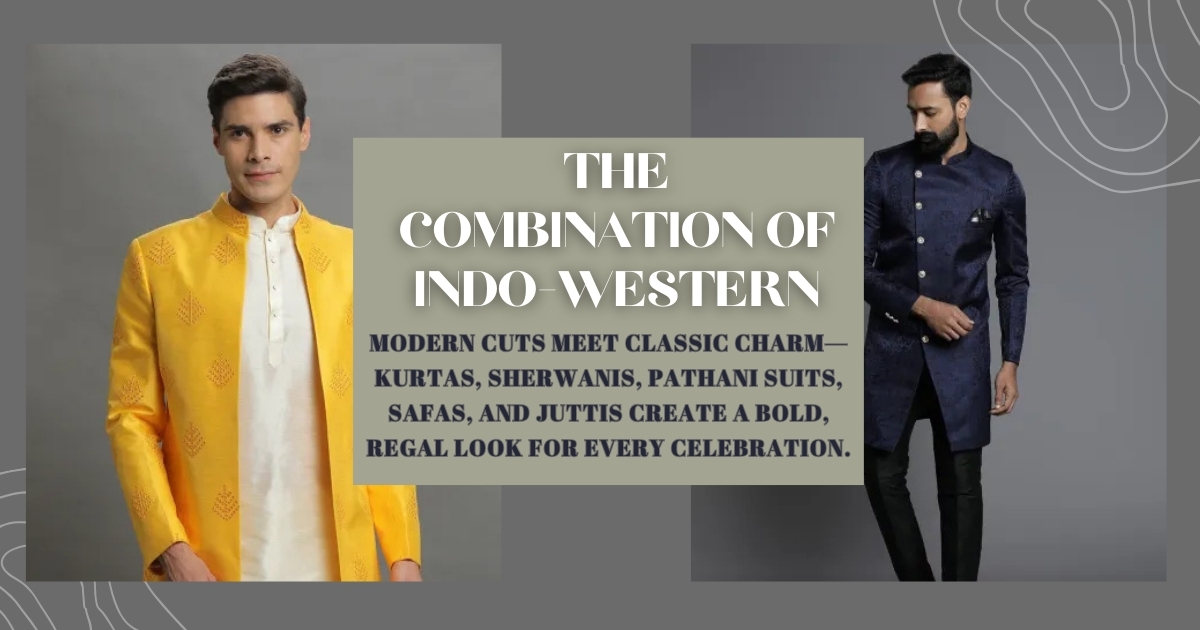
Without a turban, sometimes called a safa, no classic Indian grooming outfit is complete. These headdresses honour and pride. Although region affects turban designs, they all give the groom's outfit a royal impression. Made of silk or cotton, turbans have a range of brilliant colours and often have feather pins or brooches. Apart from enhancing his look, wearing a safa connects the groom to his background. The bride's family in North India often performs a turban-tying ceremony before the wedding.
A dupatta or stole is a long scarf draped over the shoulder by grooms dressed in kurtas, sherwanis, or Achkans. It lends the whole outfit grace, colour, and substance. Comprising net, silk, or brocade, wedding dupattas sometimes feature tassels or complex embroidery. A groom's draping of his dupatta can drastically change the whole look of his outfit. While some would rather hang it from one, others would like to wrap it across both shoulders. This simple yet powerful piece of jewellery ties the complete outfit together.
Usually, Indian men combine their wedding clothes with traditional shoes like mojari or jutti. Hand and feature sequins, beading, or embroidery make these leather shoes. Whereas those mojaris are curved, juttis have flat toes. They go without socks and accentuate the outfit in colour and intricacy. Though they are not the most comfortable for extended usage, they offer the groom's look a classy, traditional touch. Several modern designs have padded soles to make shoes more pleasant to wear all day.
Accessories to Finish the Look
Indian grooms routinely accessorise their clothing with kamarbands, pocket squares, brooches, and mala. Pinning a brooch on the jacket or hat will give the royal touch. Pearl or diamond mala emphasise the ensemble and make it more joyful. While pocket squares offer colour contrast, a kamarbandh adds aesthetic value and maintains the sherwani in place. These little embellishments highlight the groom's style and finish the outfit. Whether you go all out or keep it understated, the right accessories may transform the appearance of an outfit.
Moreover, wrist accessories like vintage timepieces and classic kada are becoming increasingly fashionable. They softly introduce status and culture. To give the classic look a modern touch, several attendees of outdoor daytime weddings sport sunglasses with embellished frames. Some carefully chosen accessories that highlight the dress without overpowering it are bold rings, embroidered handkerchiefs, and beautiful buttons. Every accessory accentuates the groom's style and respects historical wedding customs.
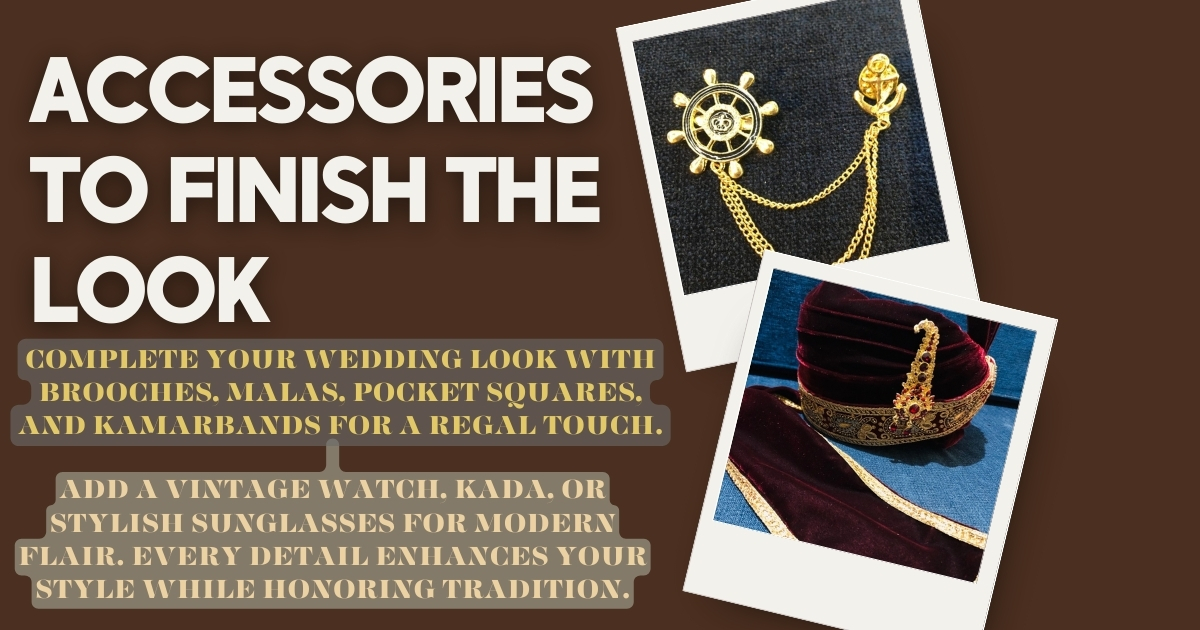
Every wedding celebration has its theme and ambience. For the sangeet or cocktail, a Bandhgala or Indo-Western outfit would be suitable; nevertheless, for the main wedding ceremony, a heavy Sherwani or Achkan is necessary. A Pathani suit or kurta pyjama is excellent for casual parties. When choosing your clothes, consider the location, event theme, weather, and comfort. Especially regarding colour and style, matching your clothes to your wife's is essential. Coordinated clothing accentuates your wedding photos' beauty and memorability.
Candidmen simplify Indian groom's wear with key terms like Achkan, a knee-length coat; Bandhgala, a closed-neck jacket; and sherwani, a regal long coat for weddings. These styles blend royal elegance with cultural heritage. With premium quality rental clothes for men online, Candidmen makes it easy to rent wedding Dresses in top styles without high costs. Understand the look, pick your fit, and celebrate tradition with confidence and class.
Conclusion
Indian groom's clothing is sophisticated, varied, and deeply ingrained in tradition. Every outfit has appeal and meaning, from the aristocratic sherwani to the simple kurta pyjama. Knowing these trends helps grooms to make informed judgements and feel good about their traditional attire. Weddings are once-in-a-lifetime events; hence, dressing correctly improves your look and adds value to your particular day.
